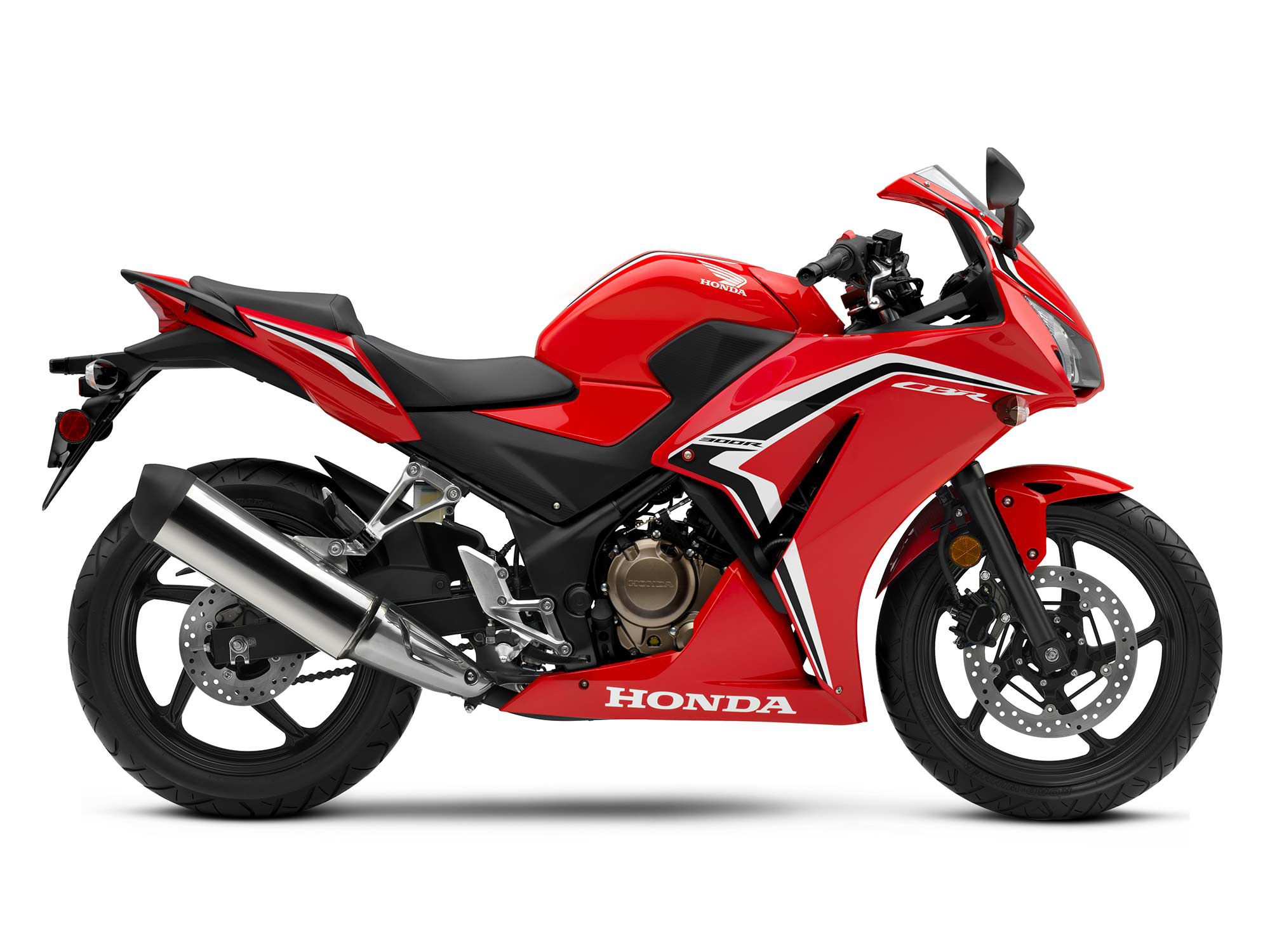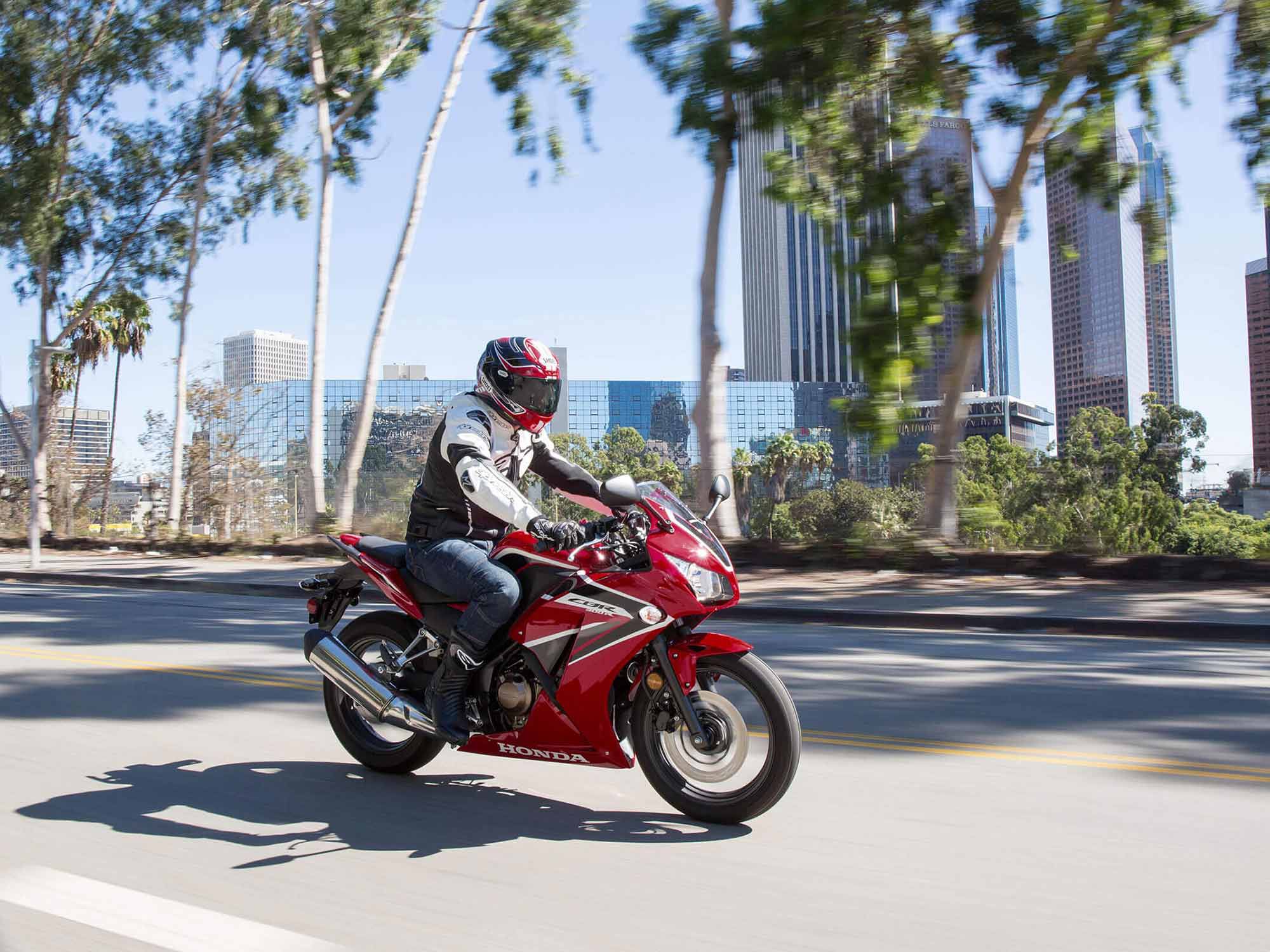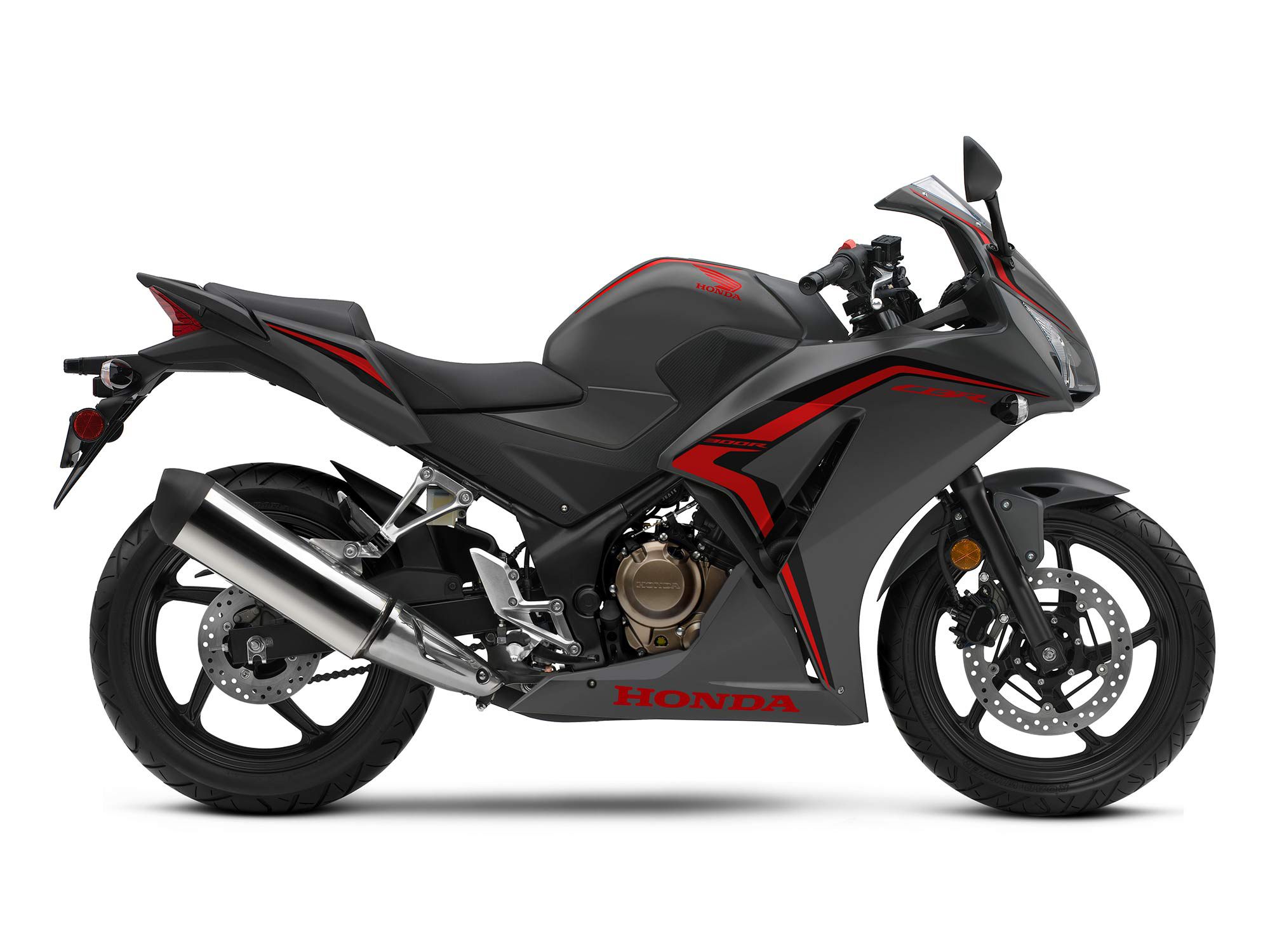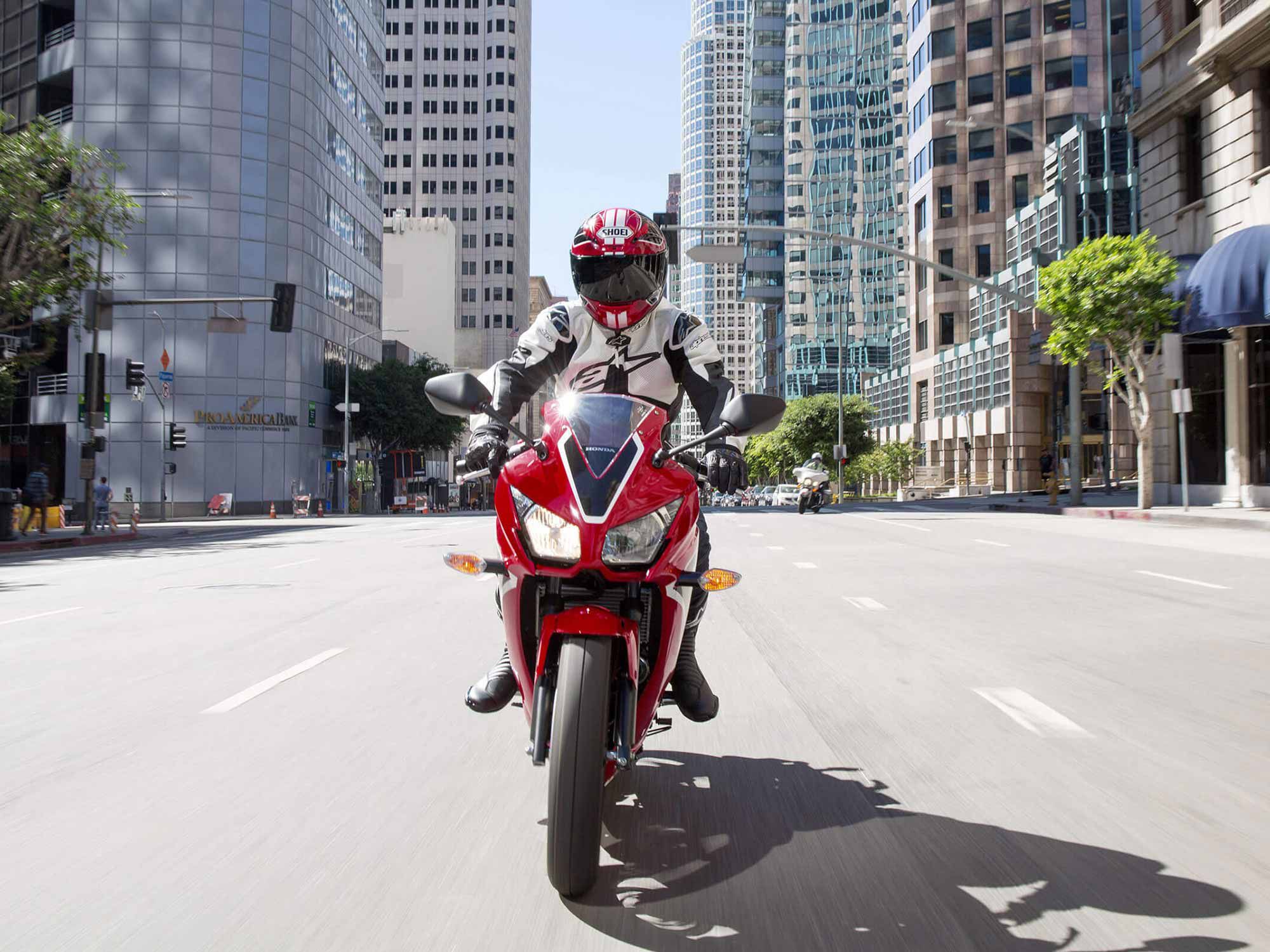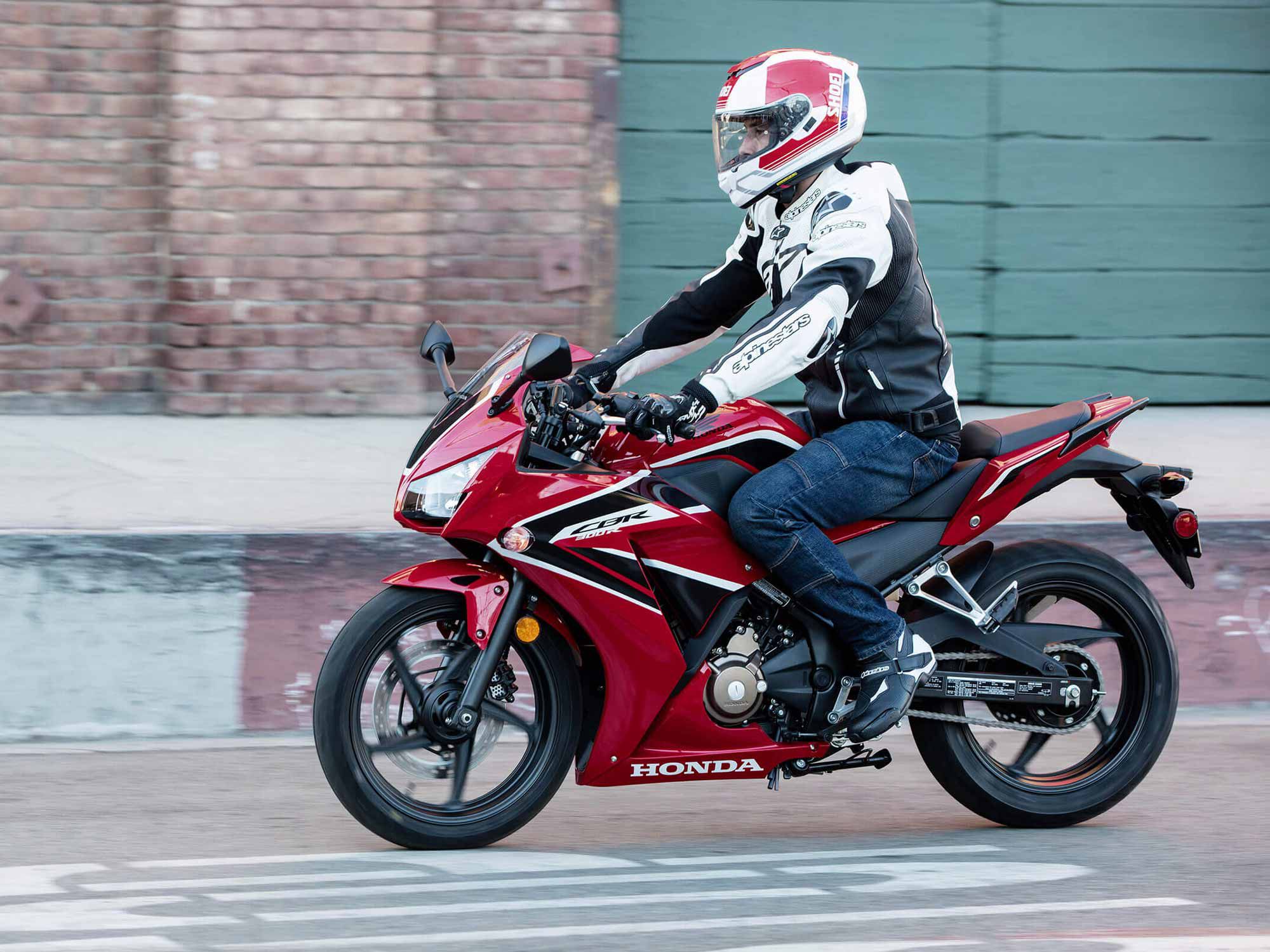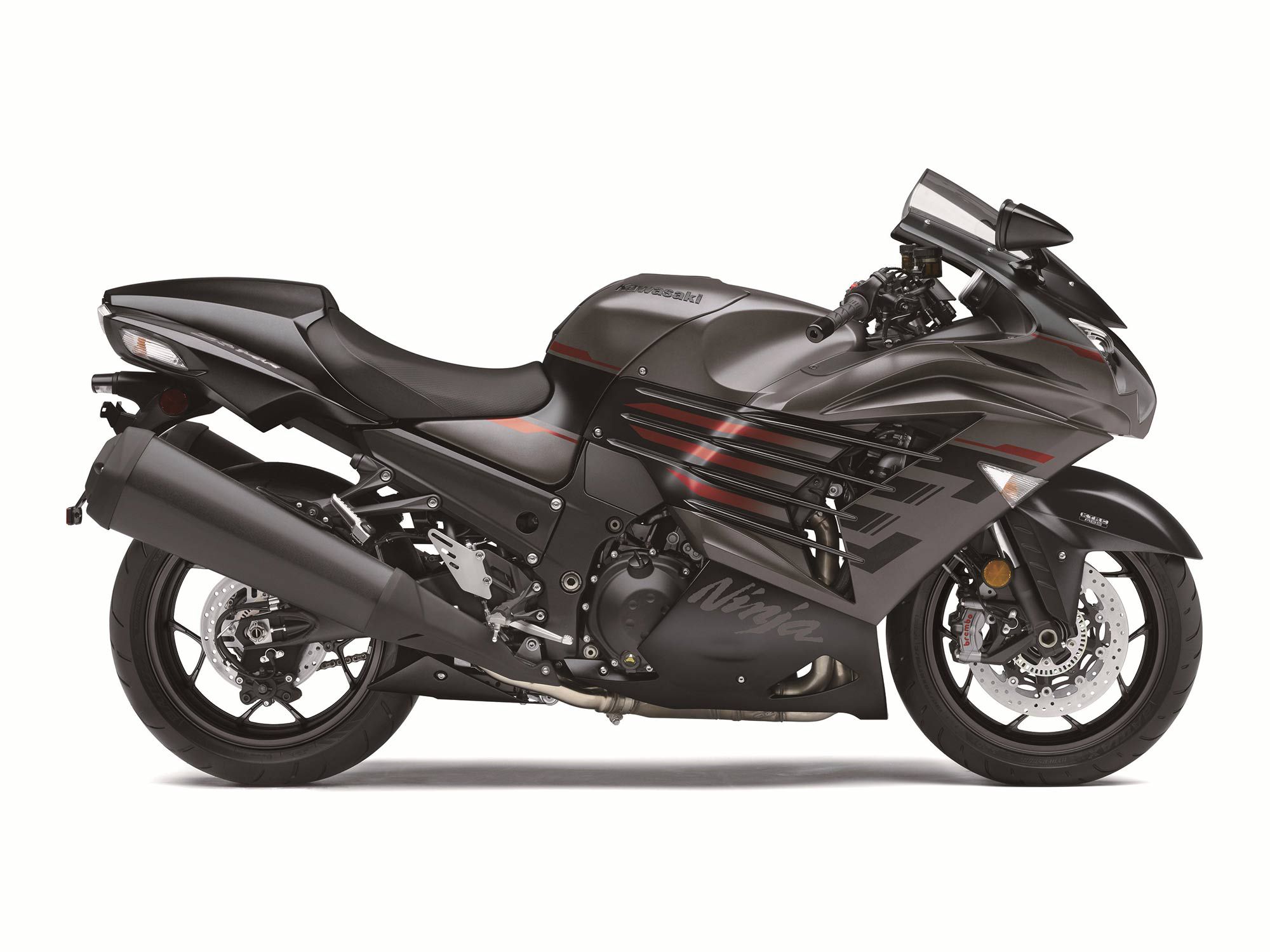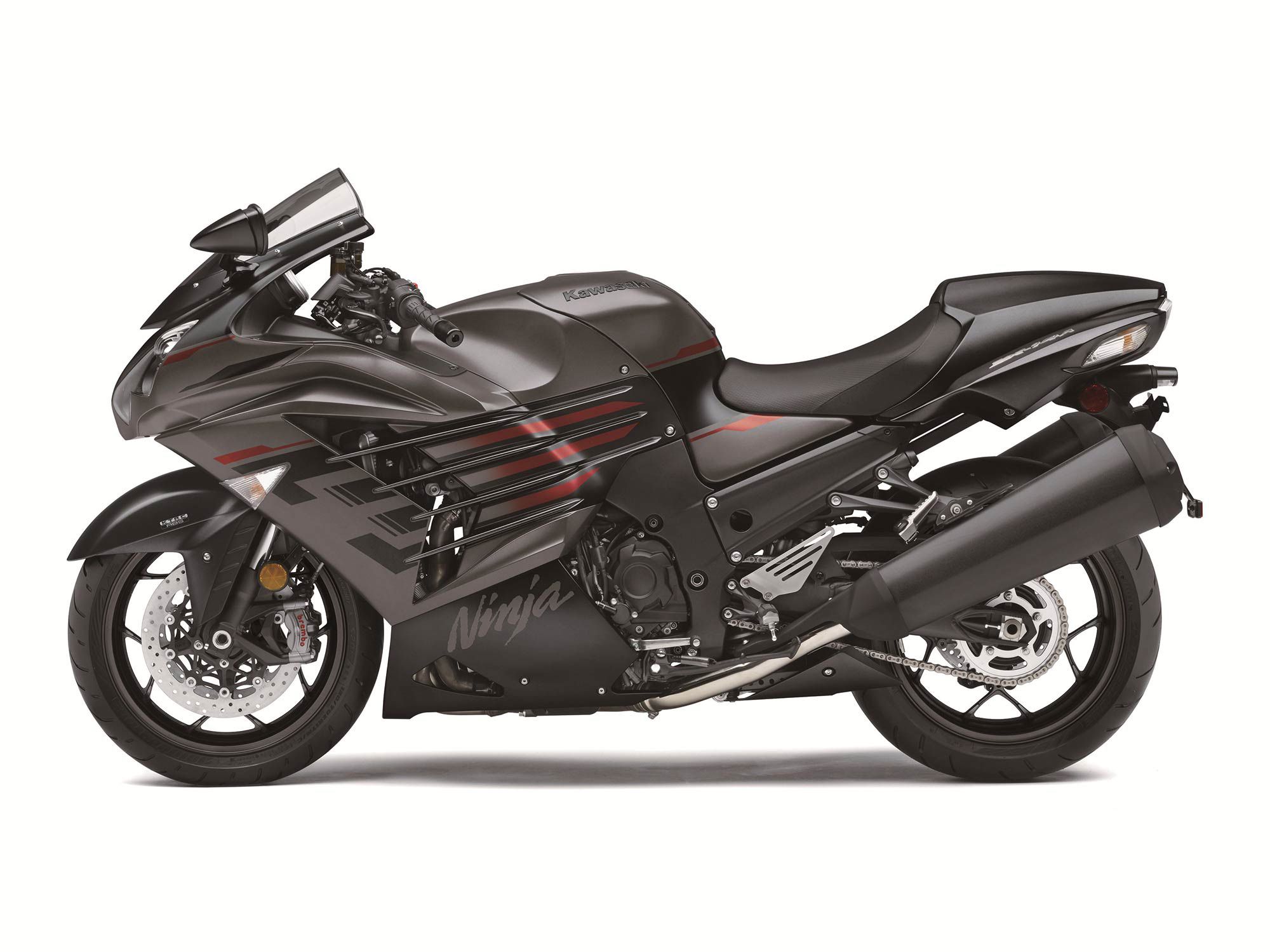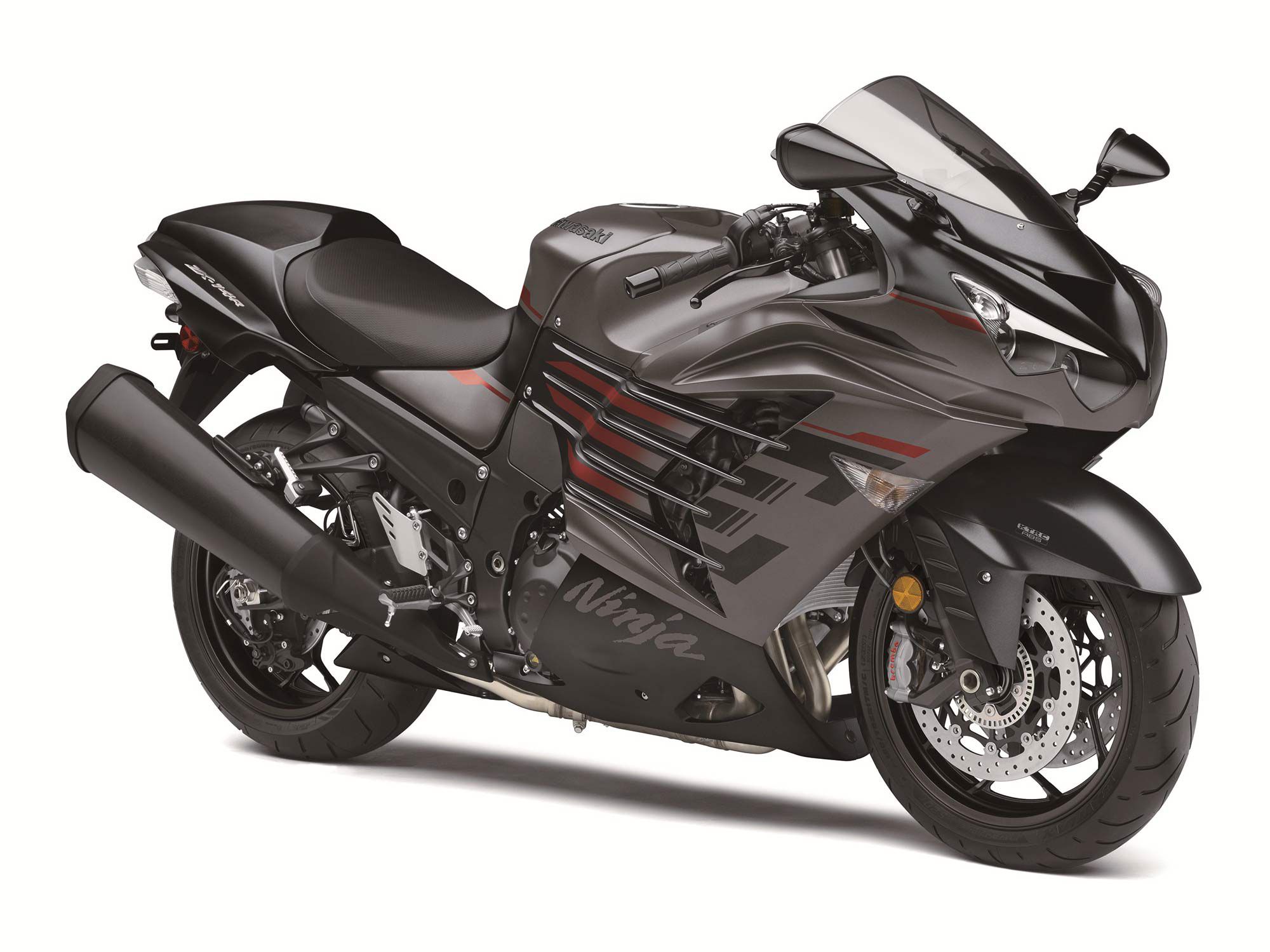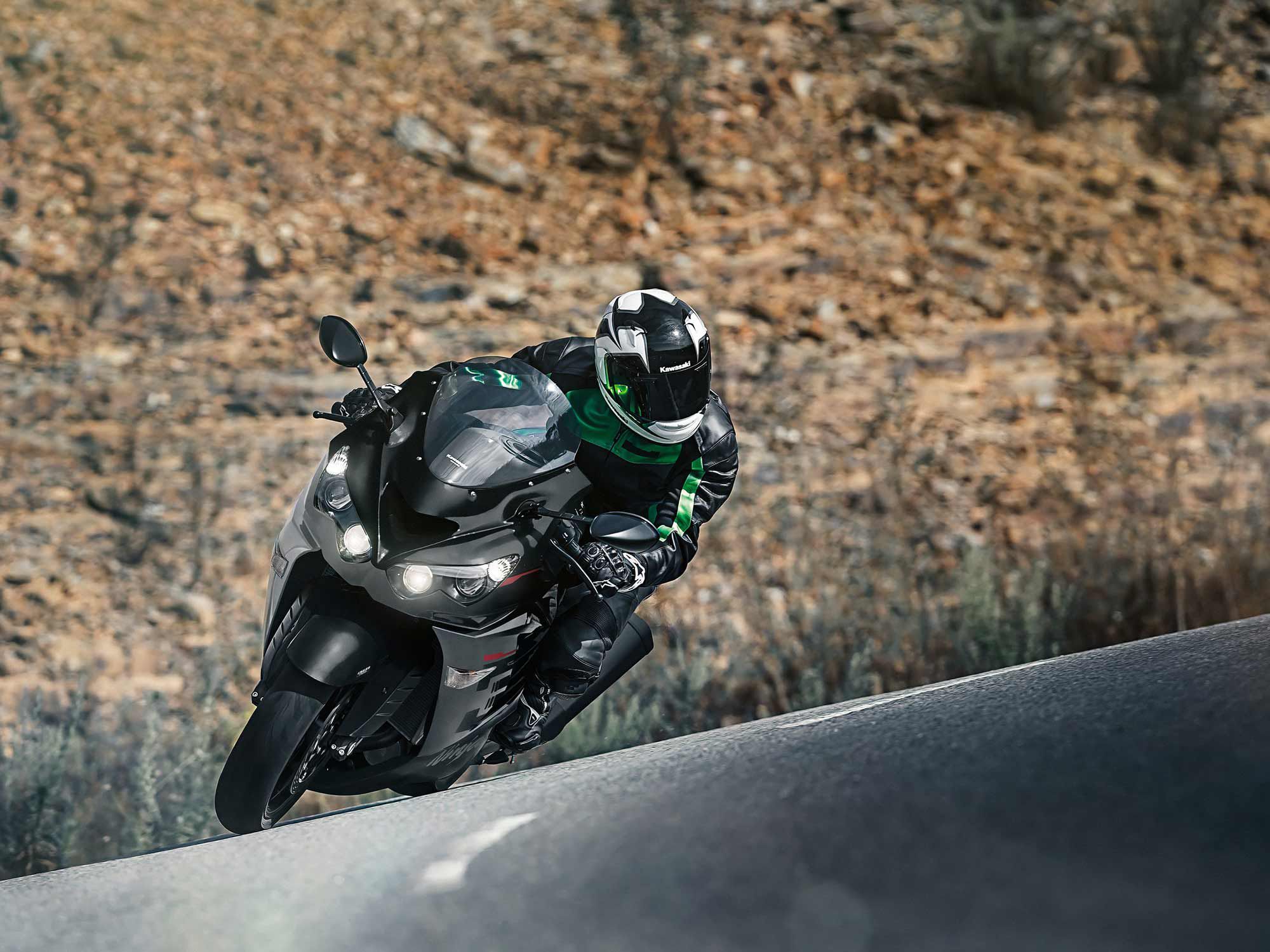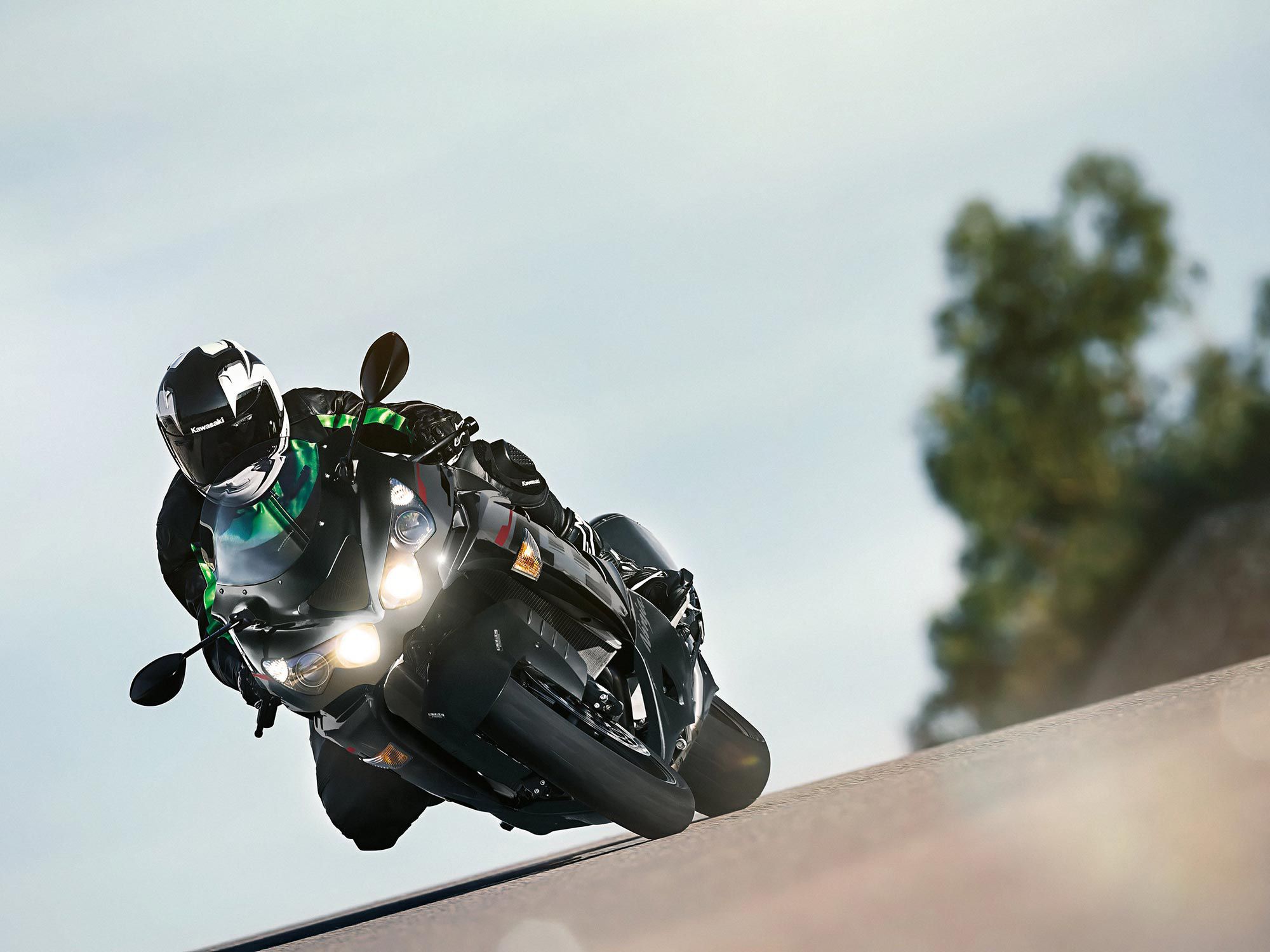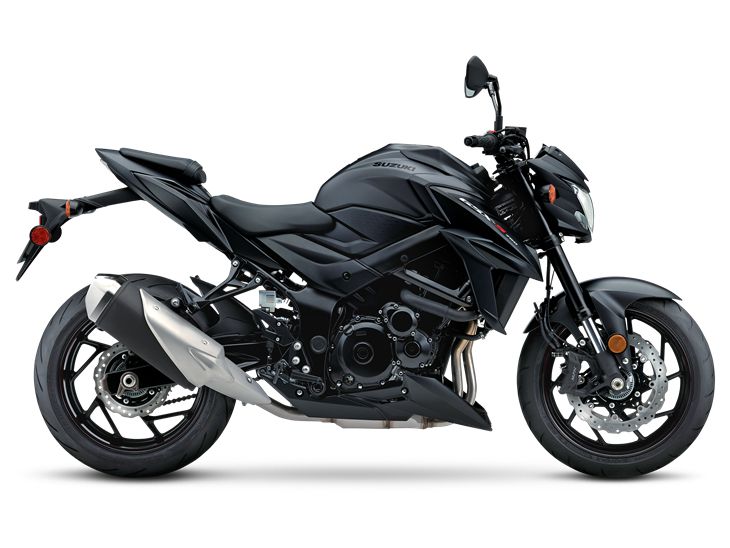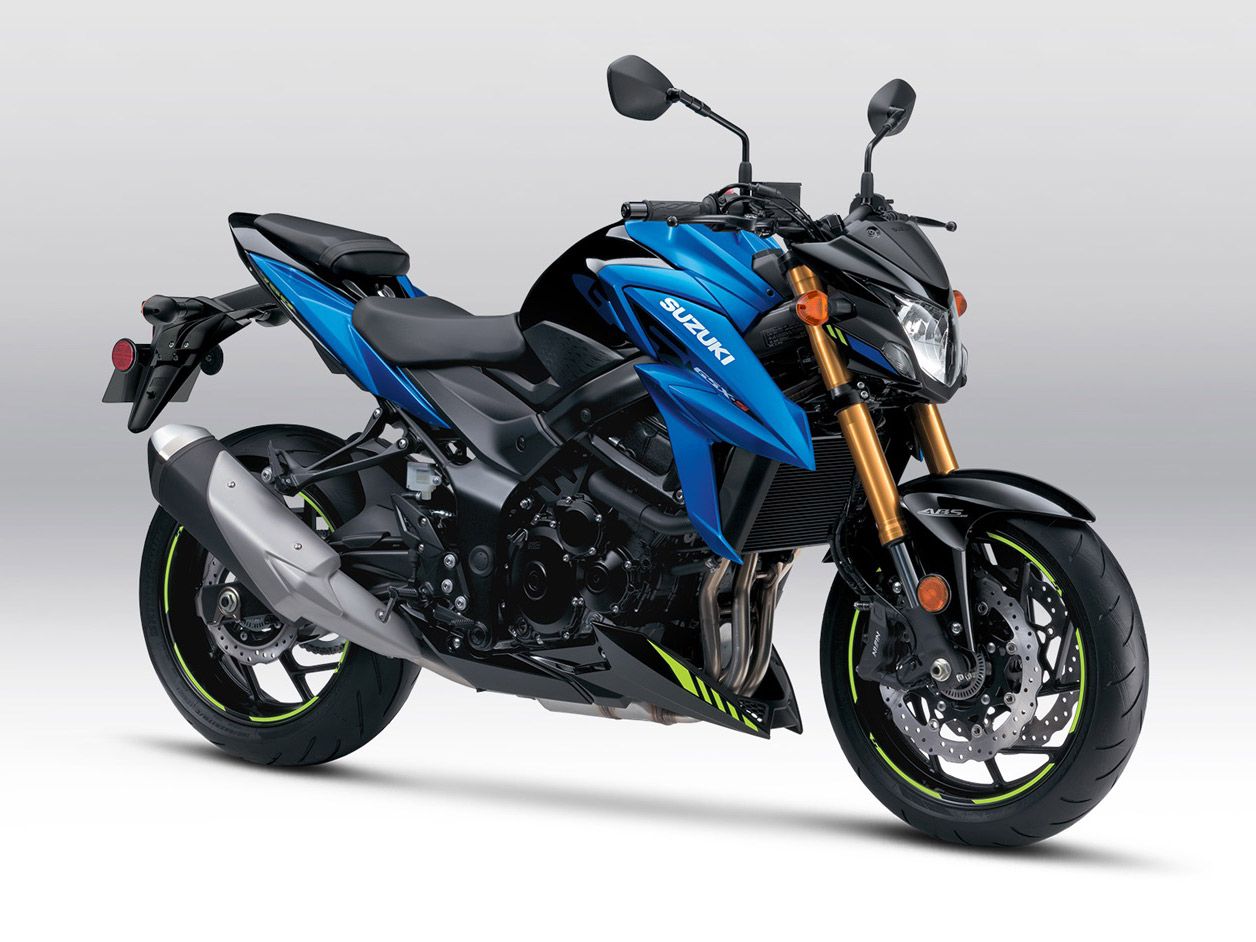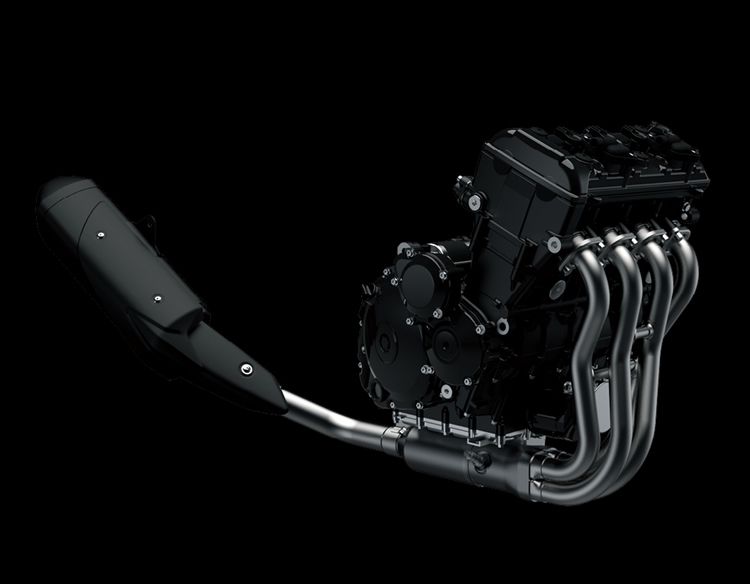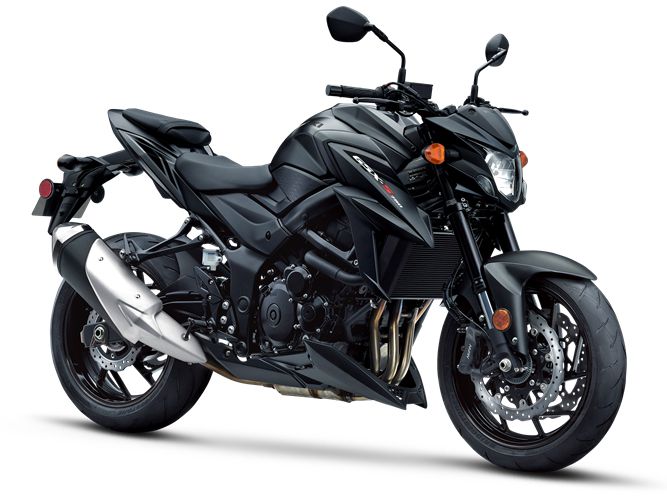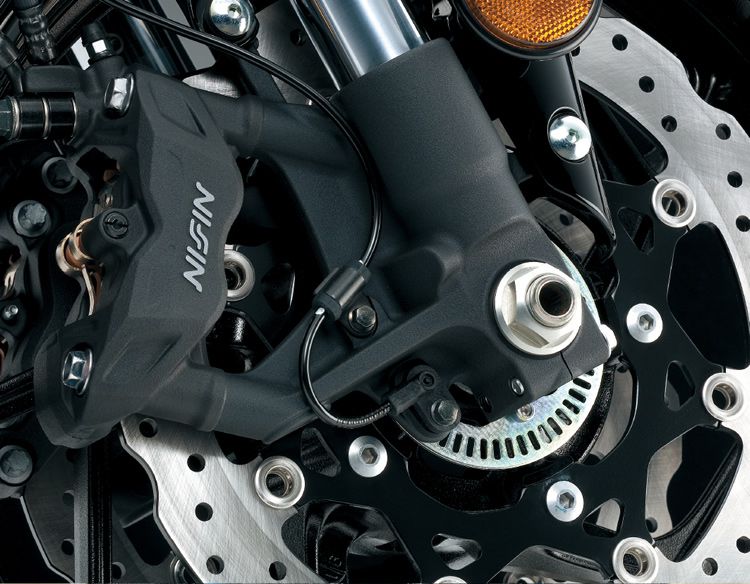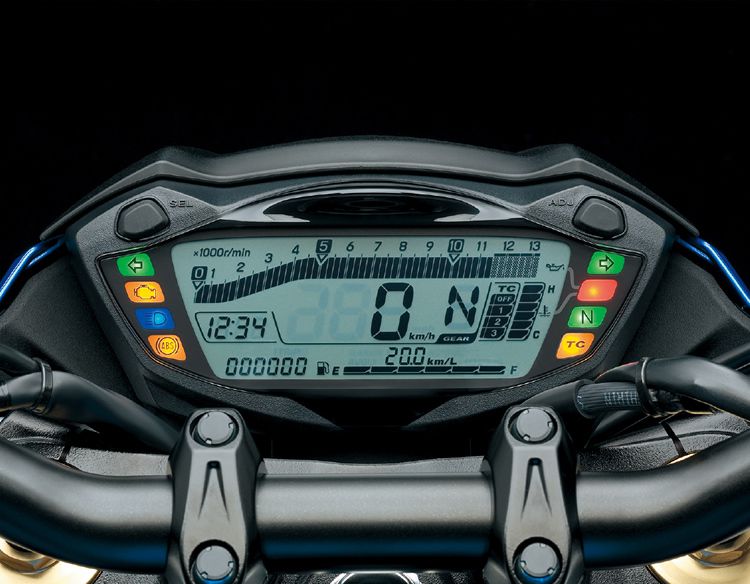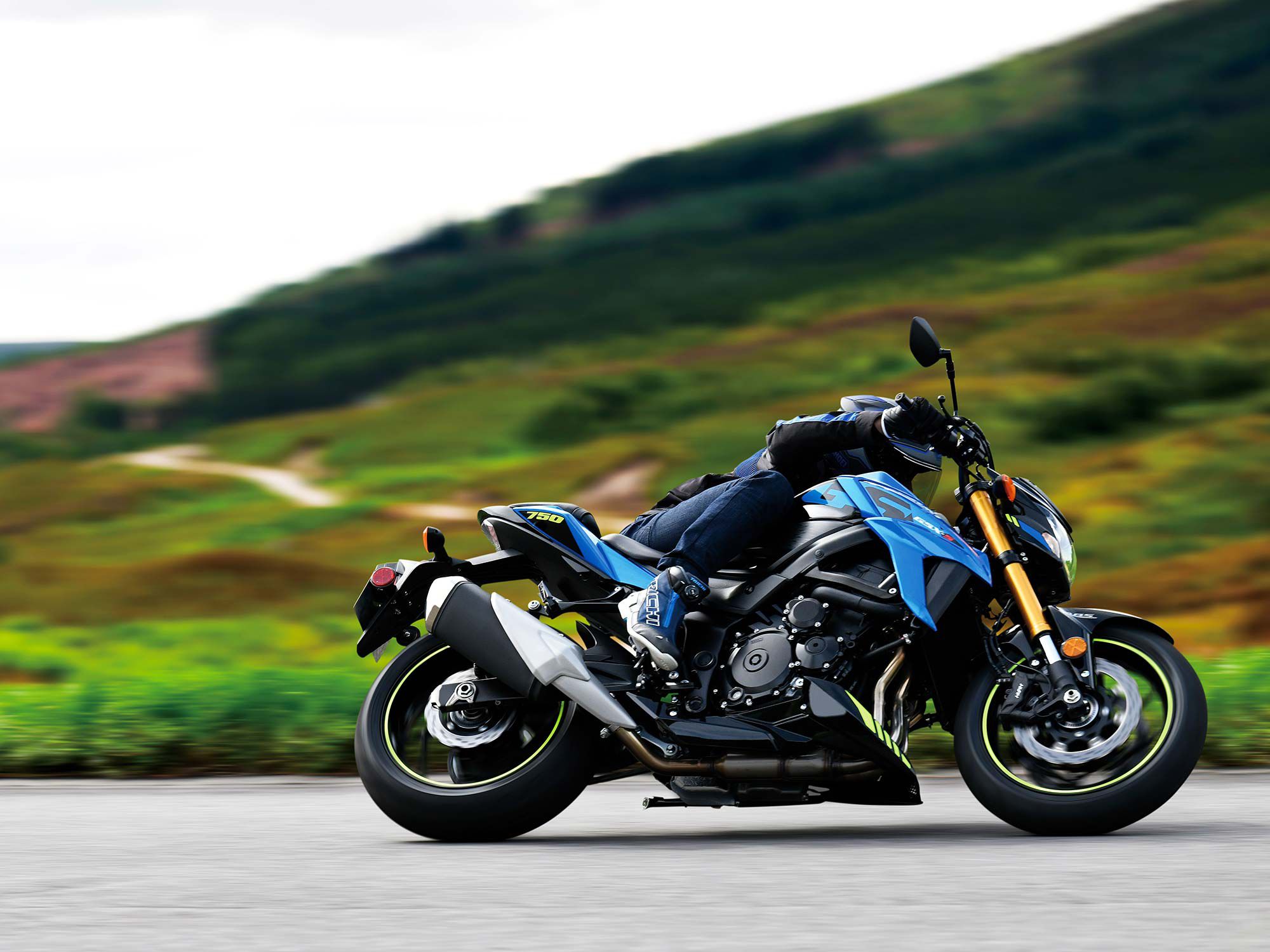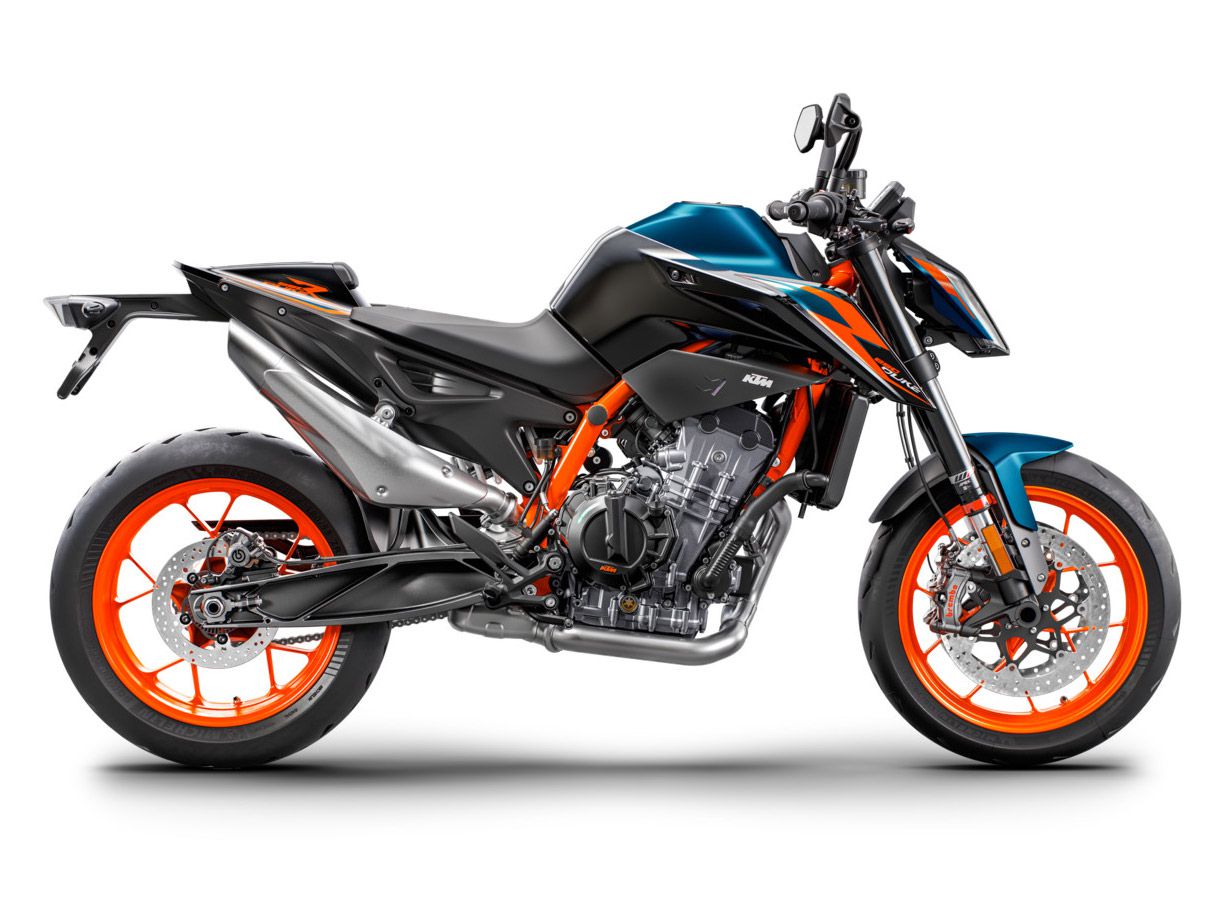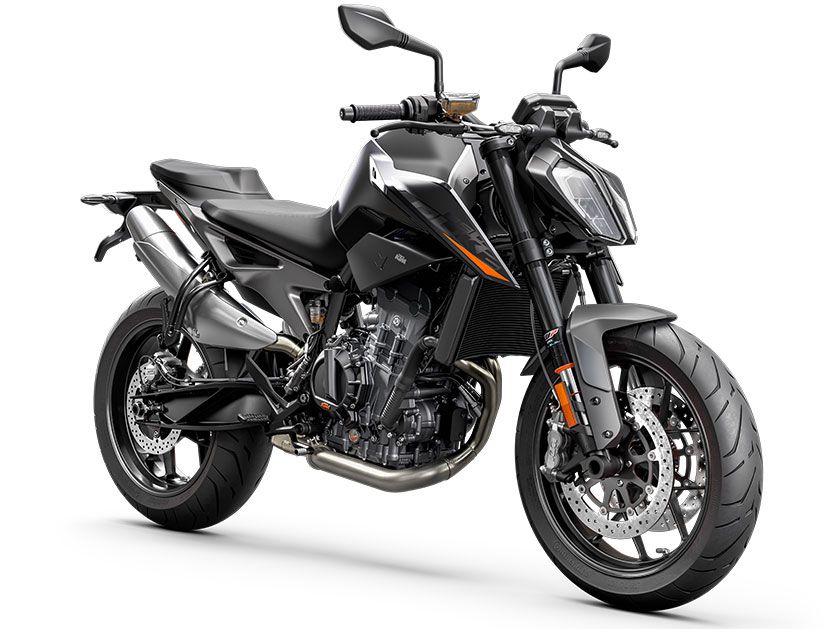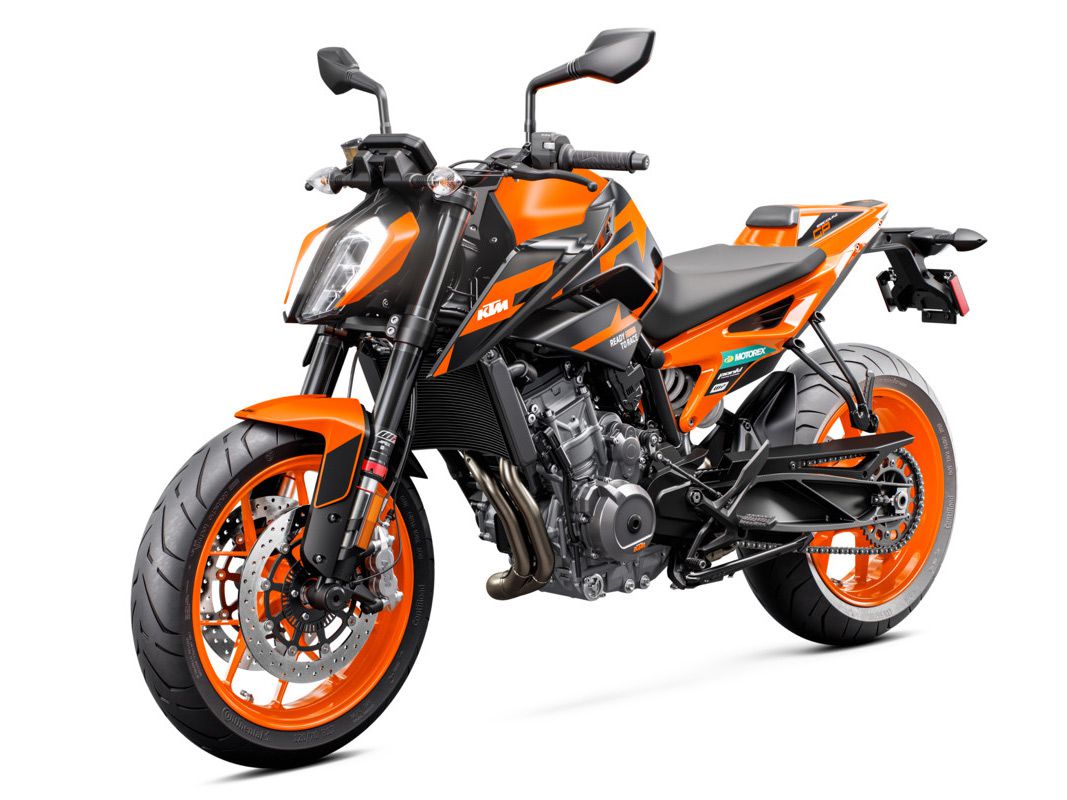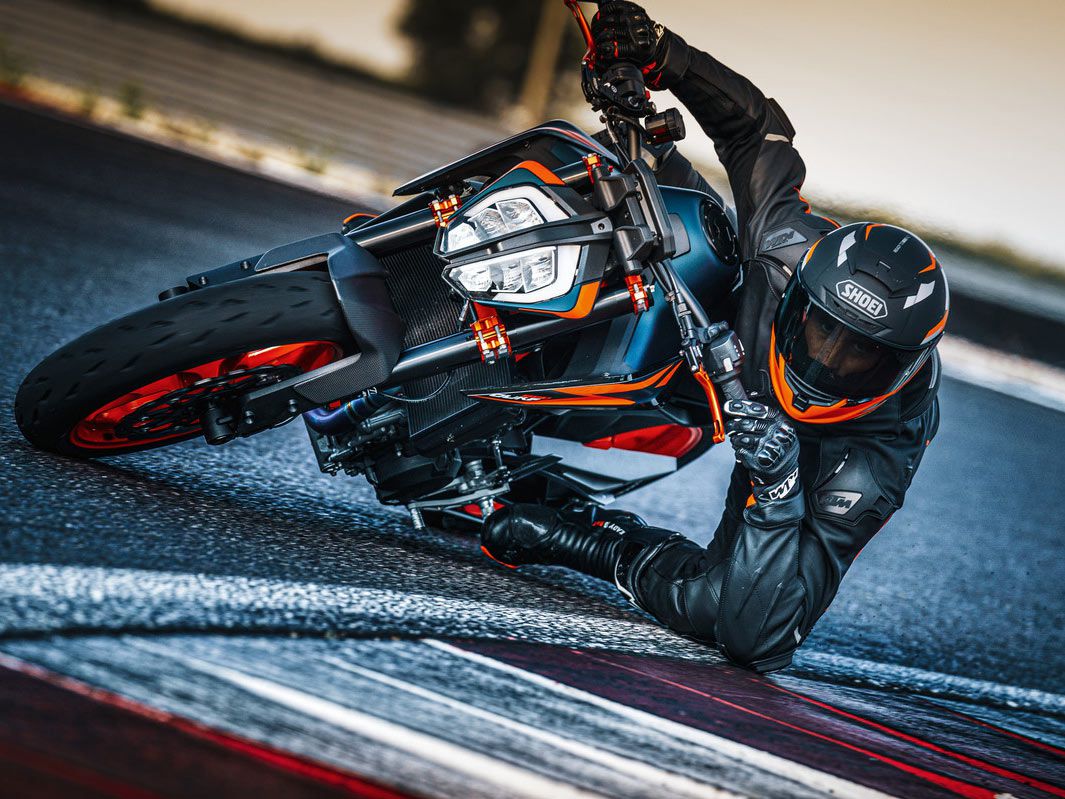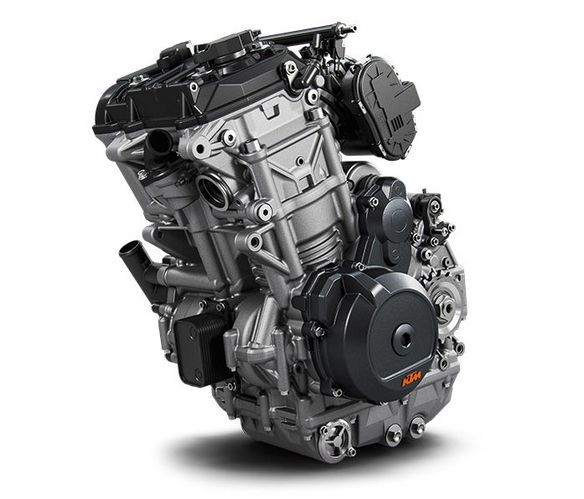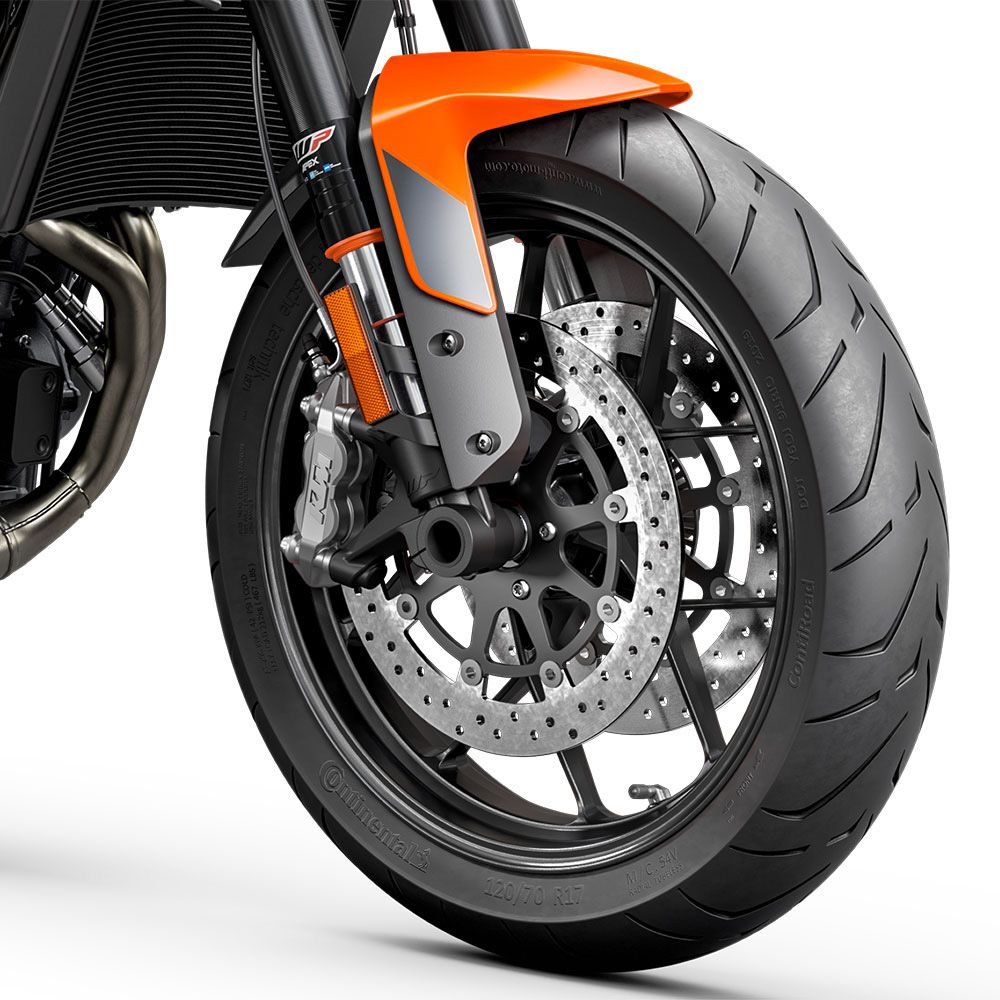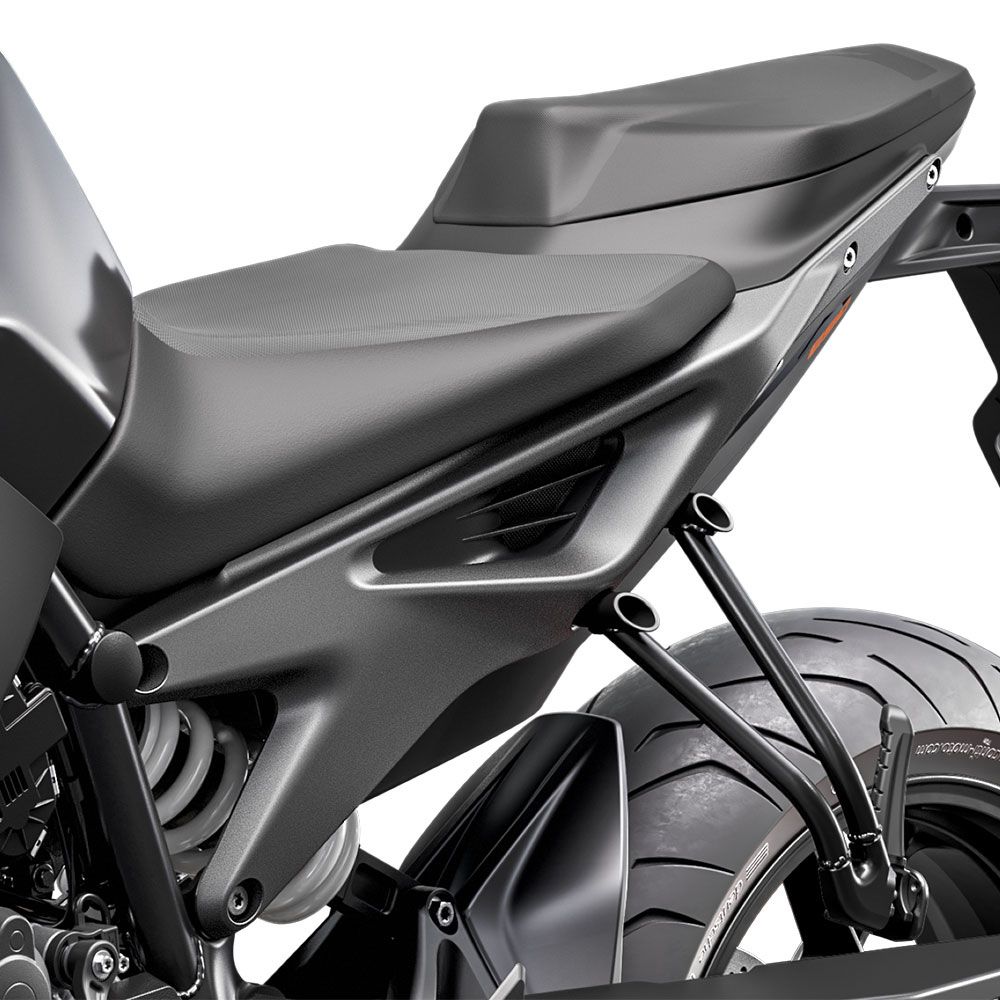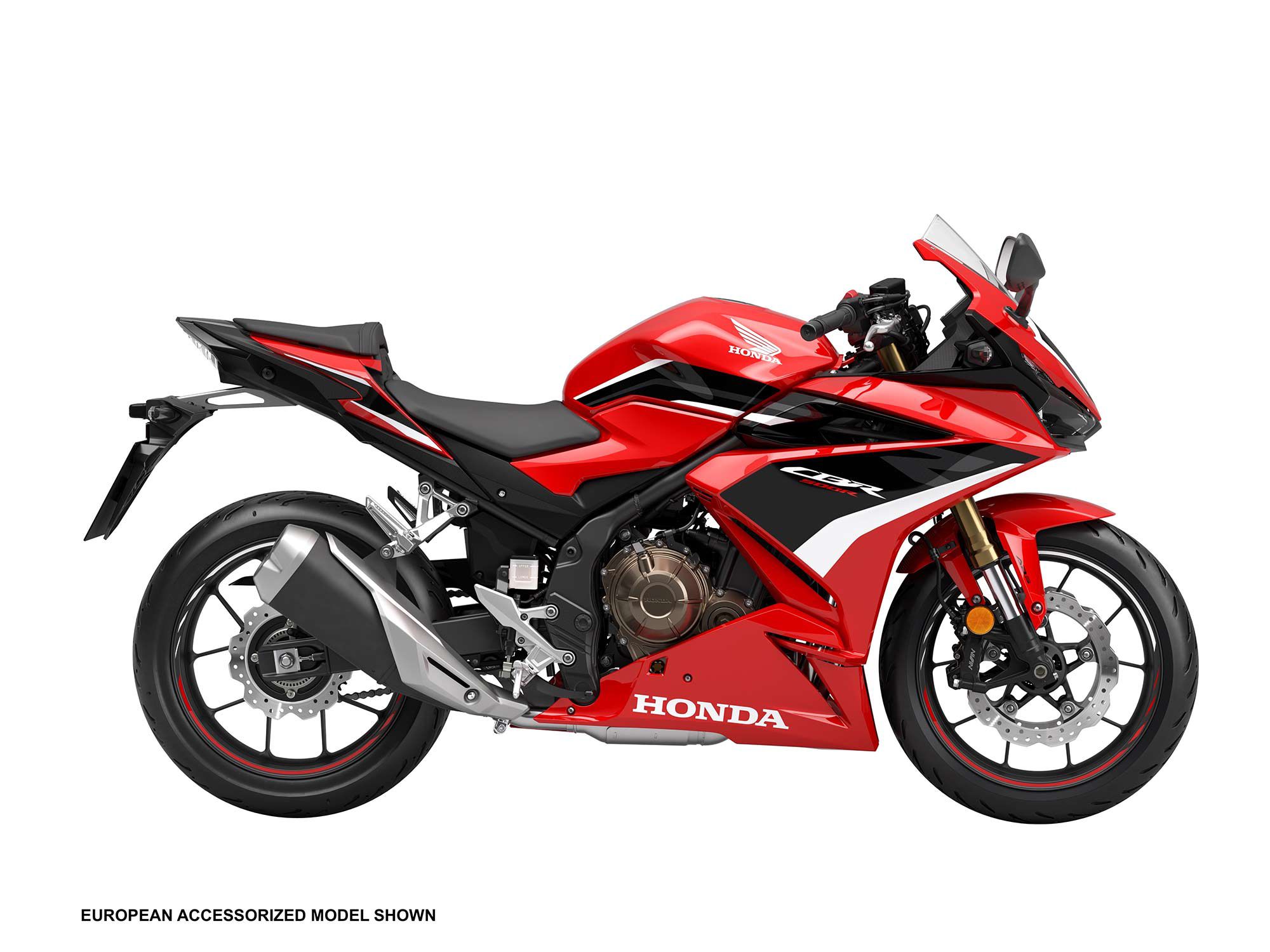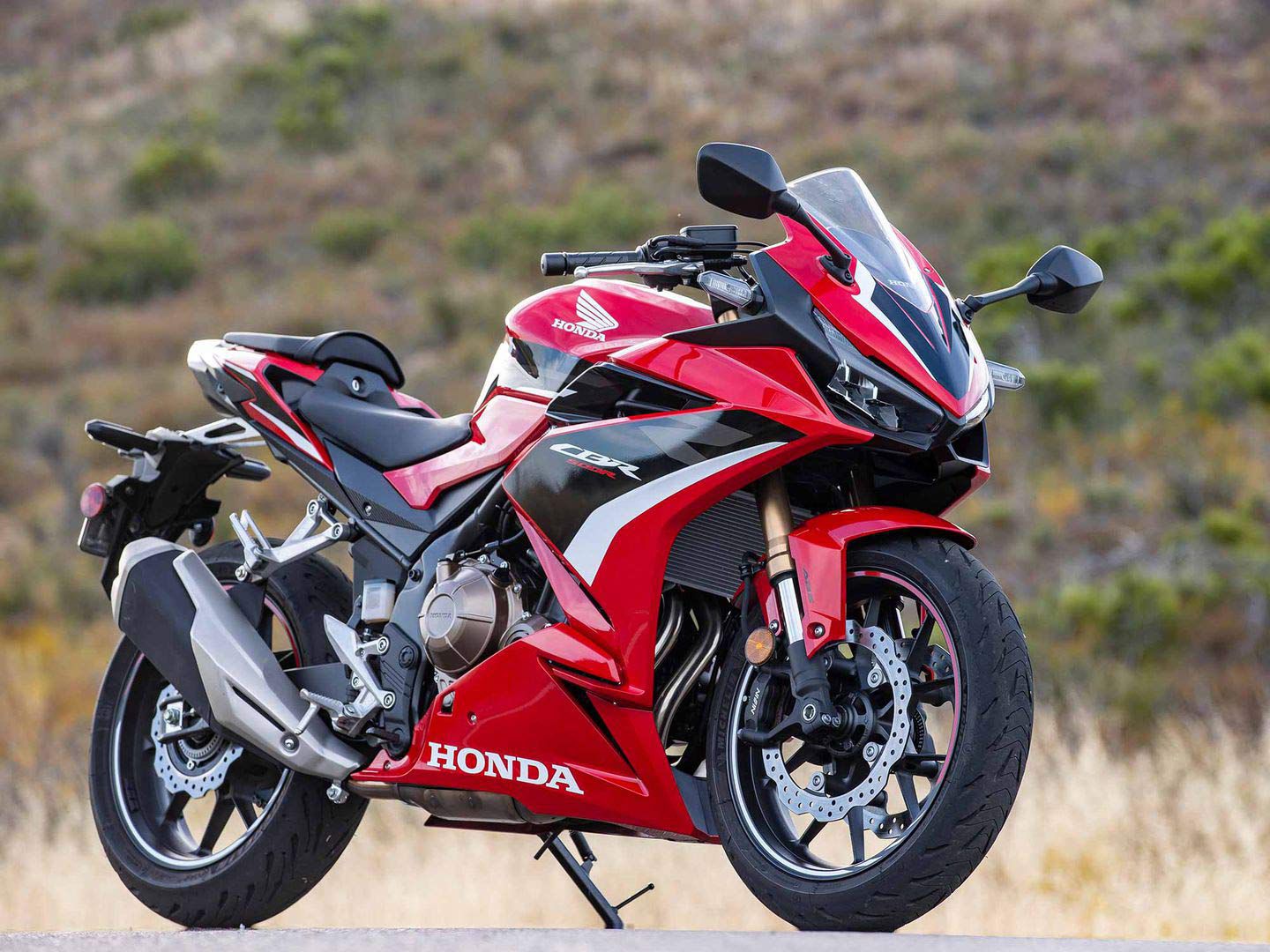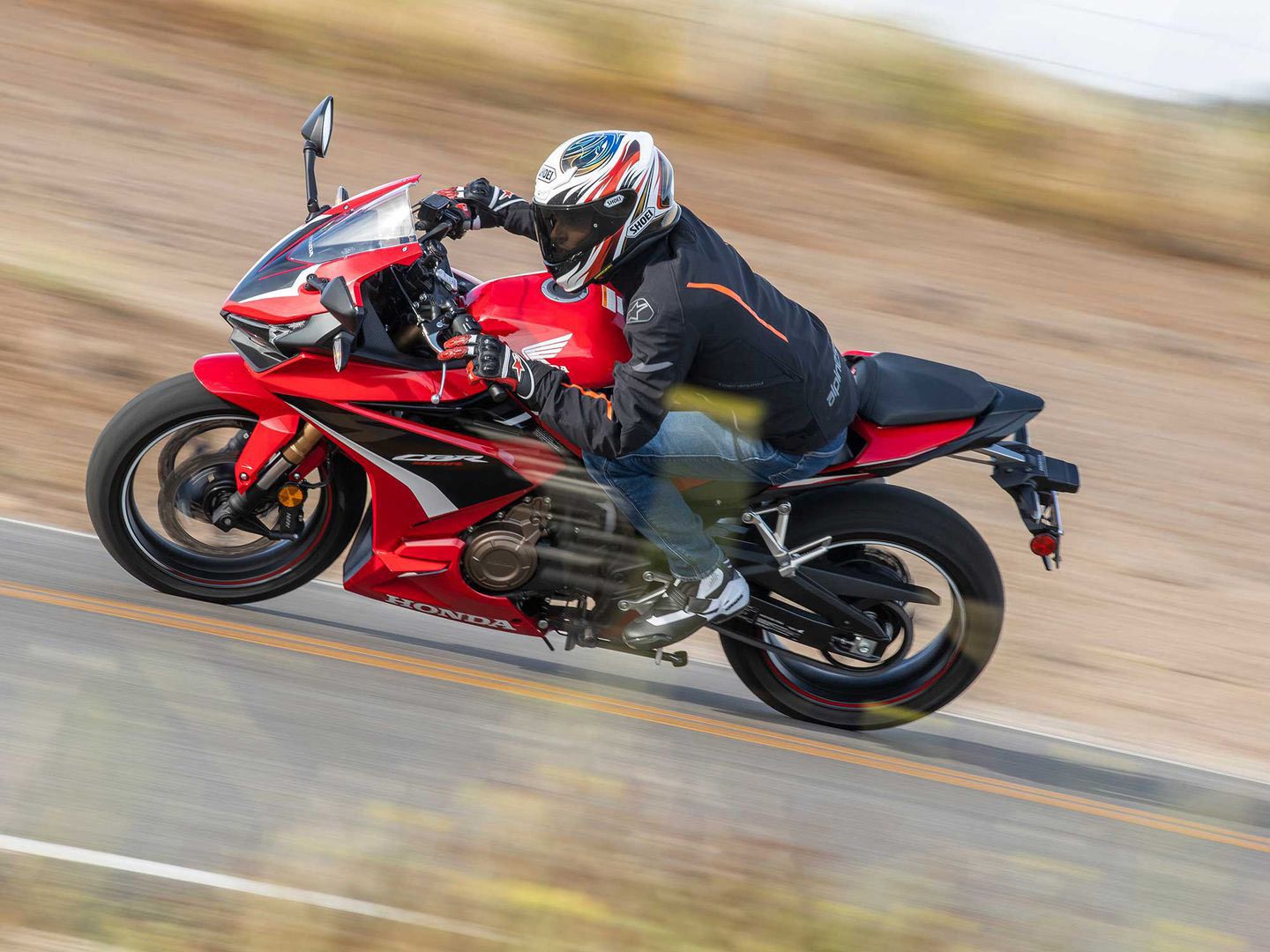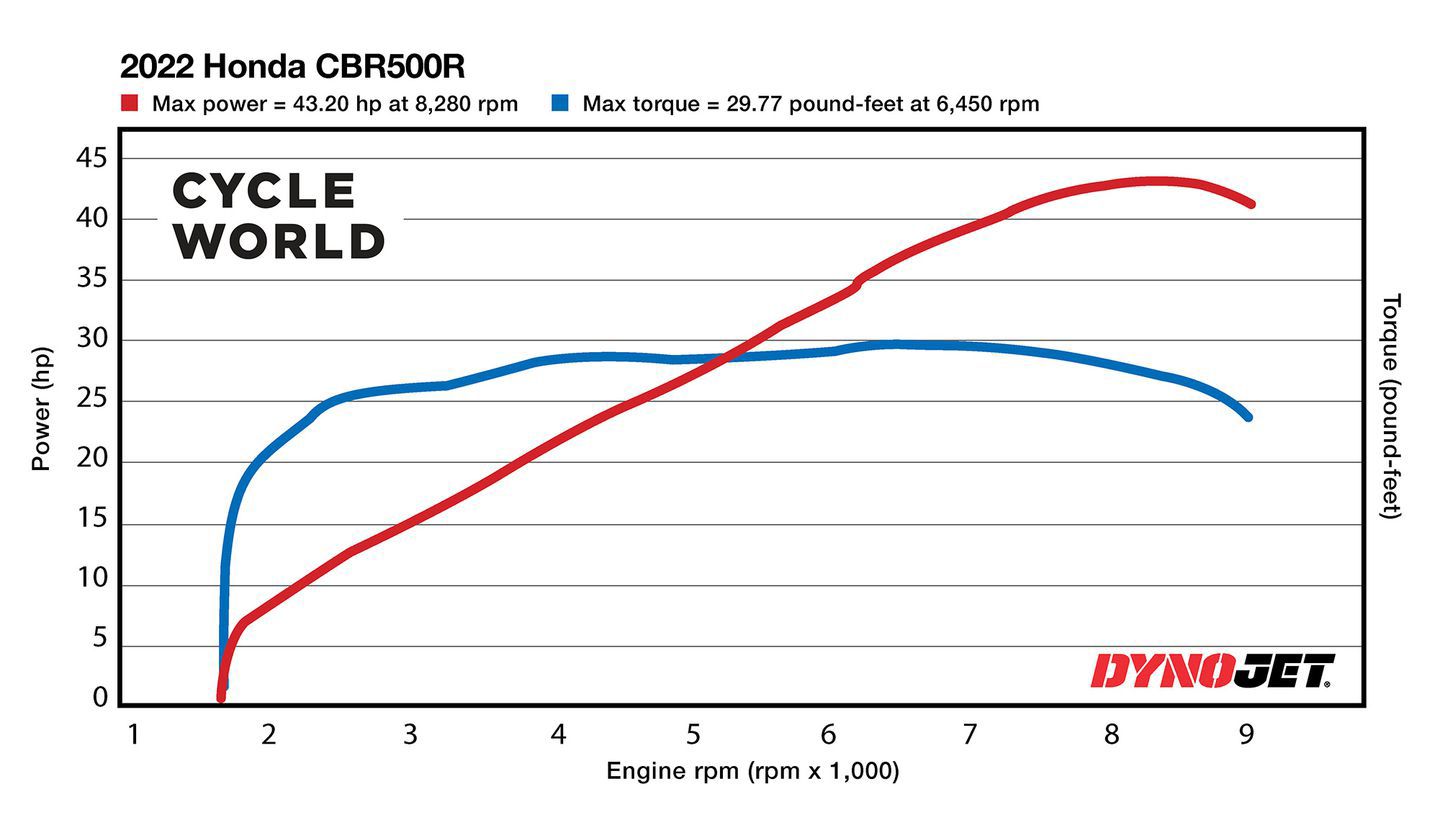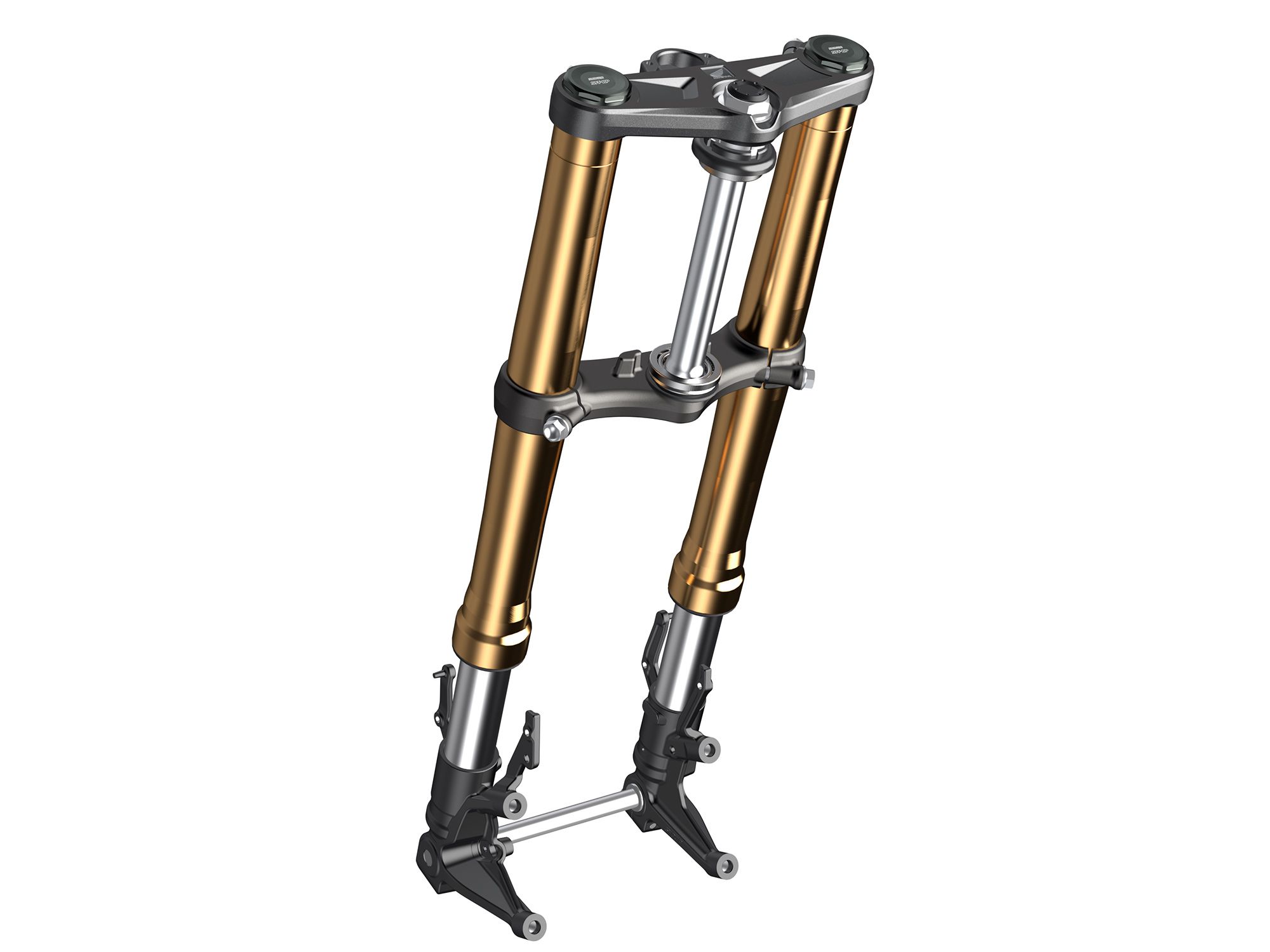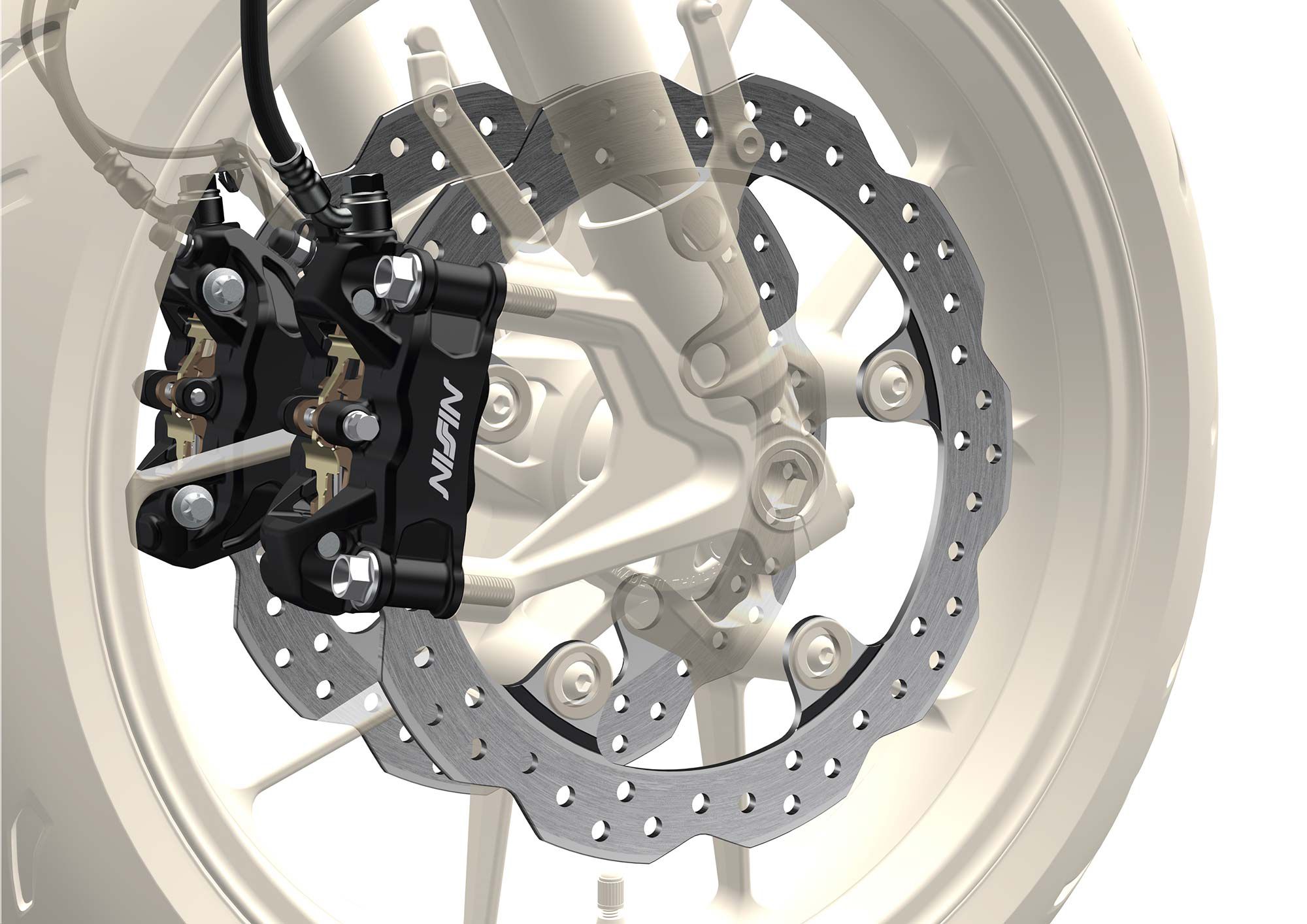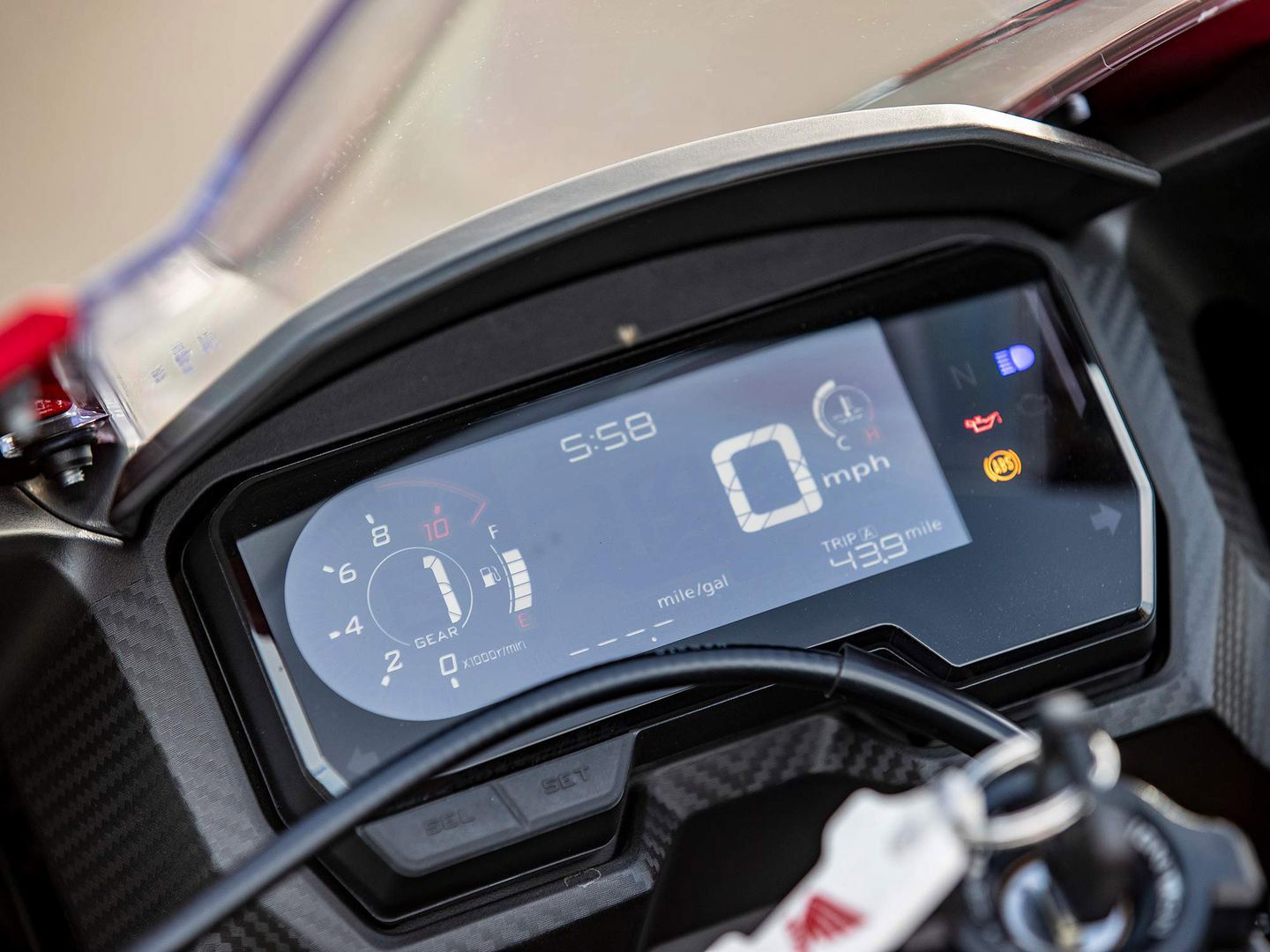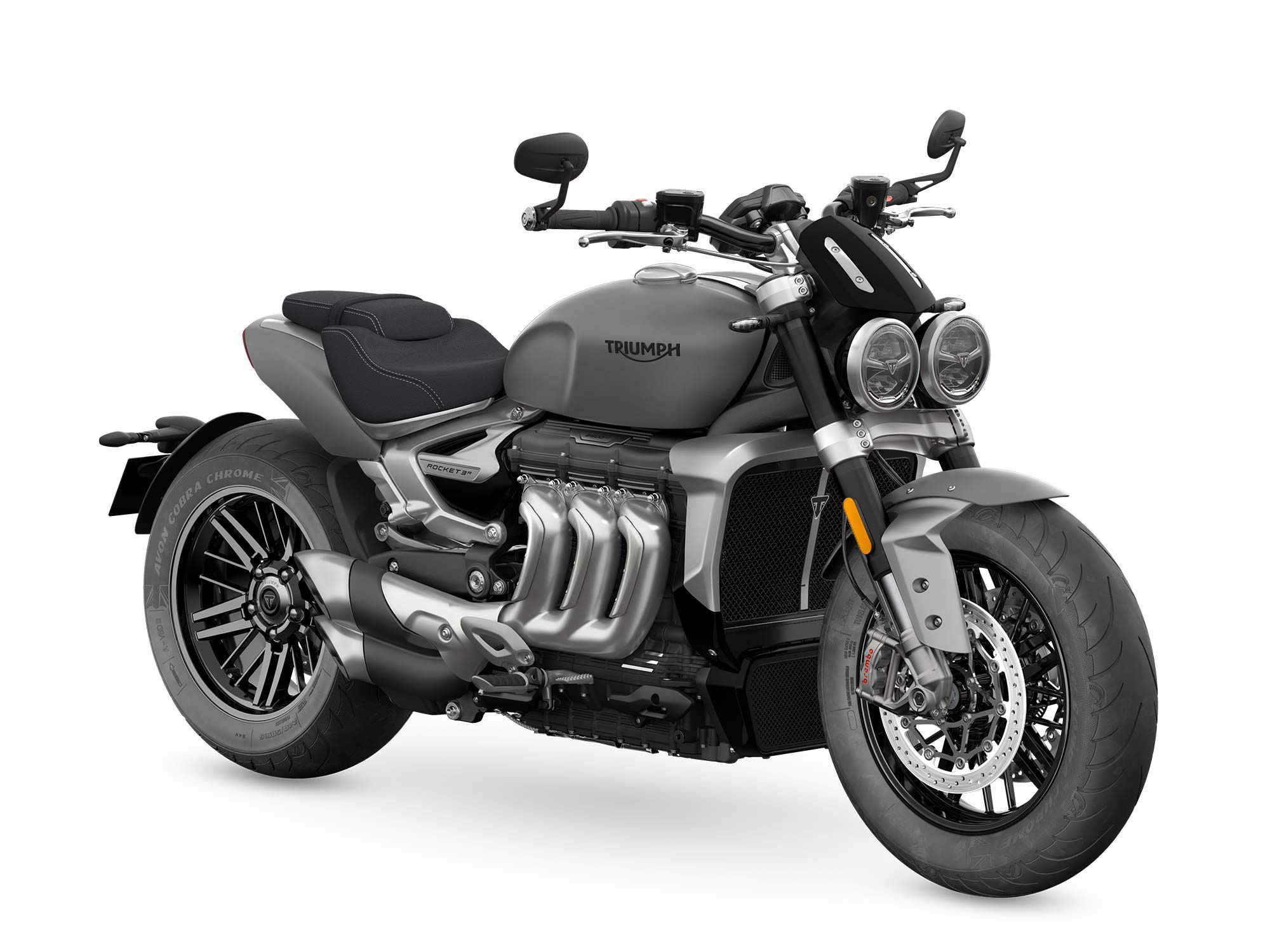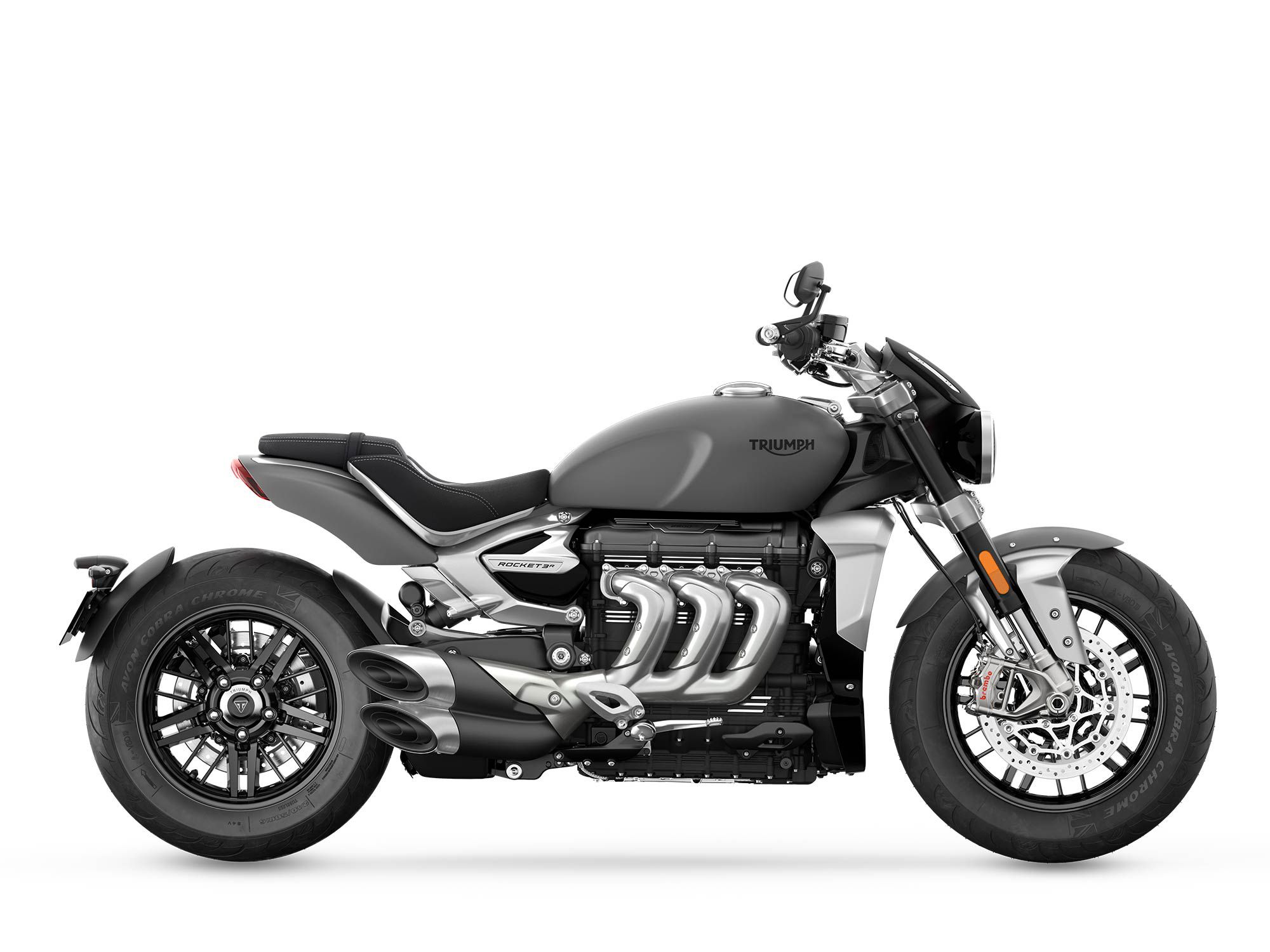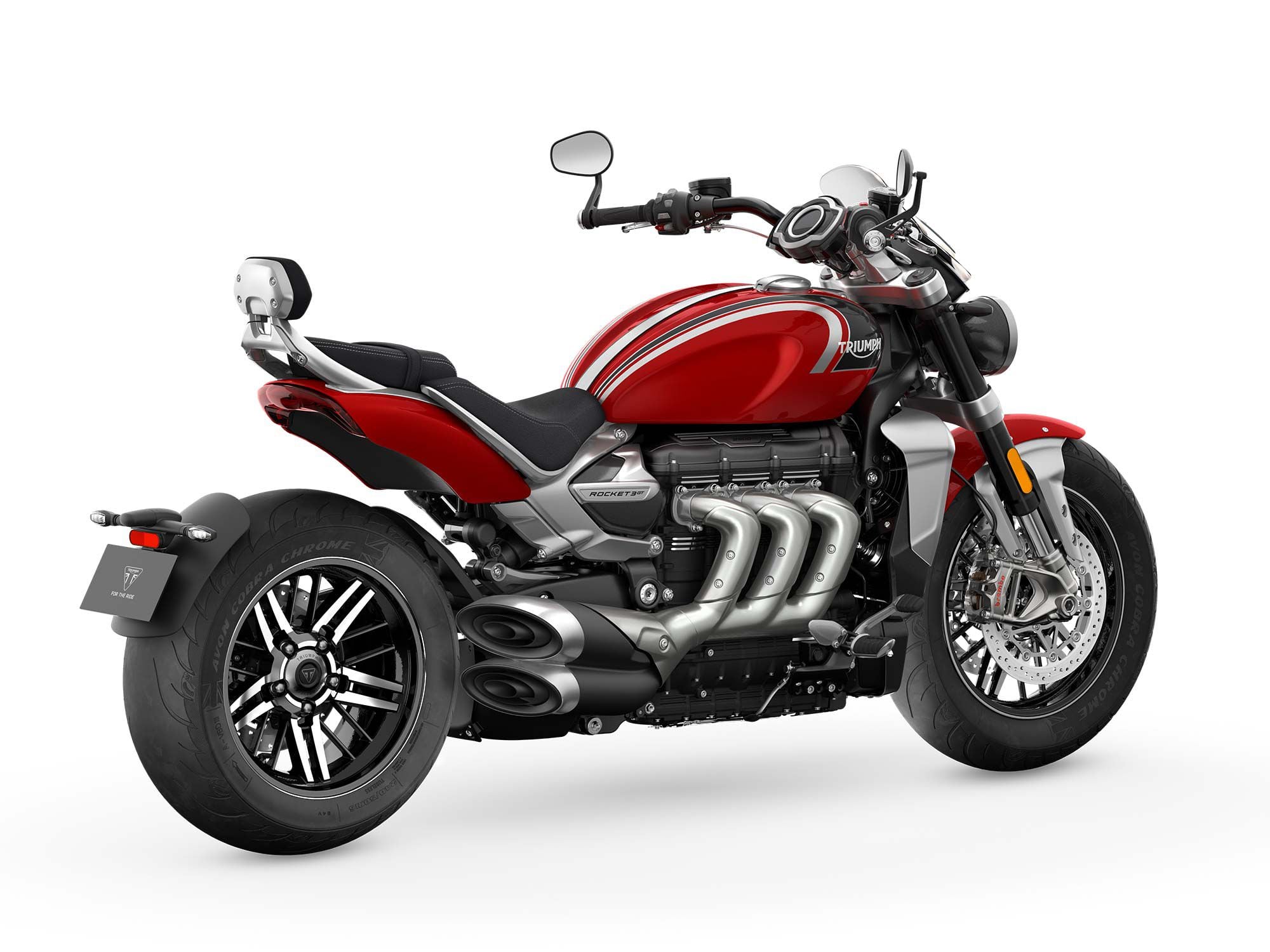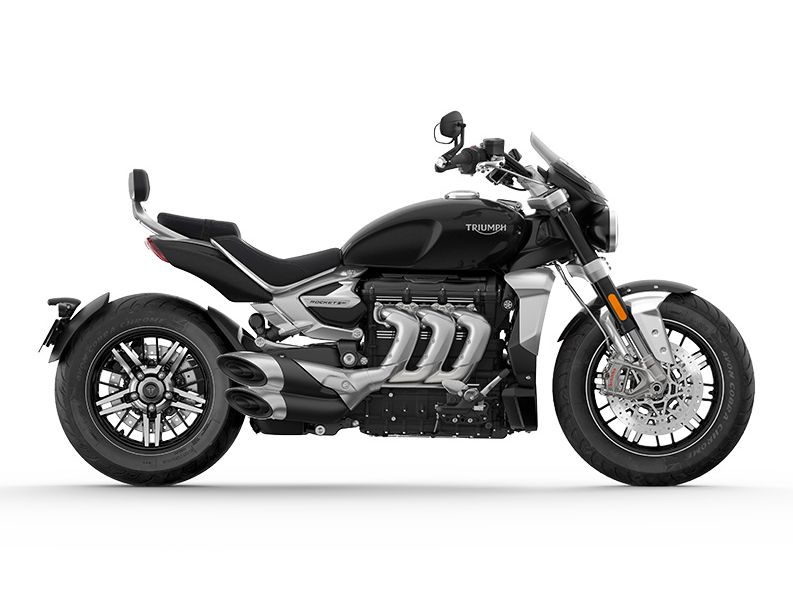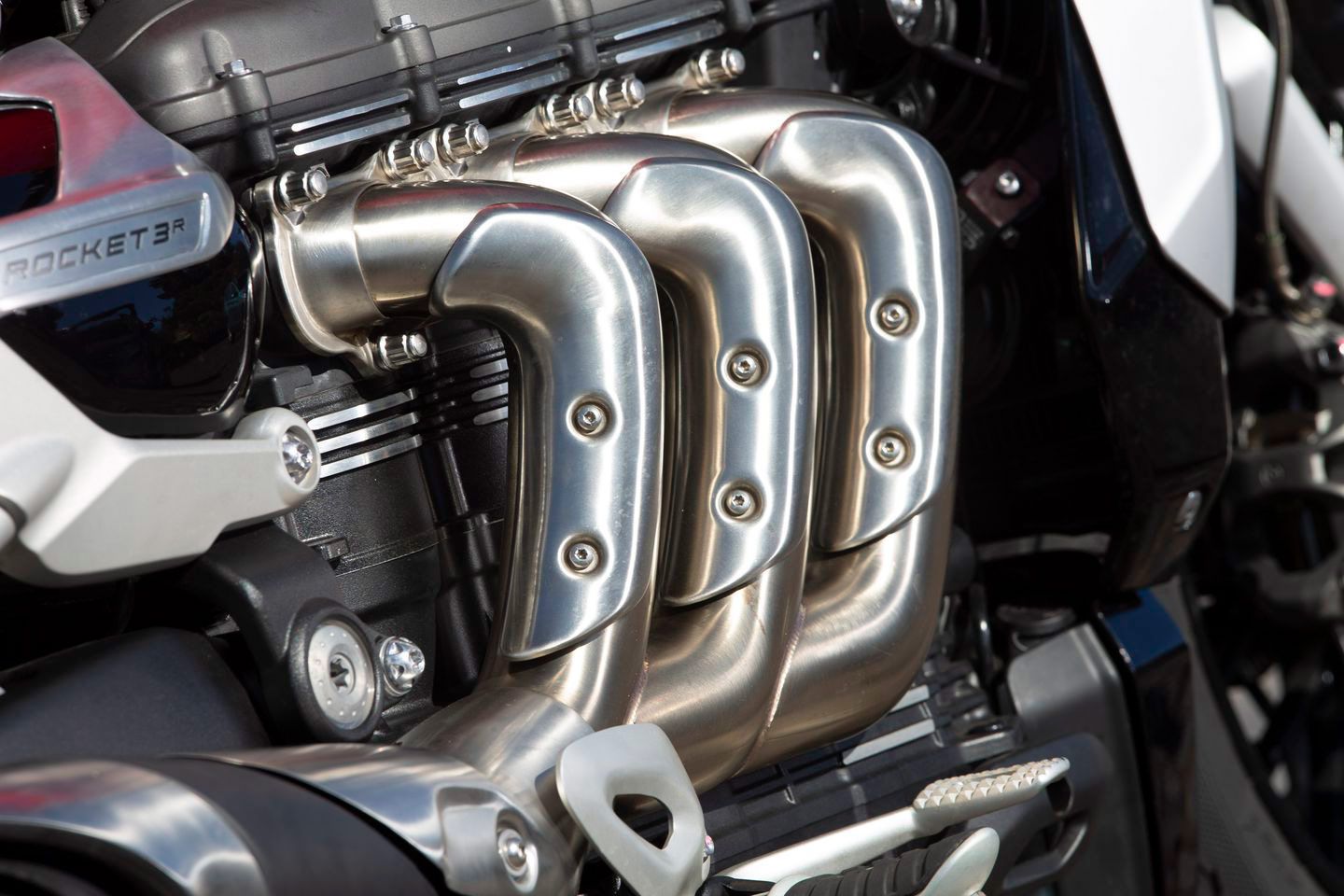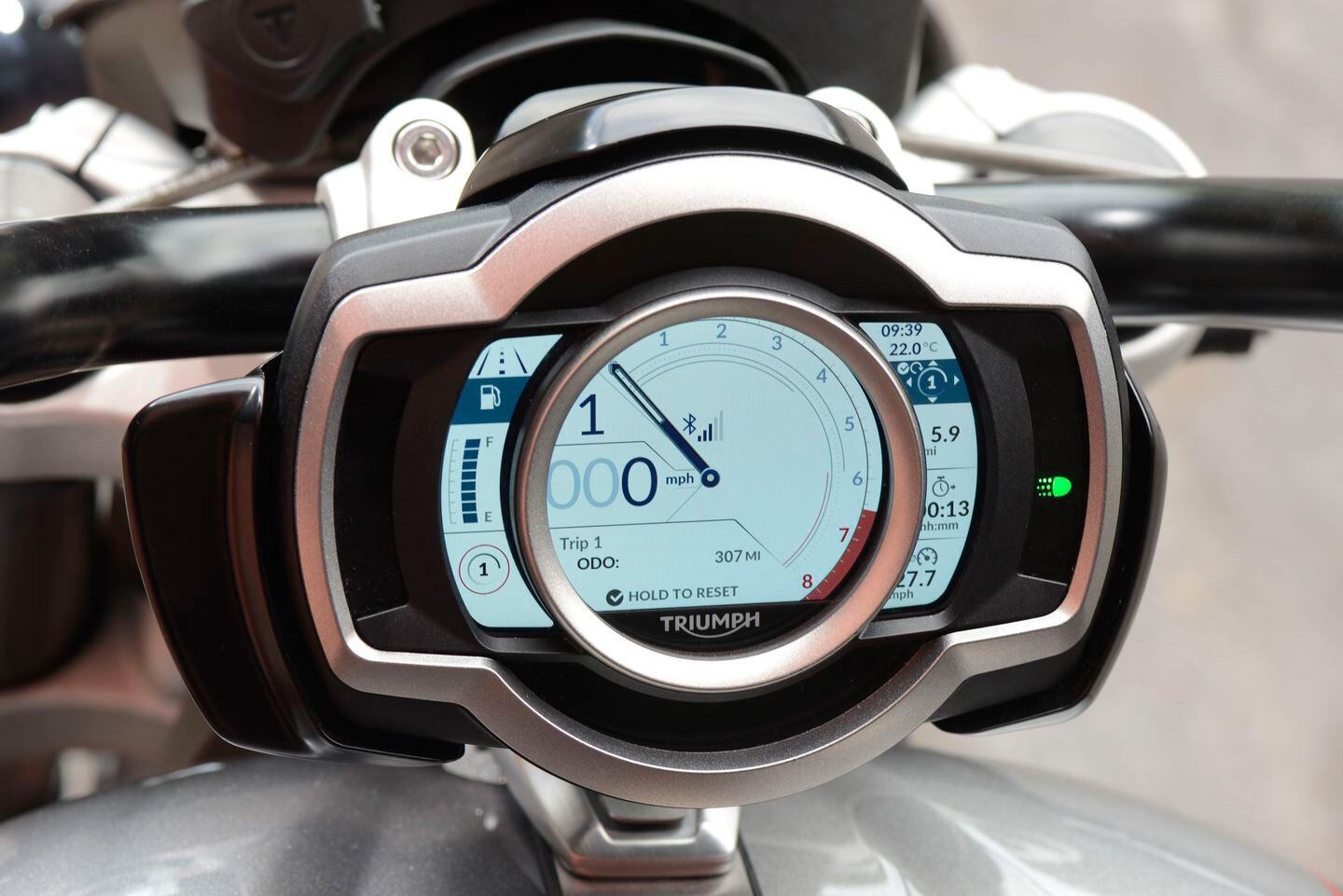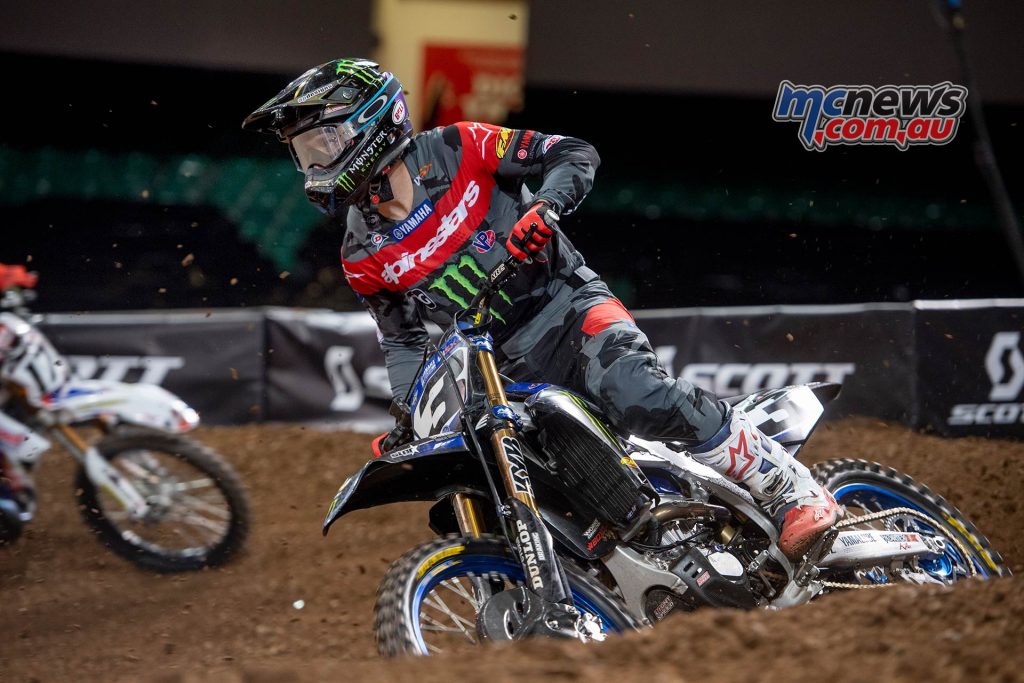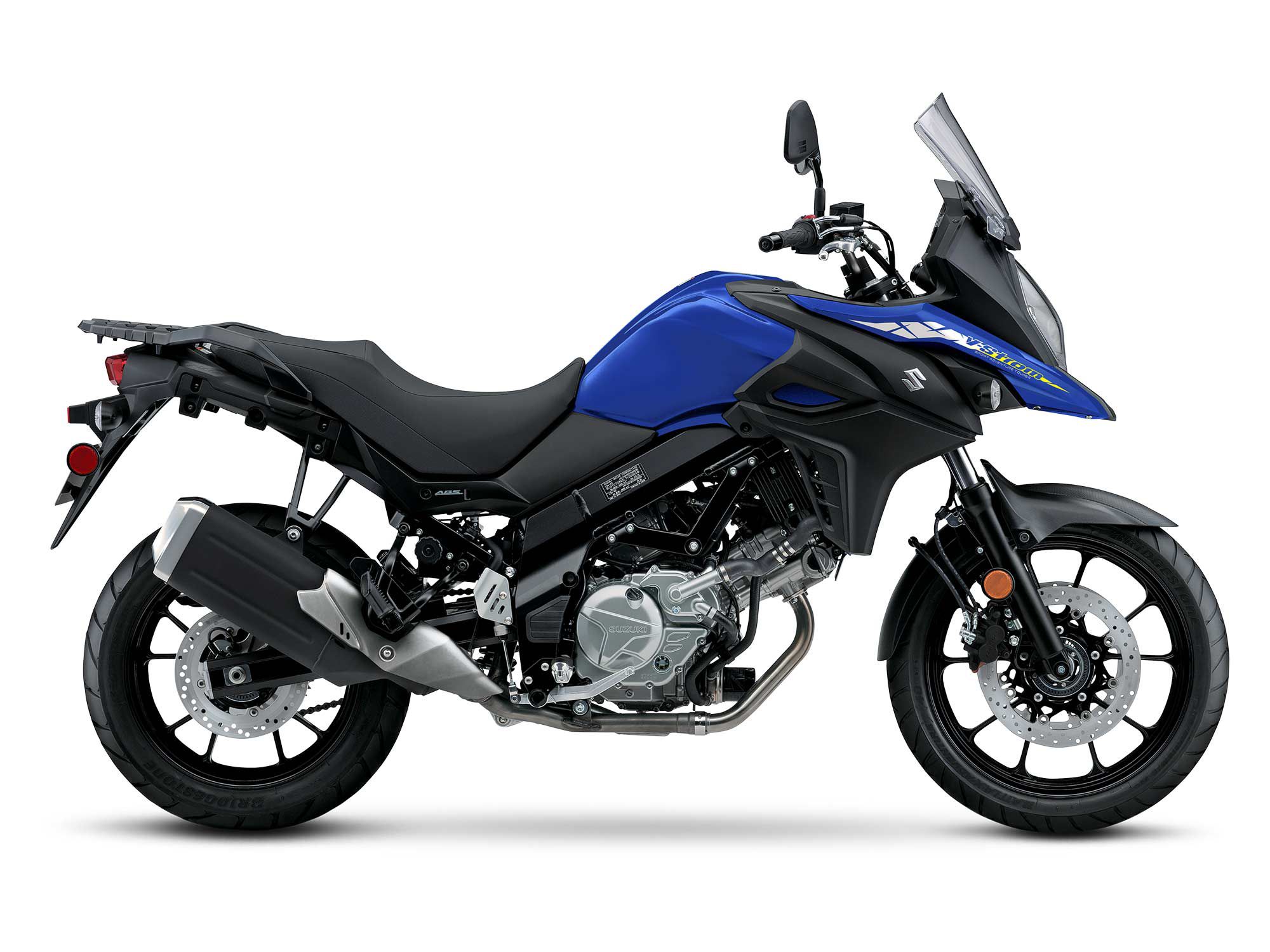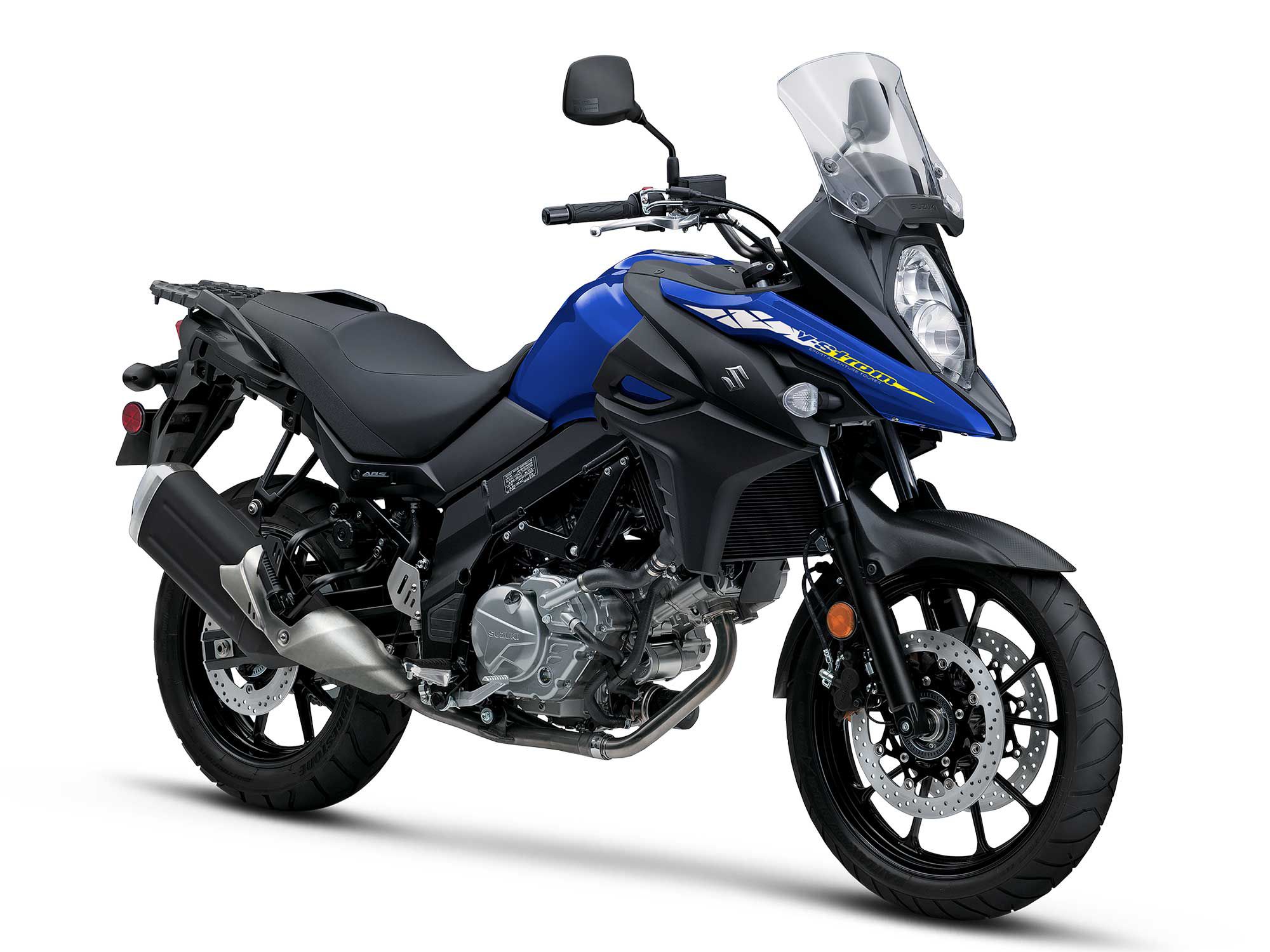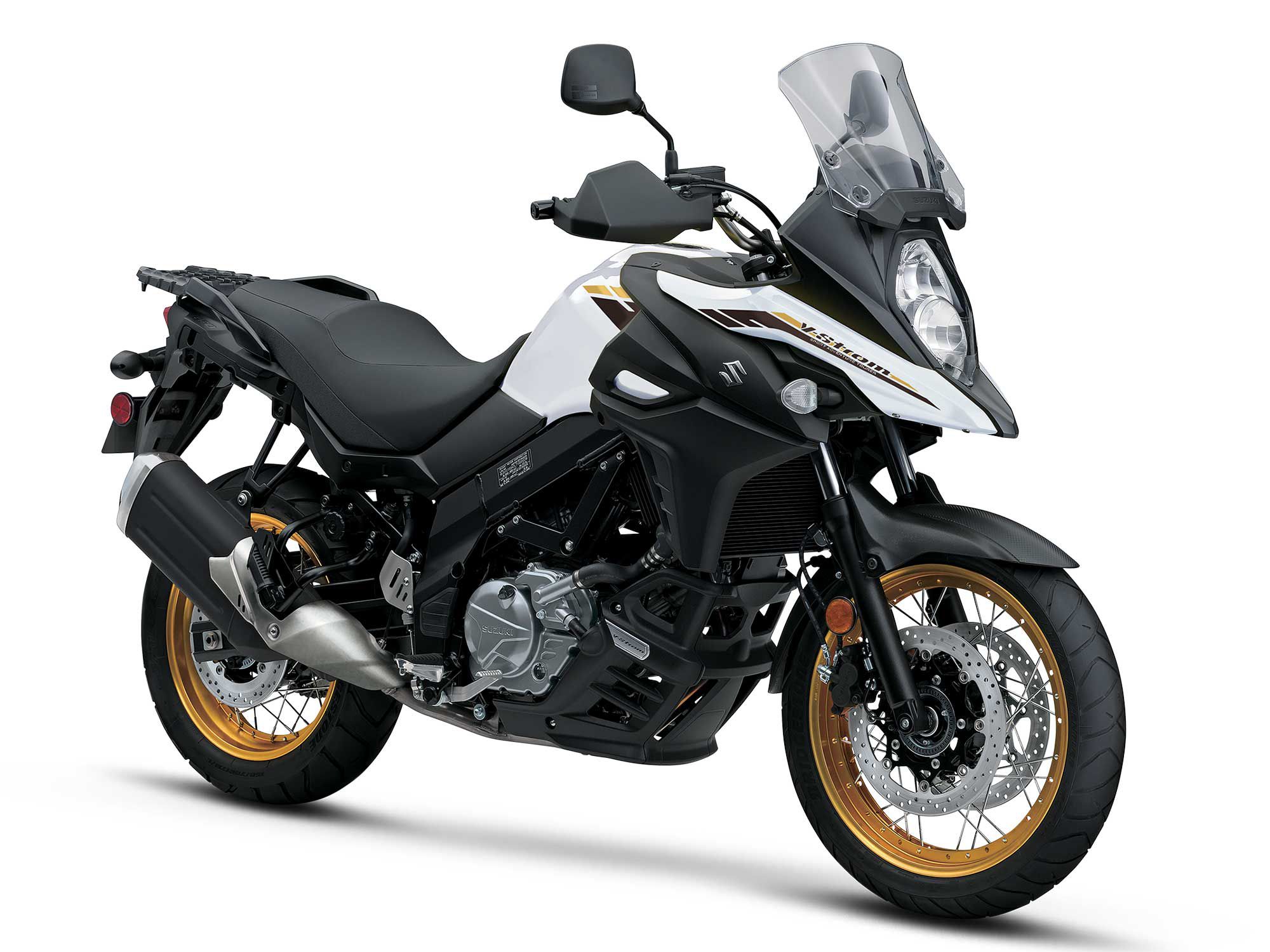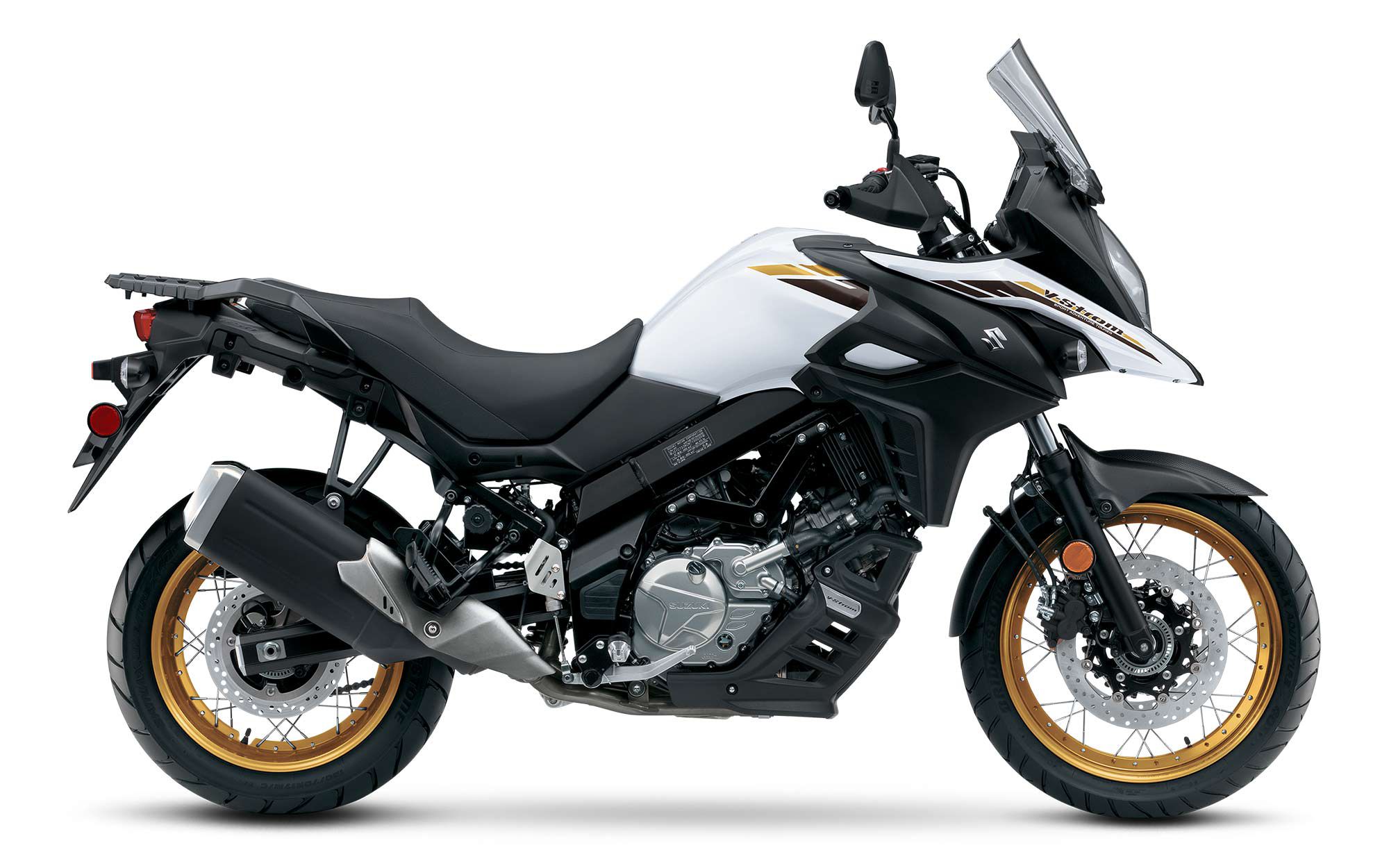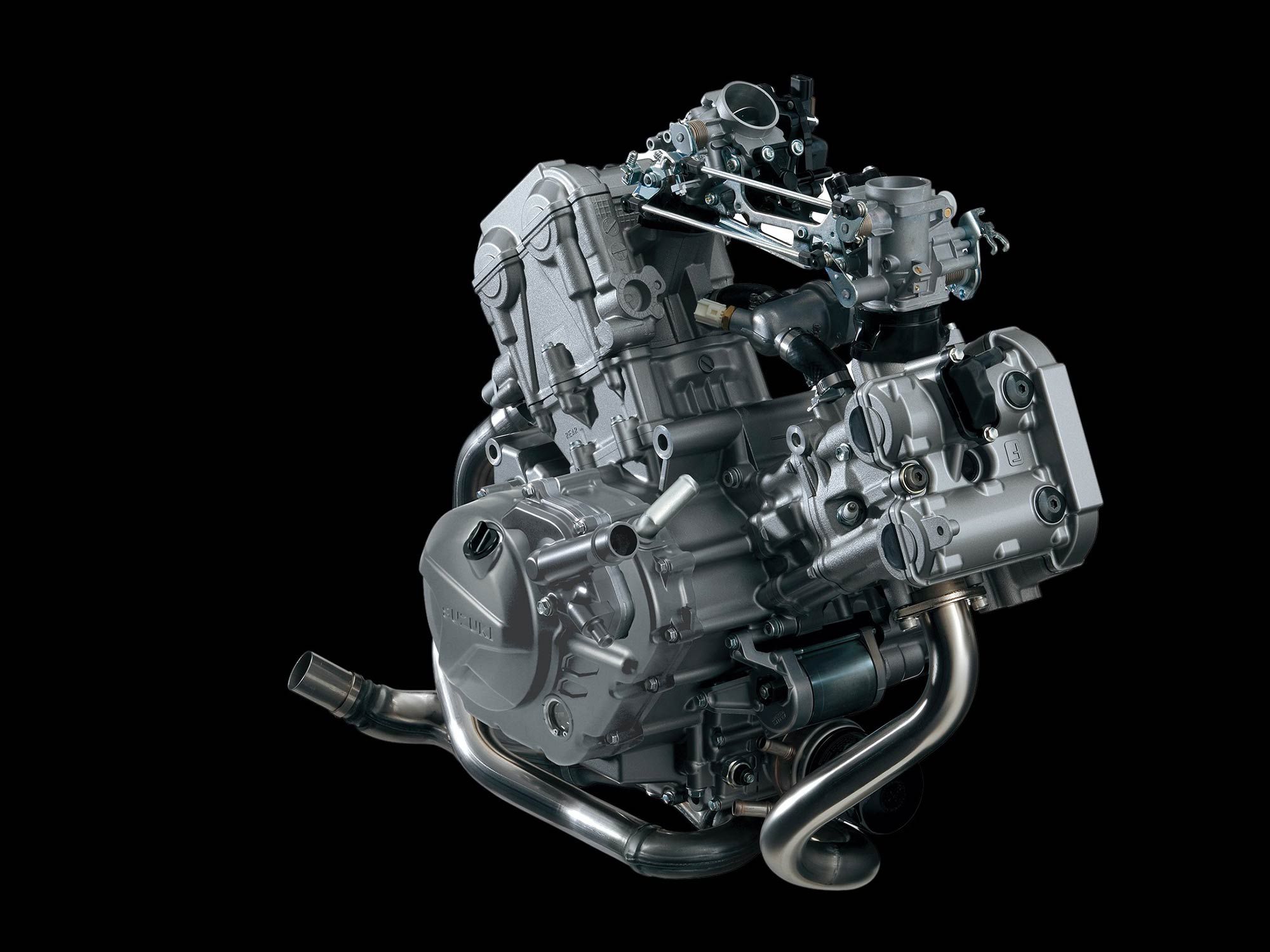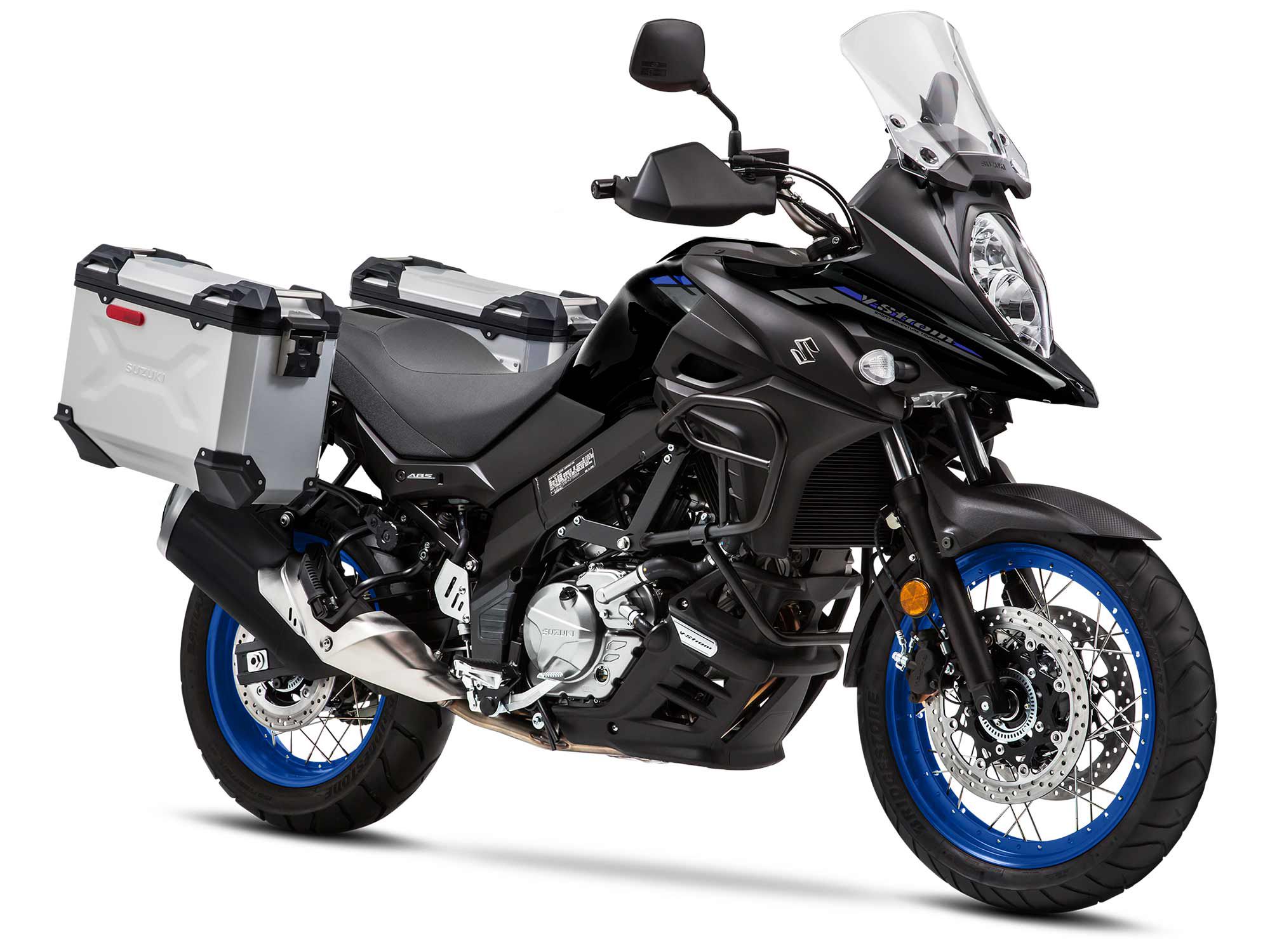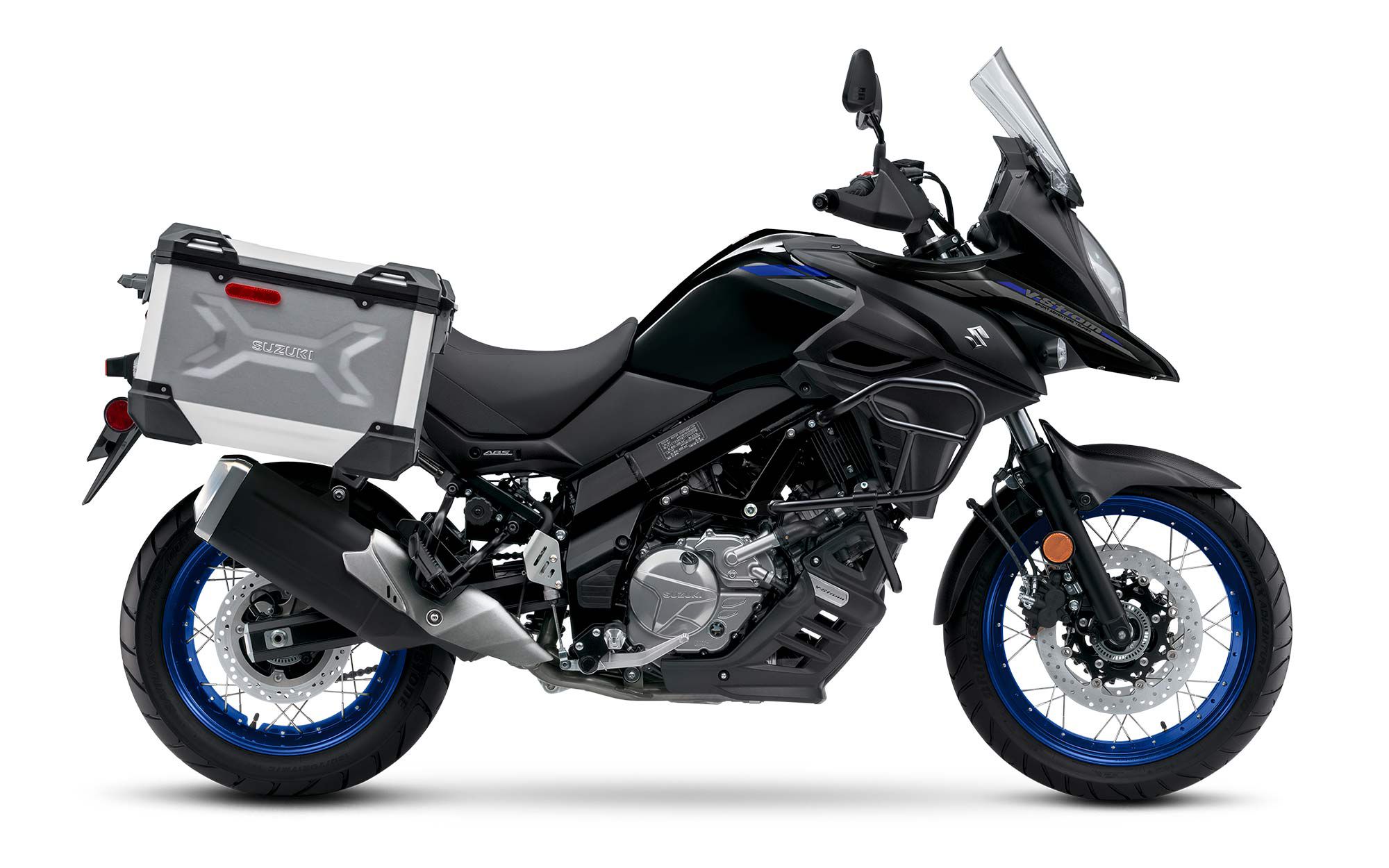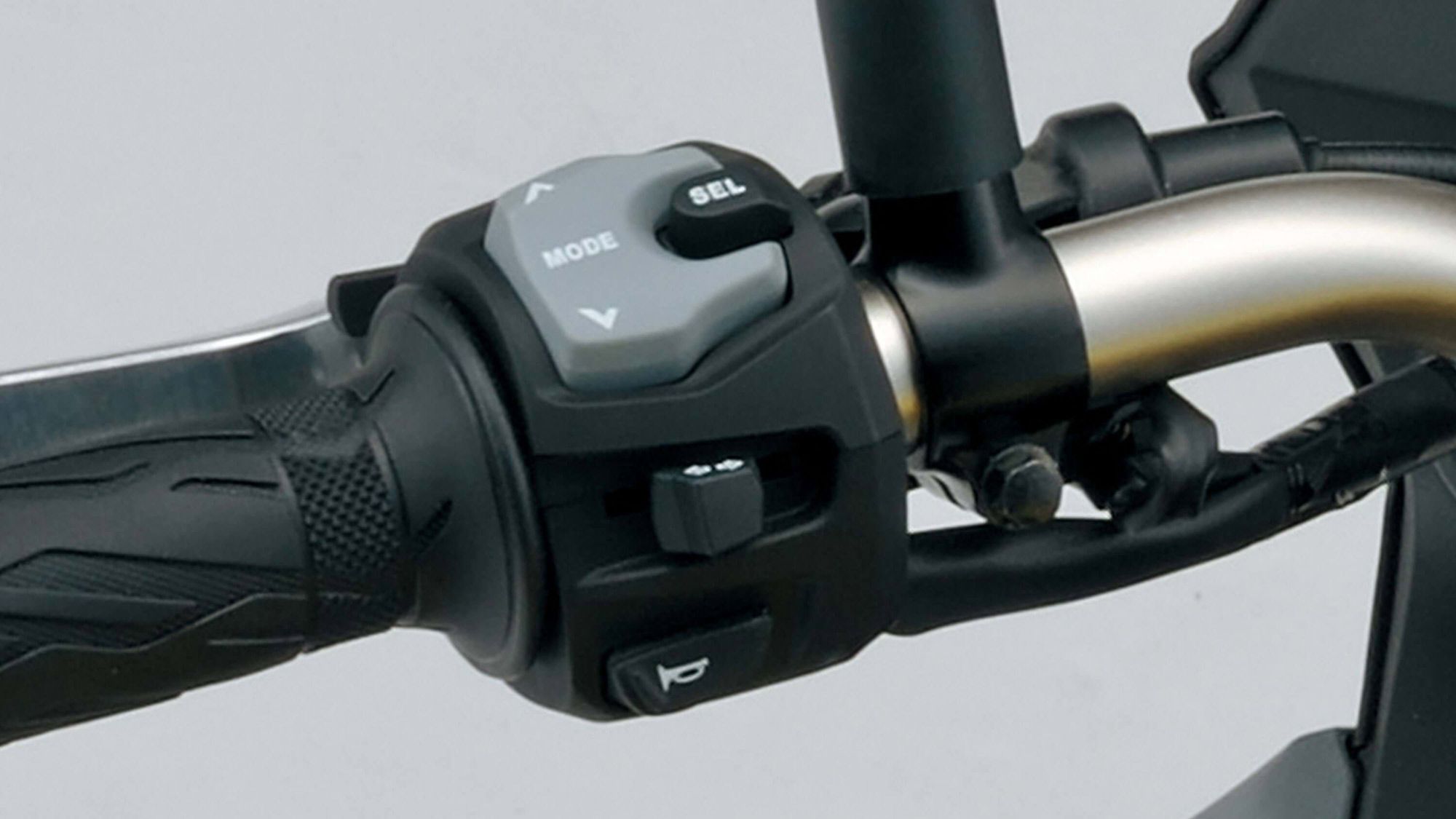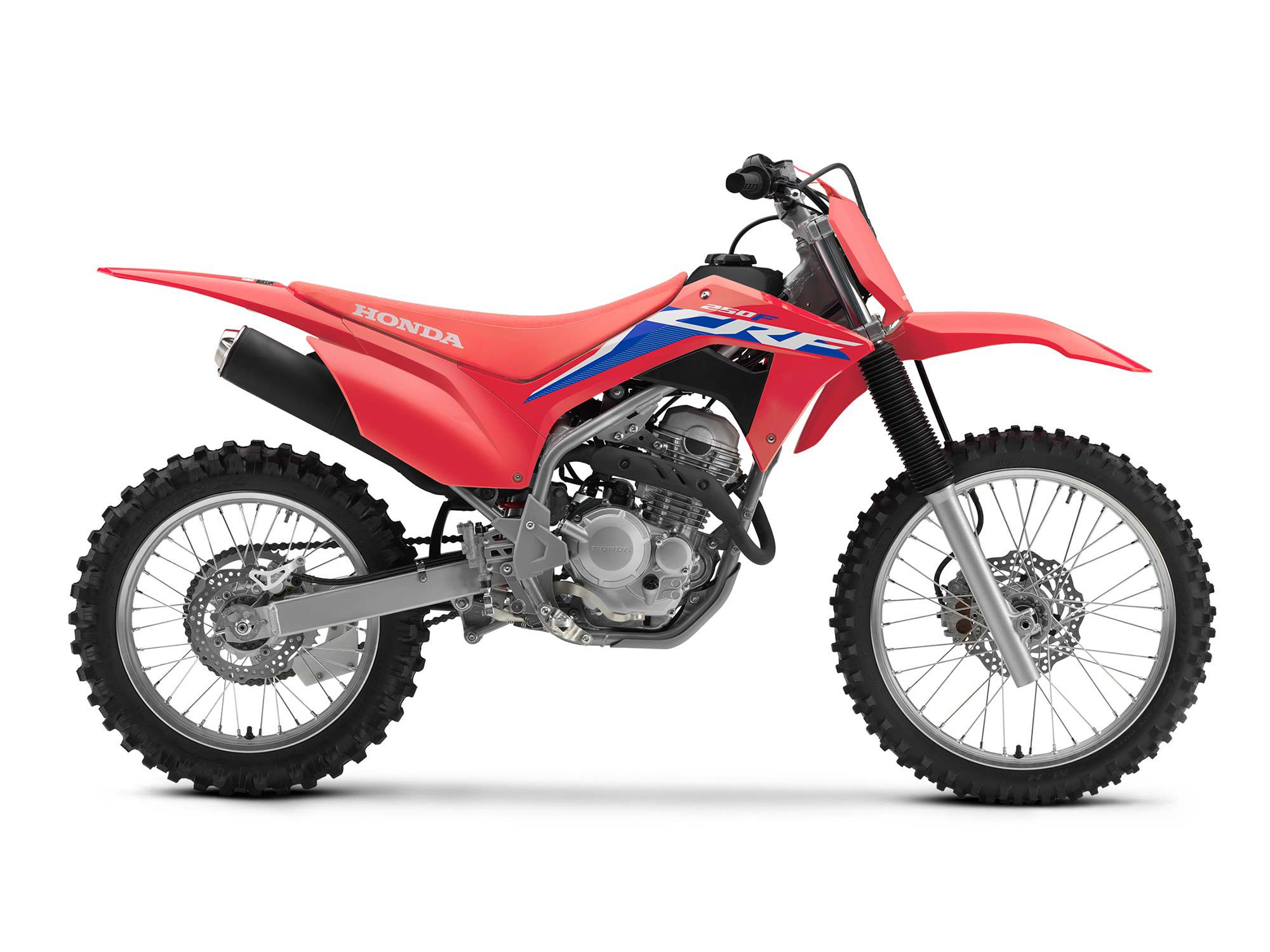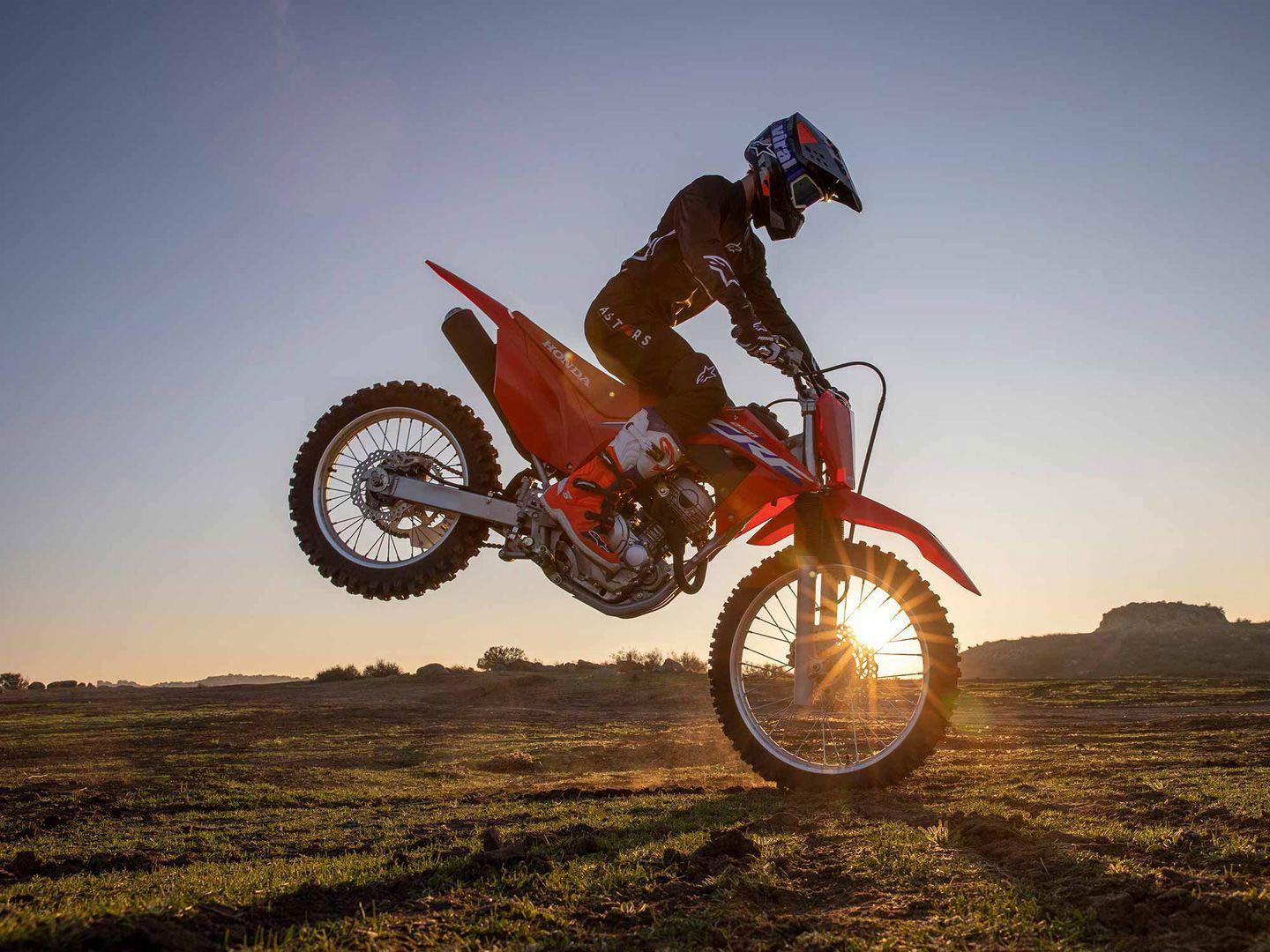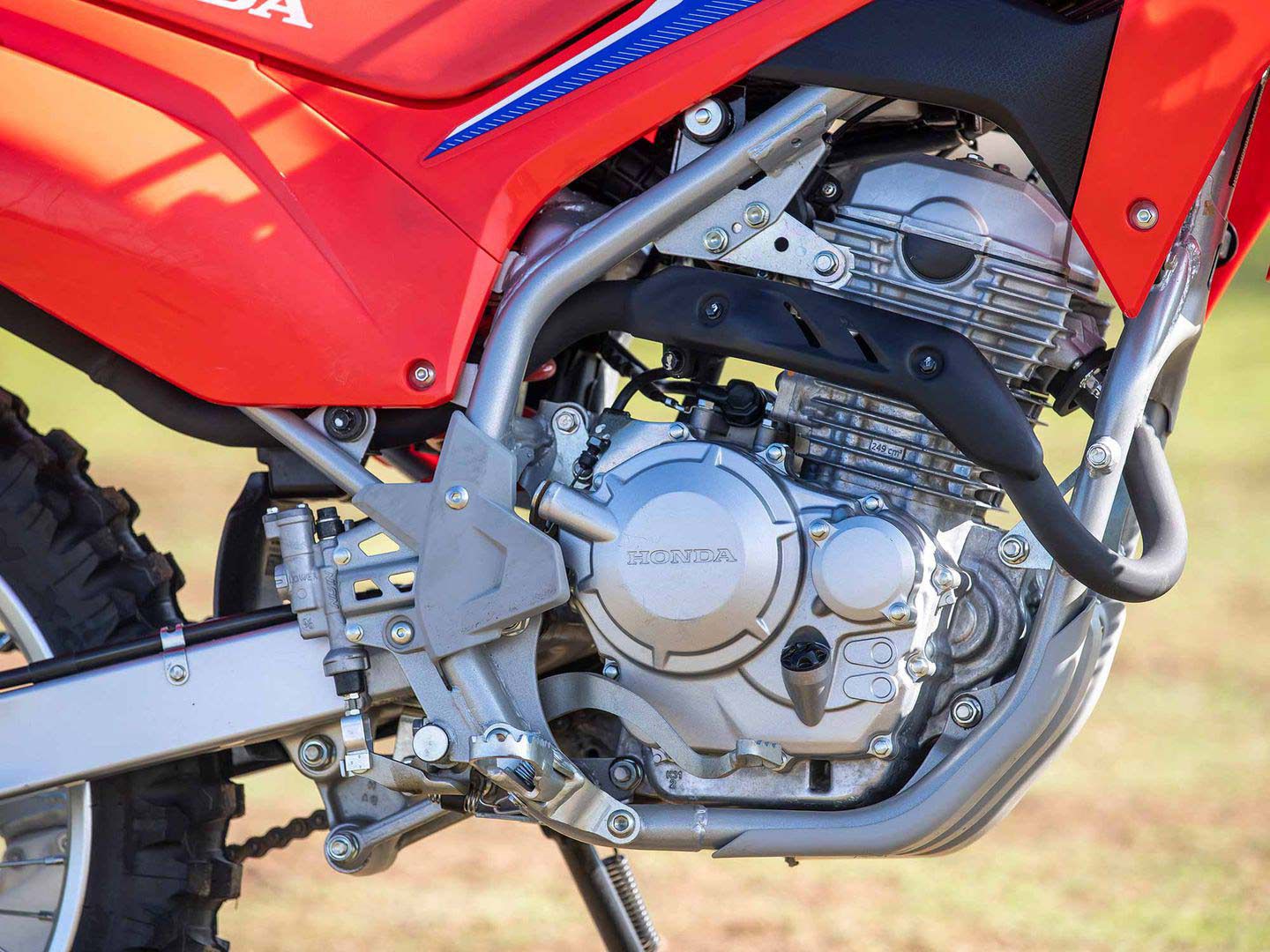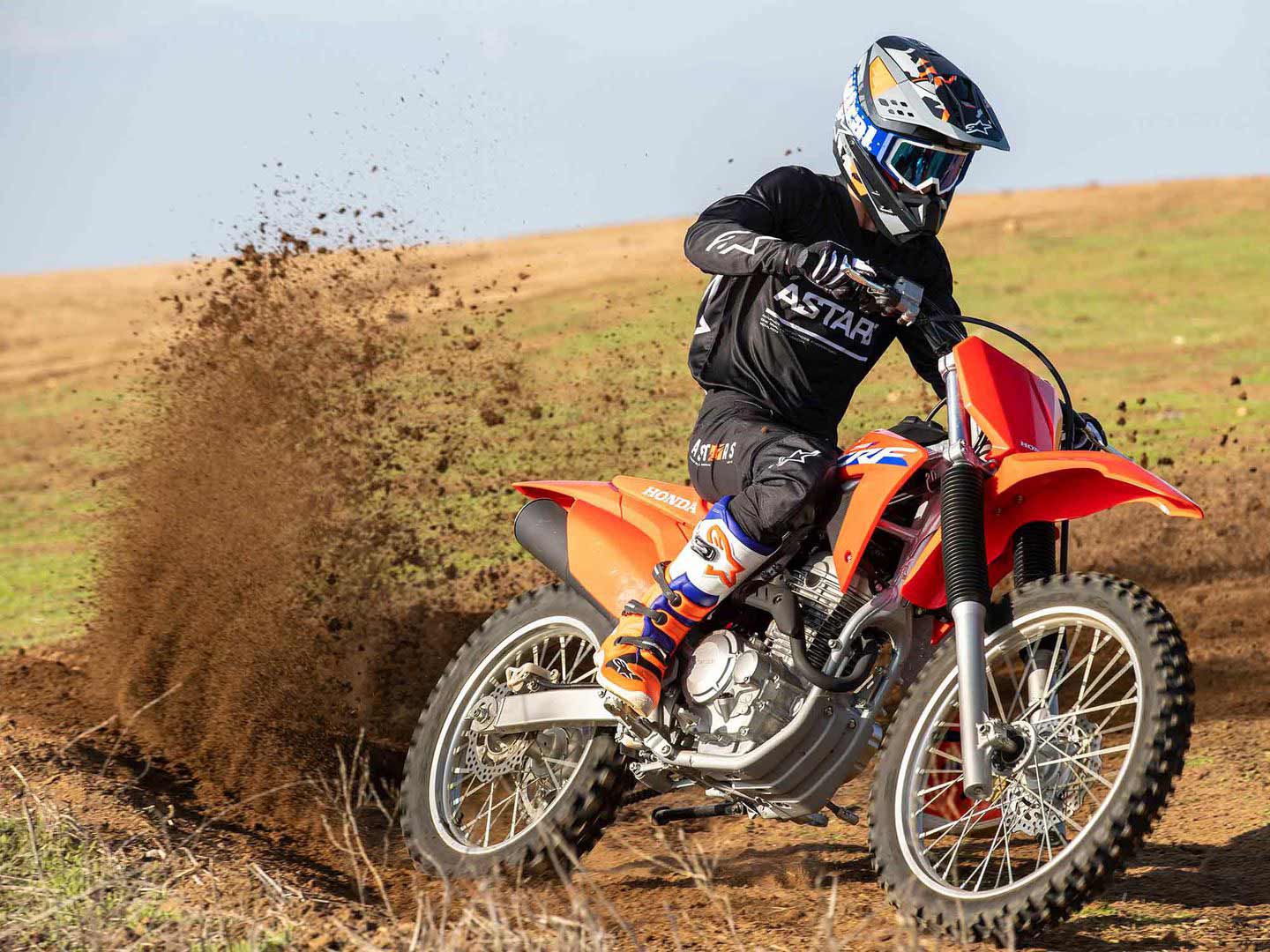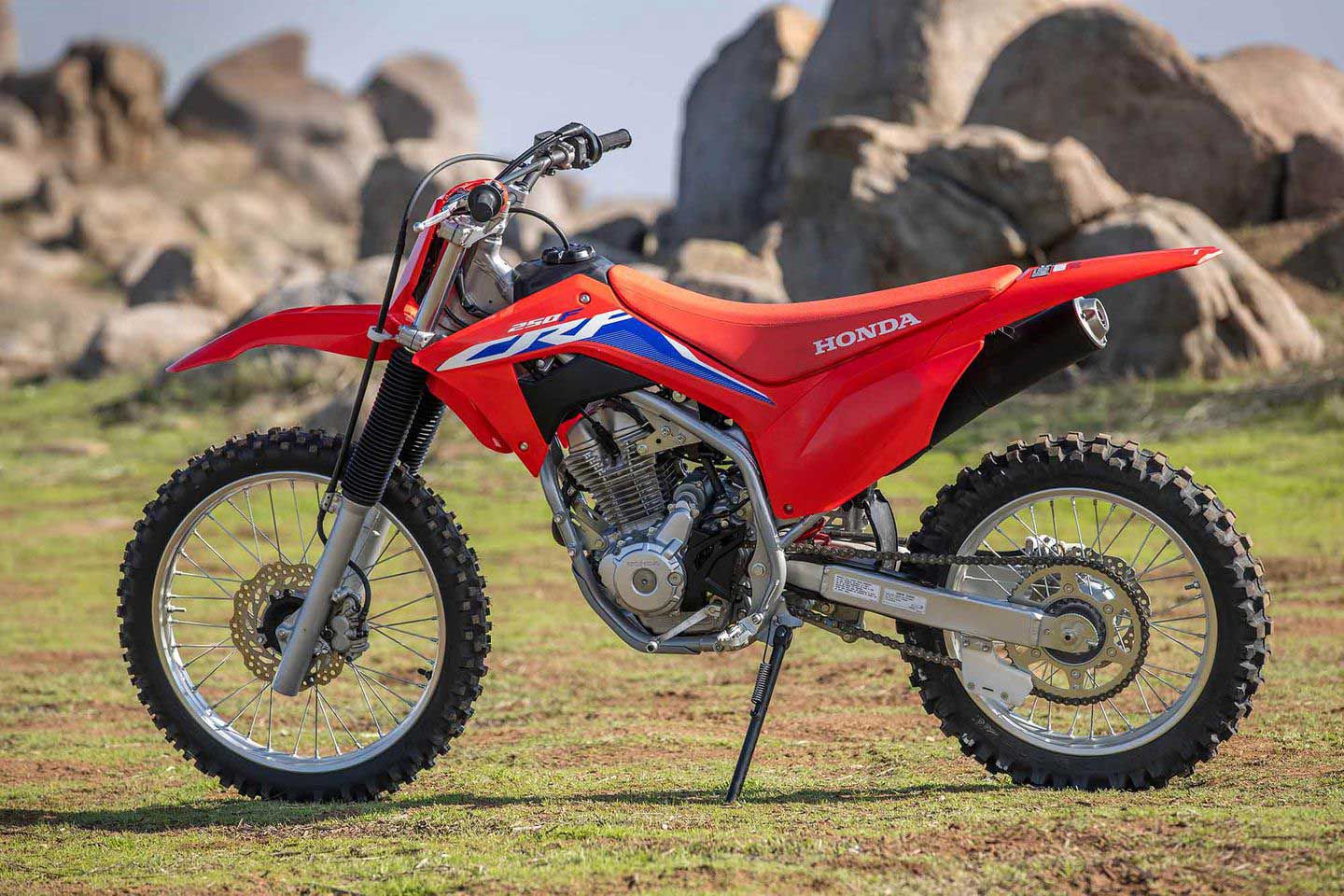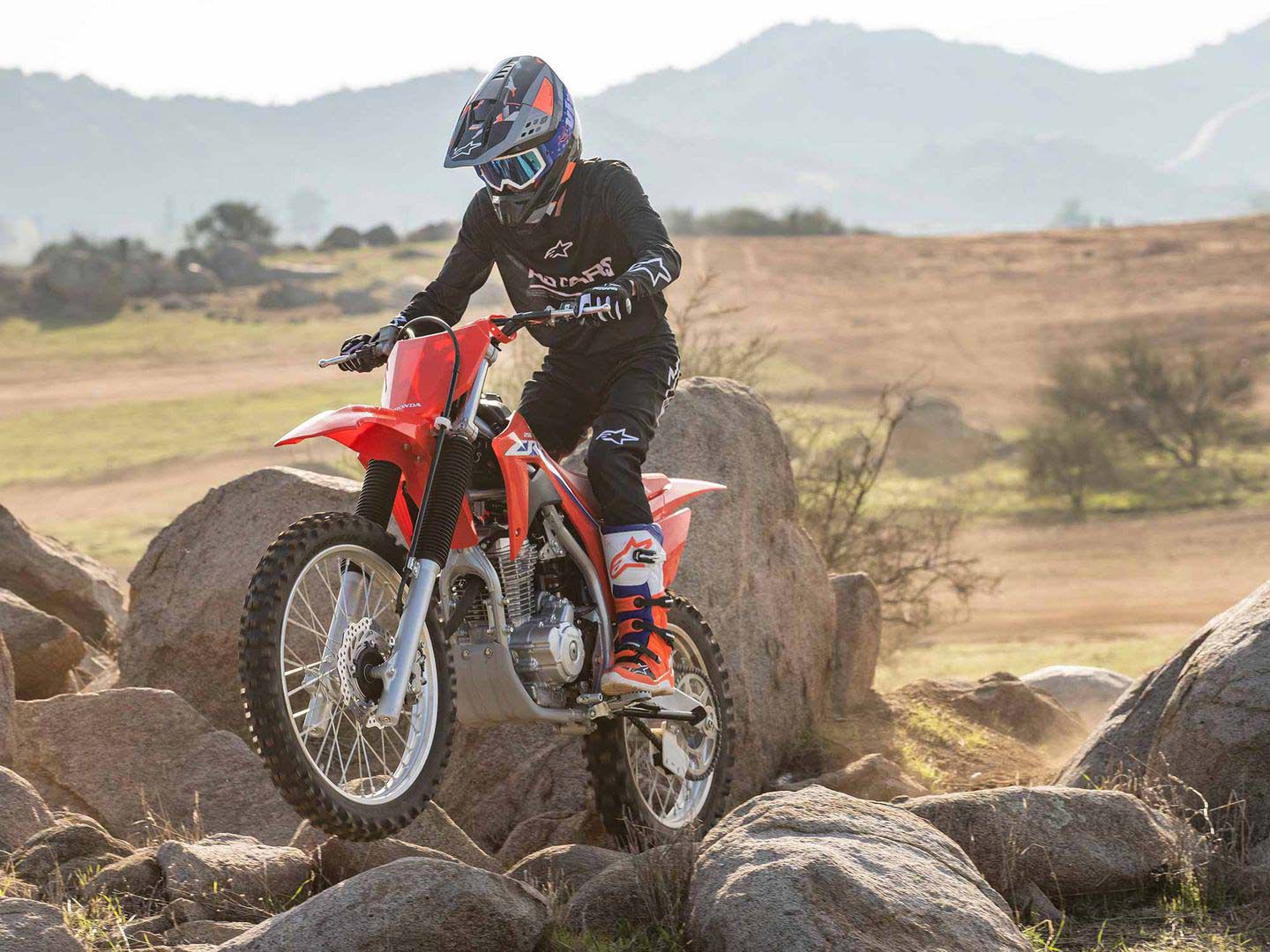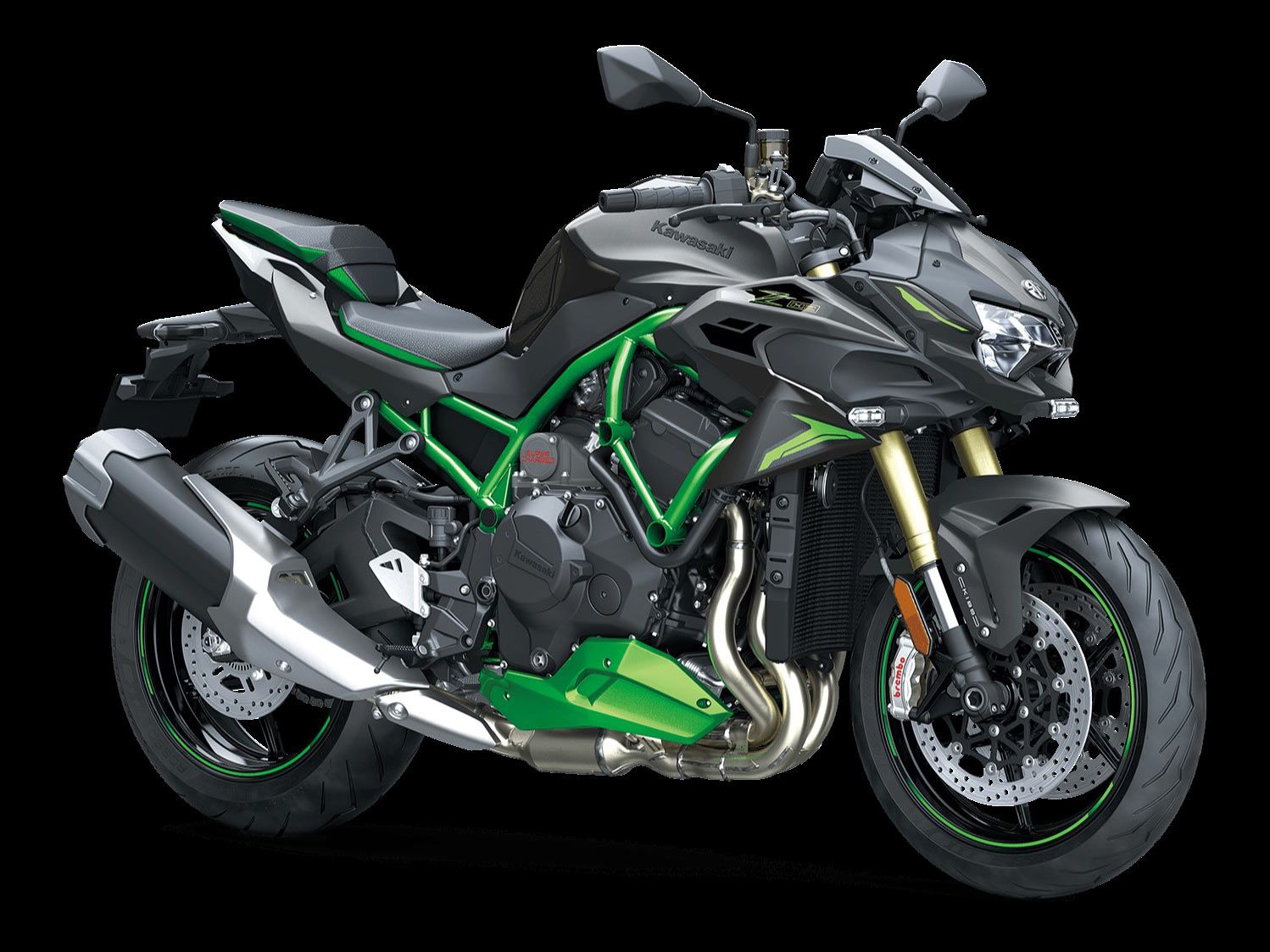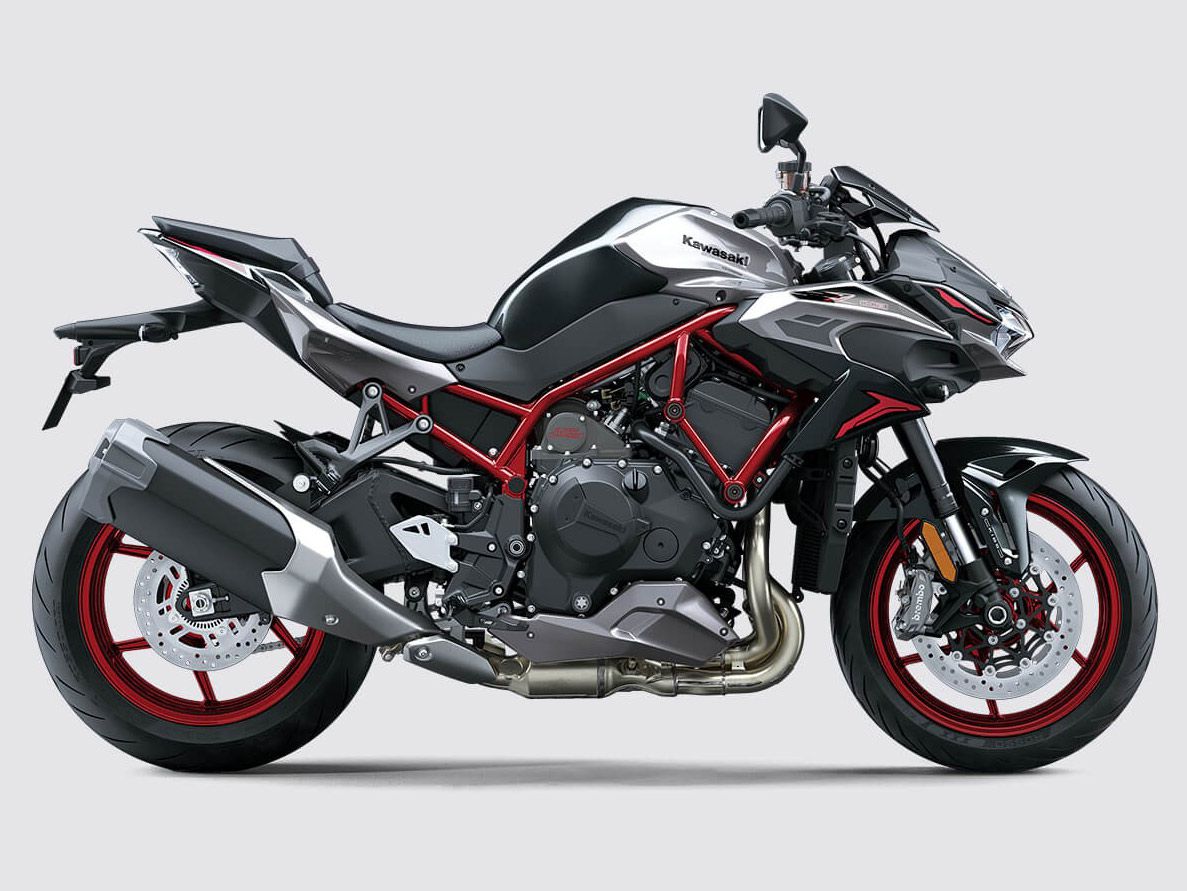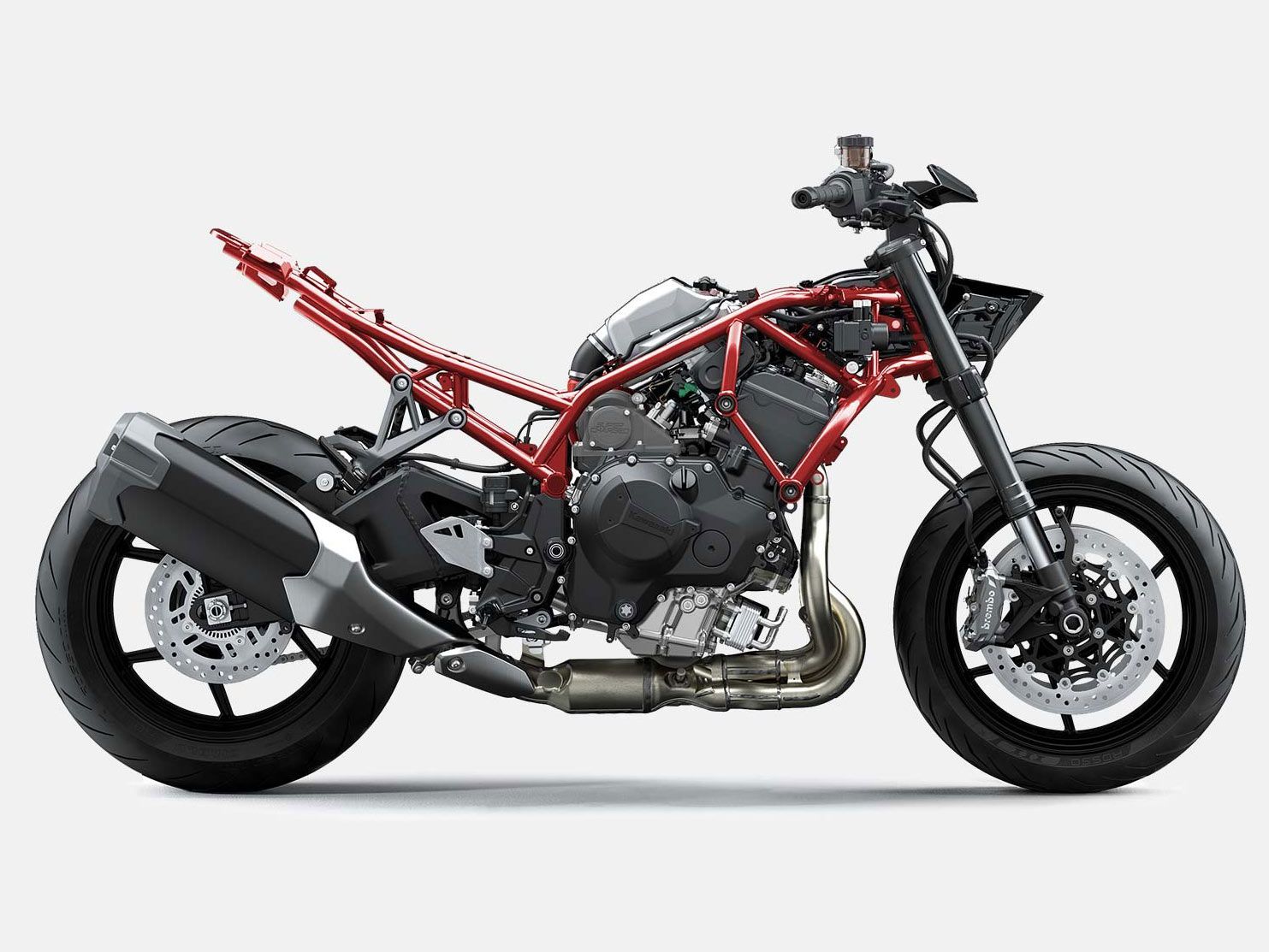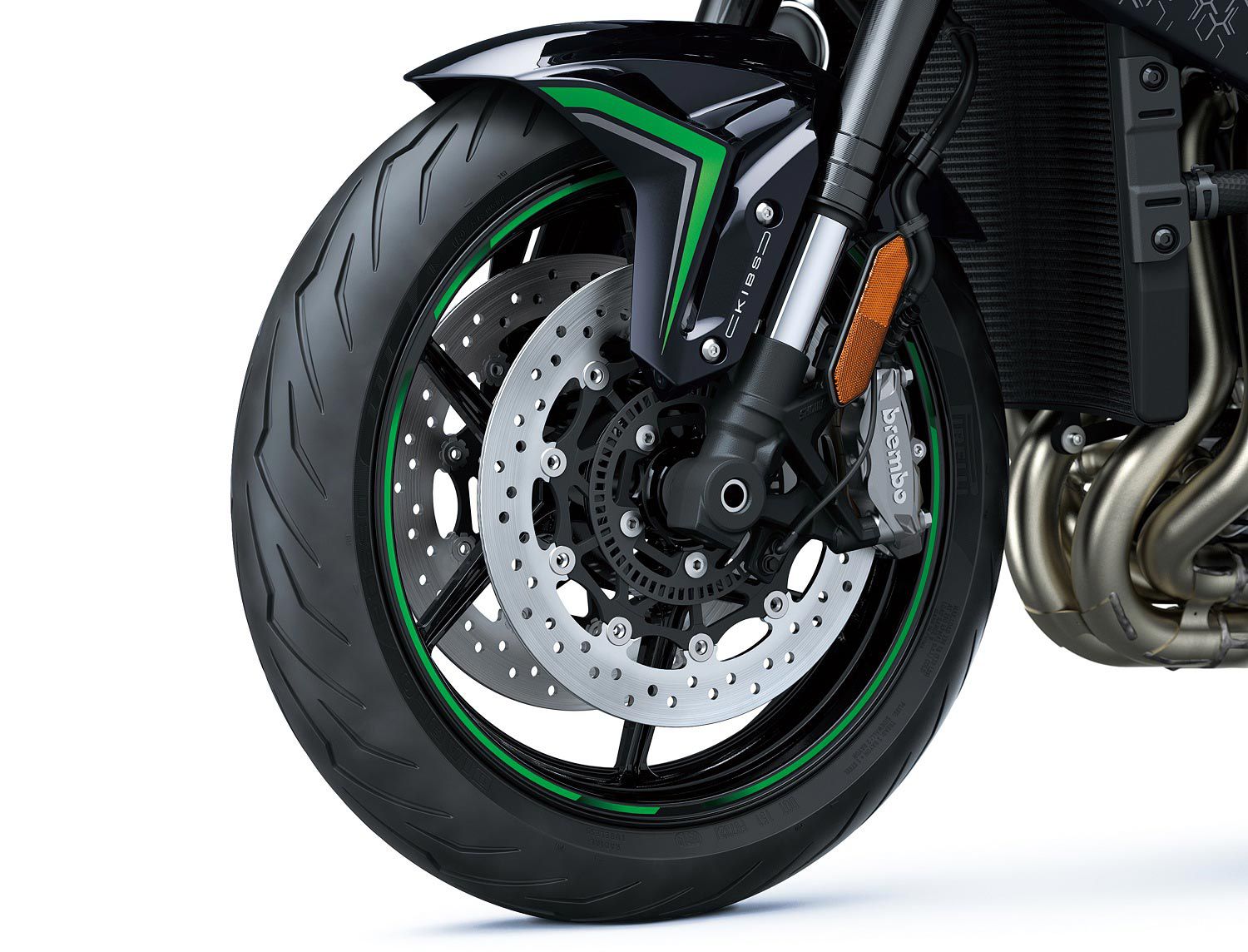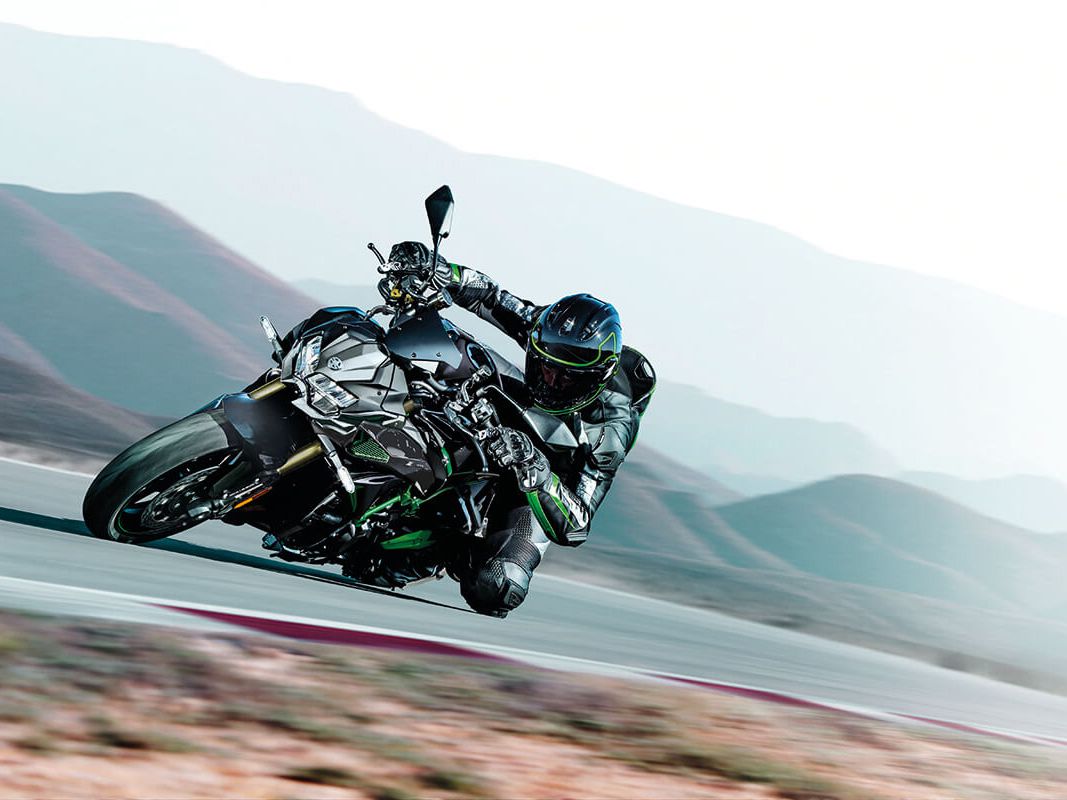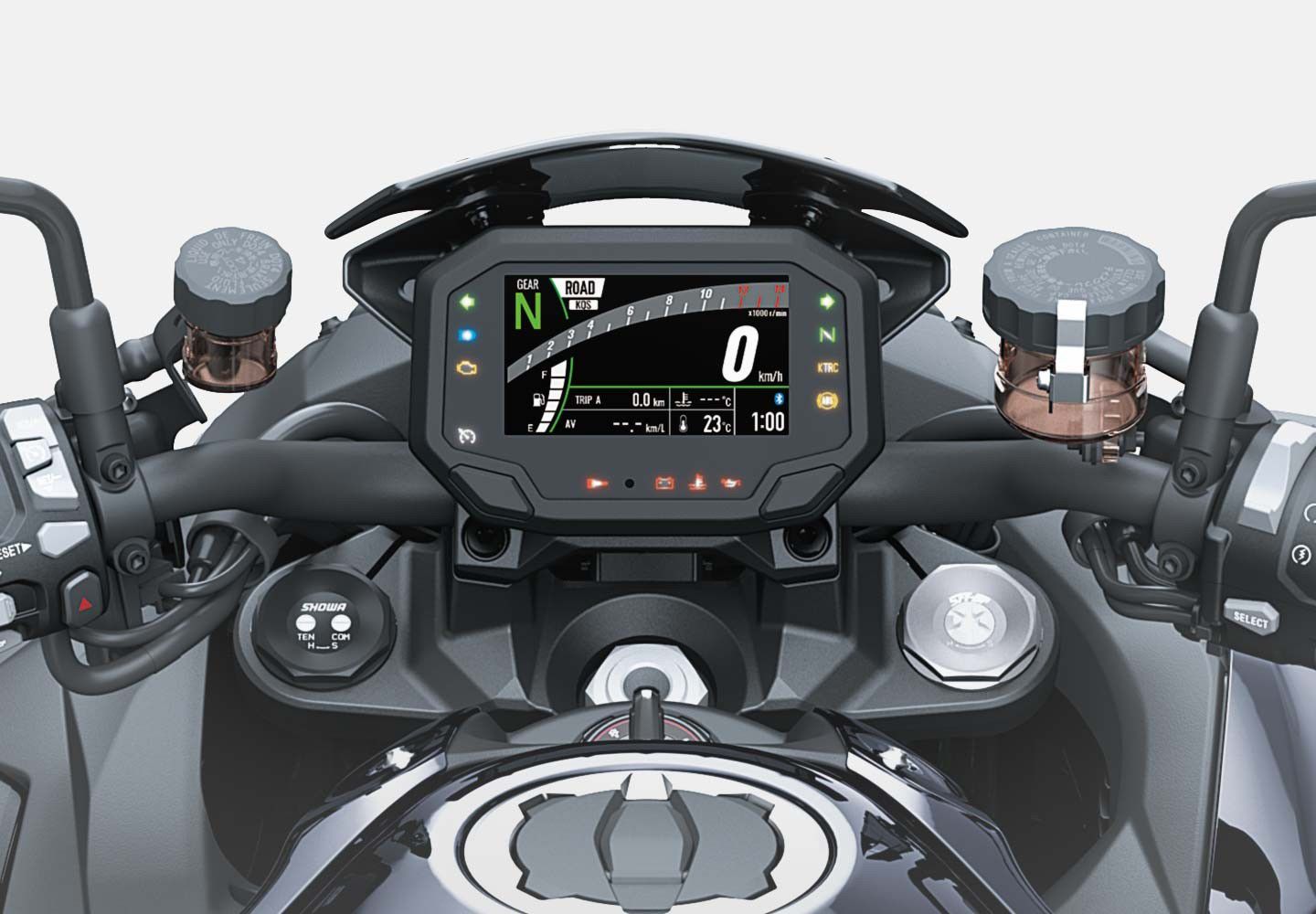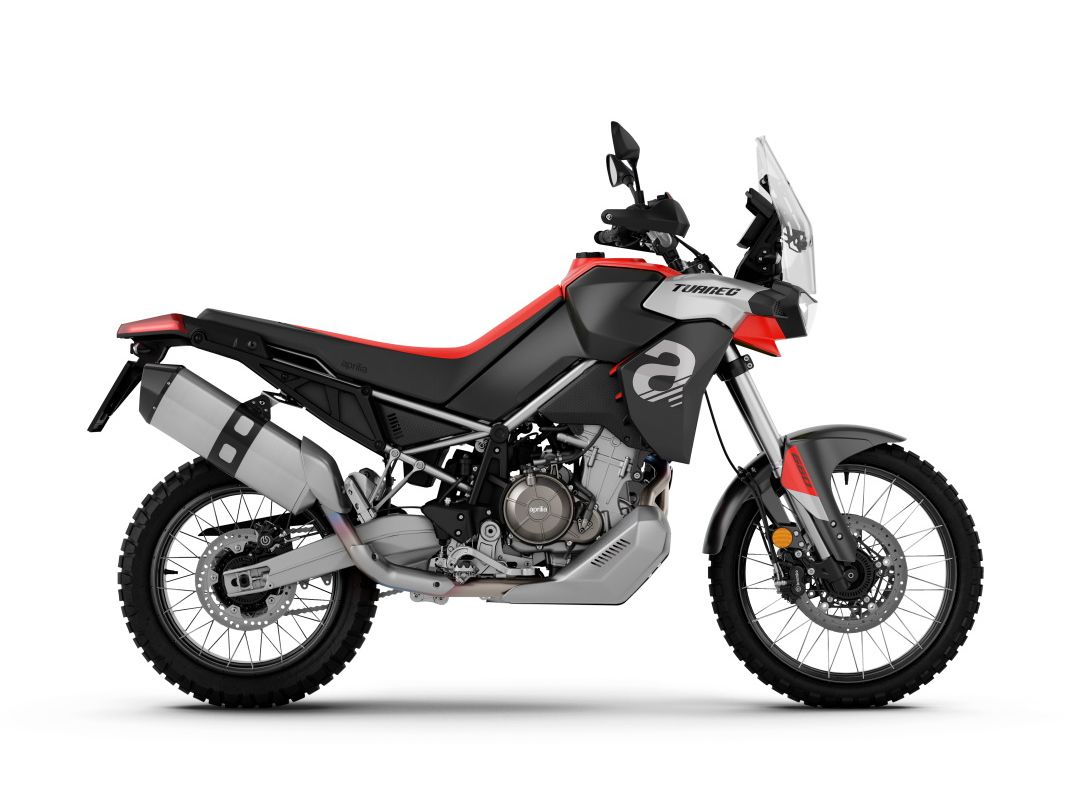
Ups
- Parallel-twin engine helps find traction where there is little
- Really fun on the asphalt too
- Predictable chassis on and off-road
Downs
- Lacks lean-sensitive TC and ABS
- Could use even shorter gearing for real off-road riding
- Aprilia Quick Shift an extra $249 option
Verdict
The Aprilia Tuareg 660 is a well-balanced and nicely appointed midsize adventure bike that’s equally at home on the asphalt or off it. Based on Aprilia’s Tuono 660 and RS 660, this ADV version completes the brand’s family of parallel twins. The comfortable, versatile Tuareg can do it all and go just about anywhere you can think to ride it.
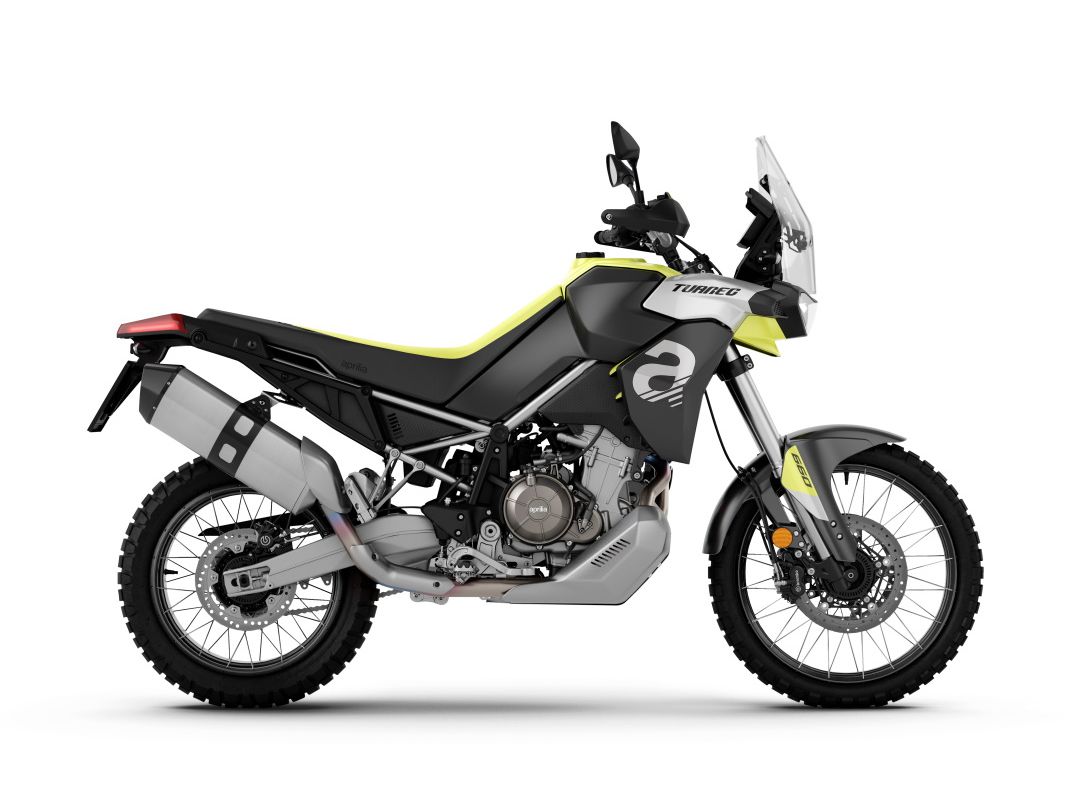
Overview
As the adventure-bike market continues to mature, it also becomes more subdivided. Middleweight ADV models are nothing new, but in recent years more and more companies have built bikes for this growing sector. A bike like Aprilia’s Tuareg 660 offers more manageable weight and power output than the 1,000cc-plus models out there. That doesn’t mean this bike is entry level; it merely means it can be friendlier and more accessible to a broader range of buyers. Newer riders and experienced vets will appreciate the Tuareg’s features.
Powered by a 659cc parallel twin that receives some tweaks compared to its Tuono and RS 660 siblings, the Tuareg’s power delivery is well suited to ADV riding, with more tractable delivery and throttle response. It also features the Aprilia Performance Ride Control (APRC) system, which provides four modes to help the rider optimize the power delivery for various road surfaces.
The chassis is up to the task of off-road exploration, with long-travel Kayaba suspension front and rear, but it’s also well suited to long days ripping curvy stretches of asphalt. Brembo brakes provide excellent stopping power, appropriate to Aprilia’s image as a sporty company. Good wind protection means that this is a bike that you can load up, hit the road, and do some serious miles on. Where will you go?
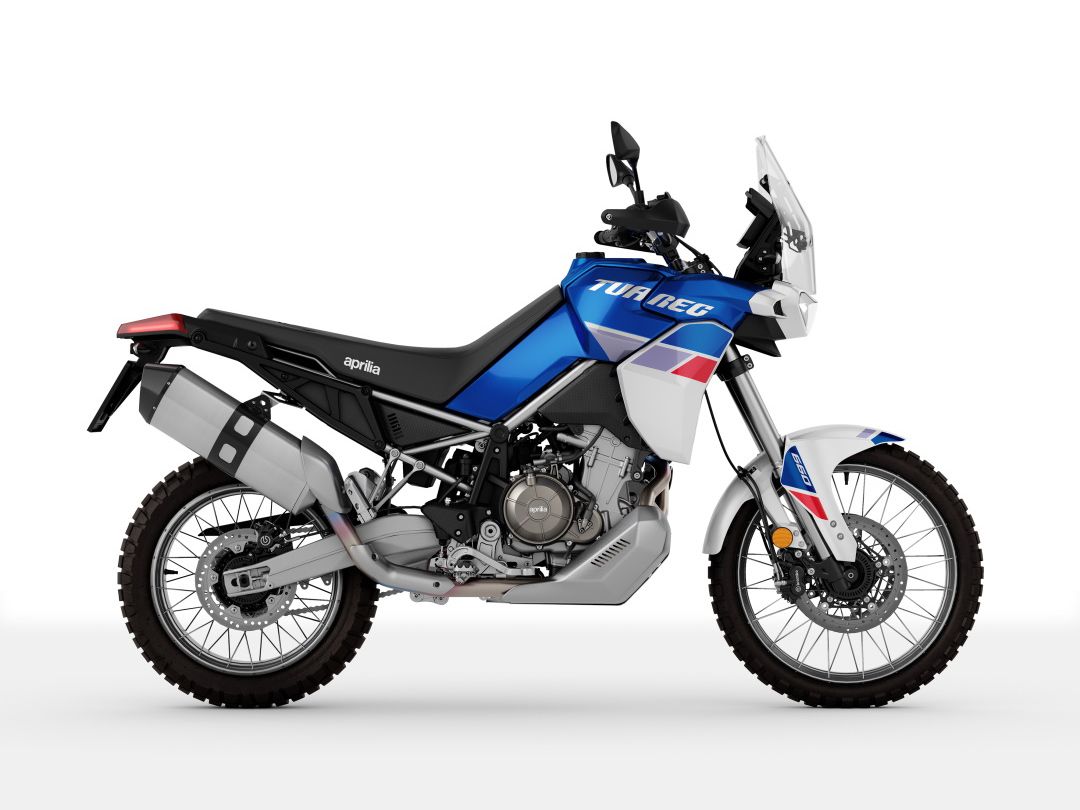
Updates for 2022
The Tuareg 660 is a brand-new model for 2022. The engine is based on Aprilia’s new family of 659cc parallel-twin-engined sportbikes like the Tuono 660 and RS 660.
Pricing and Variants
The Tuareg is available in three color options: Acid Gold and Martian Red are priced at $11,999, while the Indaco Tagelmust (blue, white, red) goes for $12,599. Notable accessories include the aforementioned quickshifter ($249.95), aluminum side bags ($1,399.95), top box ($769.95), top-box rack ($549.95), low saddle ($249.95), heated grips ($269.95), and there are tons more options.
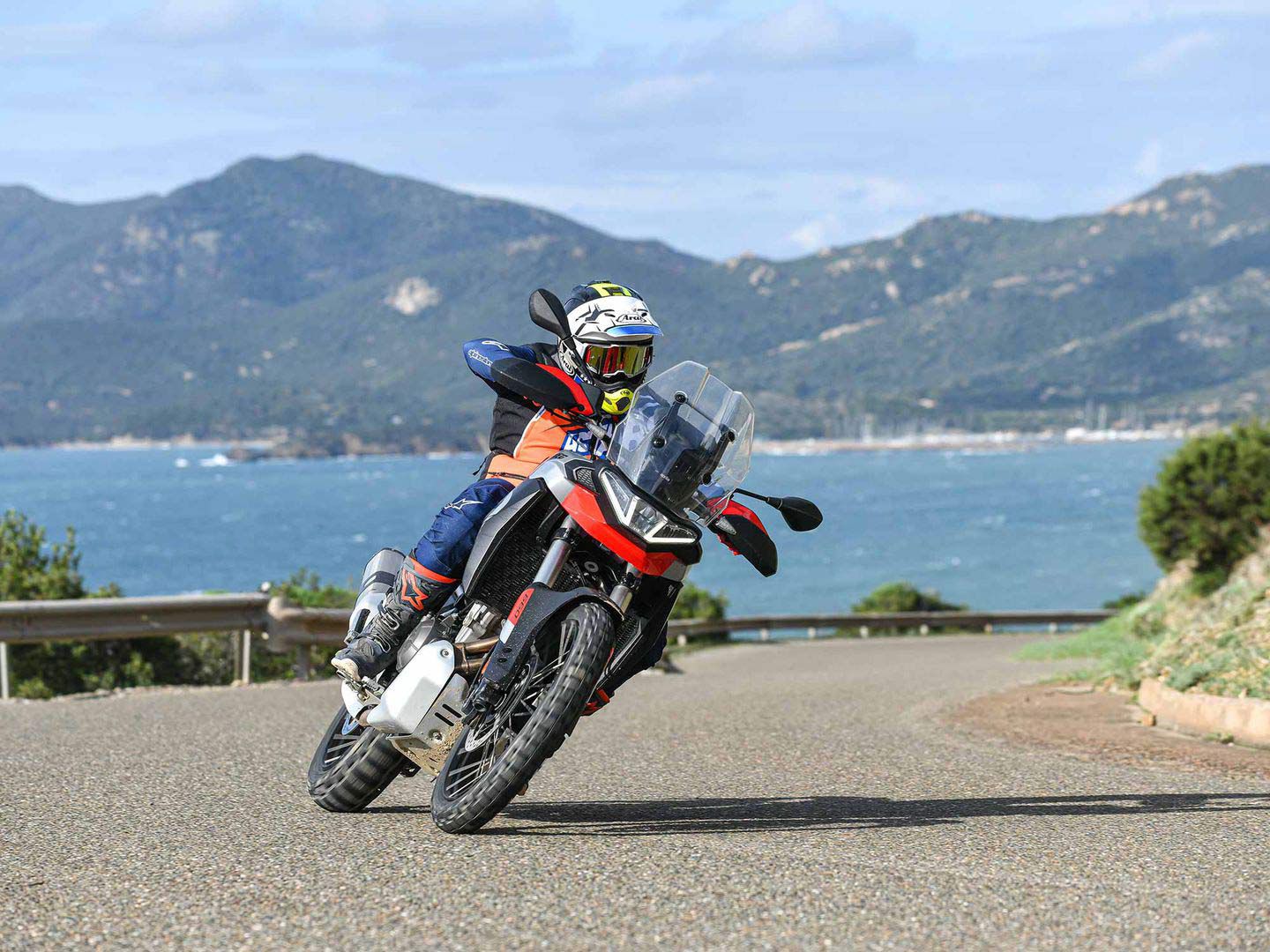
Competition
The adventure-touring class is packed to the rafters with motorcycles designed to help riders explore without having to worry about excess heft. True, engine configurations are all over the map from single-cylinder, to V-twins, triples, and parallel twins, but there are choices at every price range.
The biggest competition for the Tuareg 660 remains the Yamaha Ténéré 700, KTM 890 Adventure R, BMW F 850 GS Adventure/850 GS, Husqvarna Norden 901, Triumph Tiger 900 models, and the Ducati Desert X.
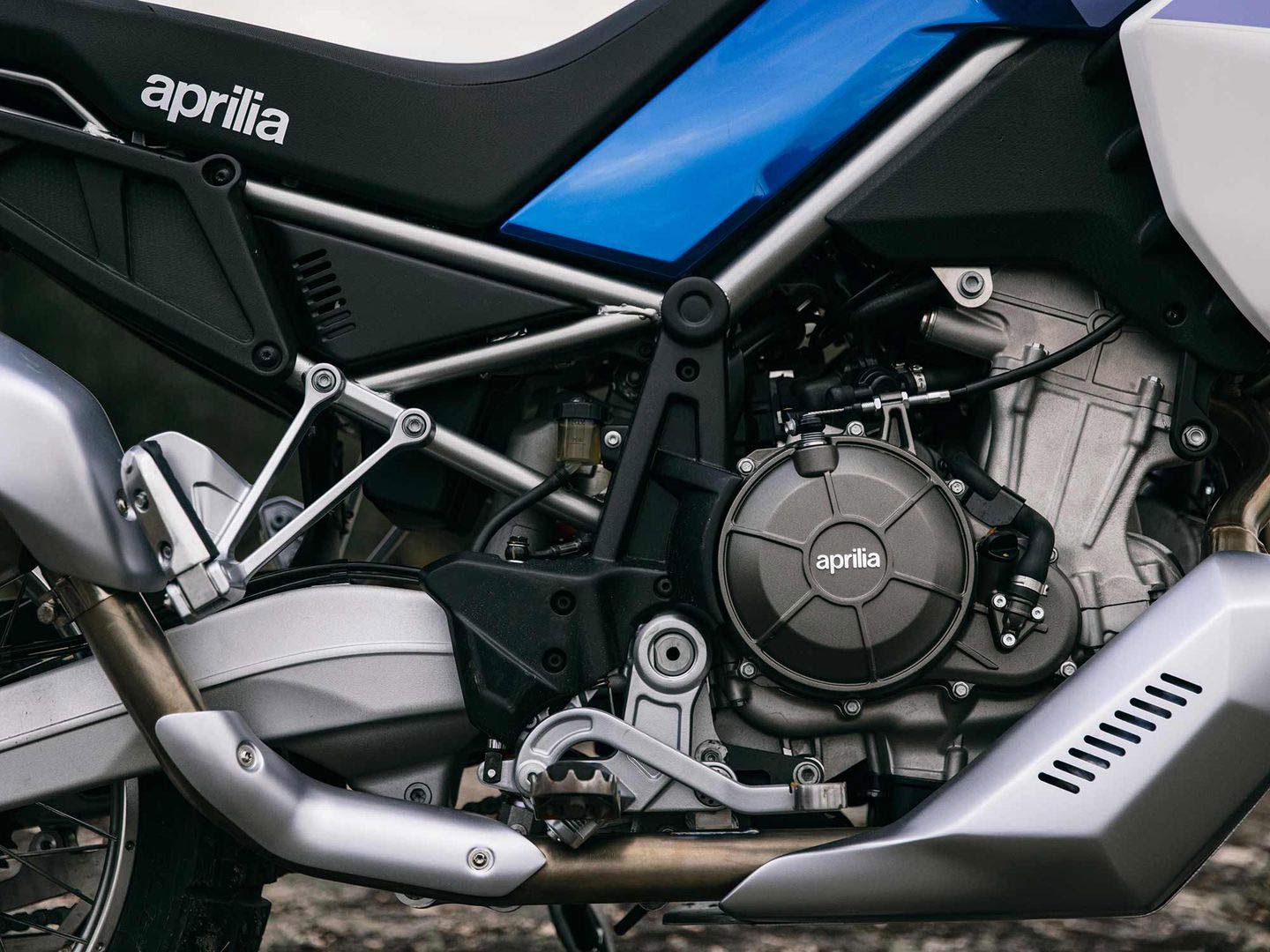
Powertrain: Engine, Transmission, and Performance
The Tuareg is powered by the same 659cc parallel twin that powers the RS 660 sportbike and Tuono 660 naked, but there are key differences. For instance, model-specific camshafts decrease lift and duration, tailoring the bike’s torque and power delivery for adventure riding. Aprilia claims 52 lb.-ft. of torque and 80 hp, both peaks coming lower in the rpm range than the company’s sporting street models. Aprilia also says 75 percent of that torque arrives below 3,000 rpm and 90 percent below 5,500 rpm.
The connection between throttle and rear tire is linear and easy to control, though in testing, Cycle World still felt there was room for more bottom-end grunt. “I feel a larger rear sprocket might be in order if you aim to spend most of your time in the dirt,” Justin Dawes said after spending a full day in the saddle.
Four ride modes are offered by the Aprilia Performance Ride Control (APRC) system: Urban, Explore, Off-road, and Individual. Each gets all 80 ponies, but throttle response is varied. Urban is the most muted, followed by Explorer; Off-road has the most aggressive response. Traction control can be quickly adjusted through four levels within each of those modes; engine-braking is adjustable as well.
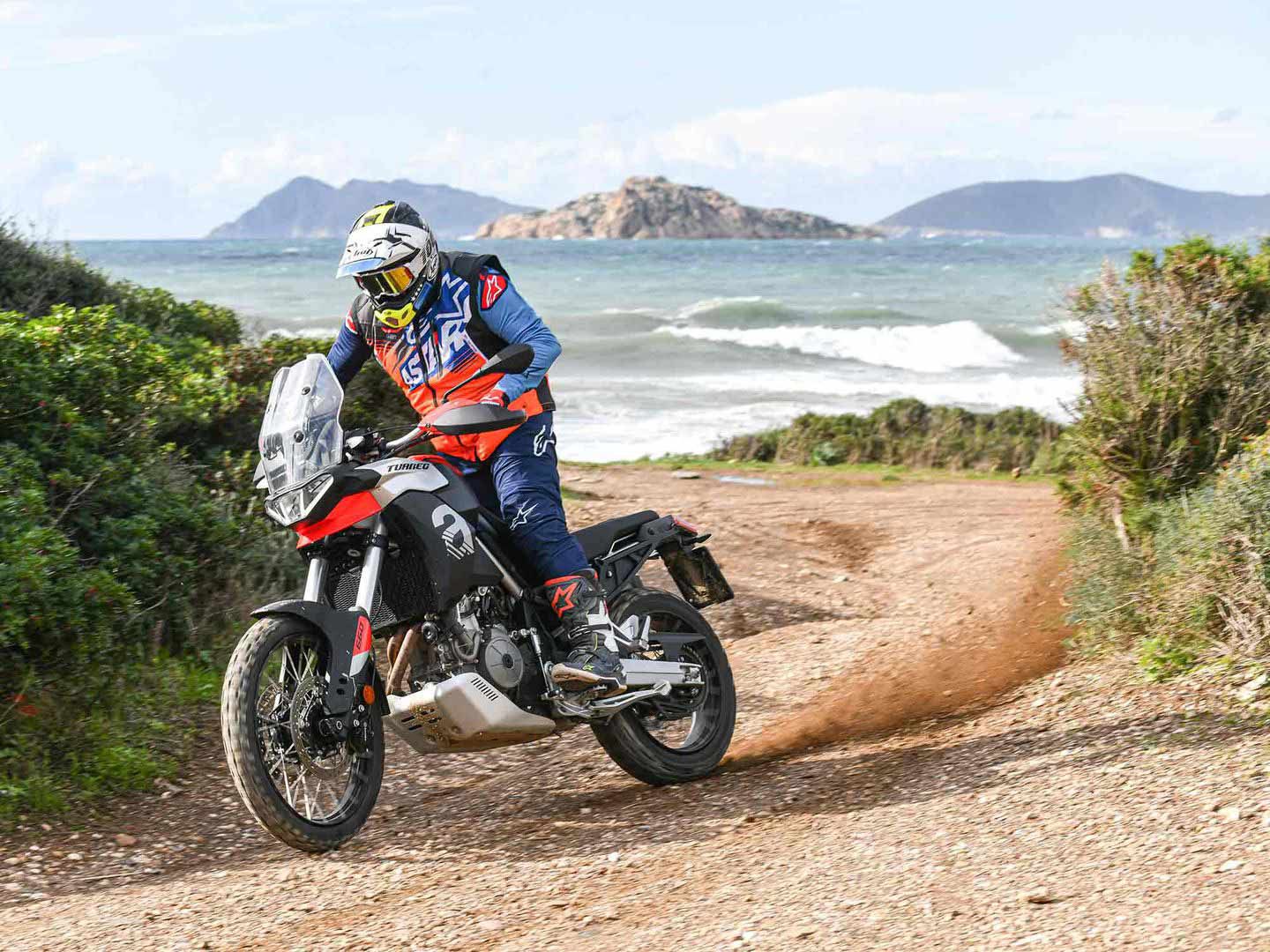
Handling
The Tuareg’s chassis is impressive in every situation. “Dual-rate springs in the 43mm fork and a progressive linkage attached to rear shock offer a nicely balanced ride in small chop and bumps at any speed, but there is plenty of holdup when you blast it into a corner hard,” Dawes said. “And it can corner hard, especially when a rider sits down in the corner.”
Motocross-inspired cut-and-thrust maneuvers are possible as the 660 squares off the turns amazingly well while sitting down. Standing up it also smashes a predictable line, despite the moderately aggressive Pirelli Scorpion Rally STR tires constantly searching for traction.
“On-road performance is just as impressive if not more than the Tuareg 660′s off-road capability,” Dawes said.
Brakes
The braking package includes Brembo four-piston calipers biting dual 300mm discs up front and a Brembo single-piston caliper/260mm disc out back.
Lever response and feel from the front brake is excellent in the dirt and merely great on the street. The rear brake is a little vague in the dirt, but has good street feel.
Fuel Economy and Real-World MPG
Real-world MPG is currently not available for the Tuareg, but will be listed as additional testing is completed.
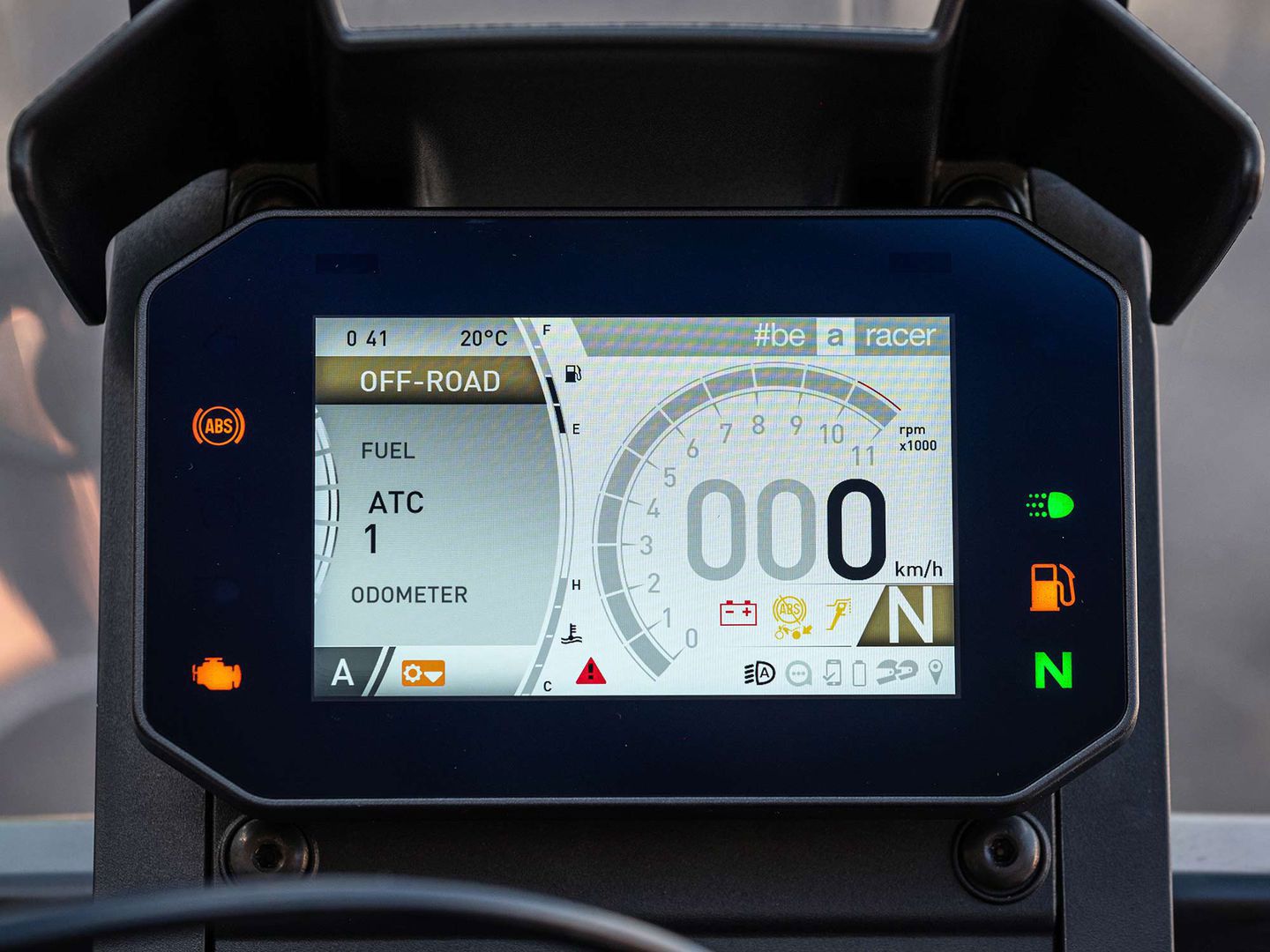
Ergonomics: Comfort and Utility
A narrow seat makes reaching the ground easy despite the seat’s 33.9-inch height. “The seat shape is great, but when off-road and sitting I did find the hard plastic edges of the seat pan more than a few times,” Dawes said after a full day of riding. “The rest of the ergonomics fit my 5-foot-10 frame well.”
Air management from the nonadjustable windscreen is great, flowing air right over the rider’s head at highway speeds.
Electronics
The Tuareg 660 has four ride modes offered by the Aprilia Performance Ride Control (APRC) system: Urban, Explore, Off-road, and Individual. Additionally, there are four levels of traction control; the adjustable ABS can be turned off completely if so desired. Last but not least are settings for engine-braking. The dash features a TFT display with warning lights around the perimeter, while LED headlights light up the road.
Warranty and Maintenance Coverage
Aprilia offers a standard 24-month warranty that can be extended an additional 12 or 24 months.
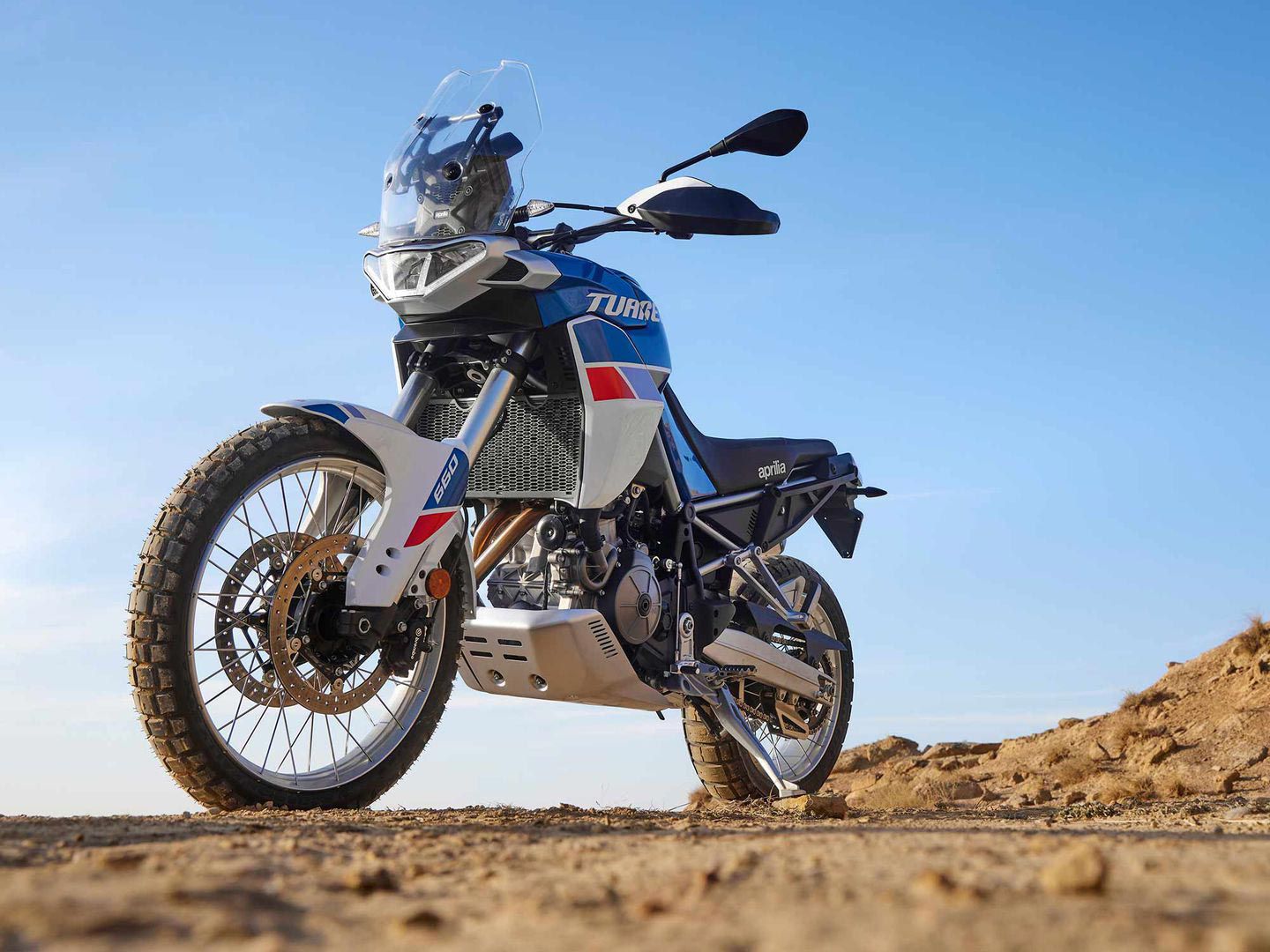
Quality
Fit and finish on the Tuareg 660 is quite good, while the $11,999 base price is great for a bike with this many top-notch features.
2022 Aprilia Tuareg 660 Claimed Specifications
| MSRP: | $11,999 |
|---|---|
| Engine: | 659cc, DOHC, liquid-cooled parallel twin; 8 valves |
| Bore x Stroke: | 81.0 x 63.9mm |
| Transmission/Final Drive: | 6-speed/chain |
| Fuel Delivery: | Electronic fuel injection w/ 48mm throttle bodies; ride-by-wire |
| Clutch: | Wet, multiple disc, slipper function |
| Engine Management/Ignition: | Electronic |
| Frame: | Double cradle steel frame |
| Front Suspension: | 43mm Kayaba USD fork, fully adjustable; 9.4 in. travel |
| Rear Suspension: | Kayaba shock, fully adjustable; 9.4 in. travel |
| Front Brake: | Brembo 4-piston caliper, dual 300mm discs w/ ABS |
| Rear Brake: | Brembo 1-piston caliper, 260mm disc w/ ABS |
| Wheels, Front/Rear: | Spoked wheels w/ aluminum rims, 21 x 2.15 in. / 18 x 4.25 in. |
| Tires, Front/Rear: | Tubeless; 90/90-21 / 150/70R-18 |
| Rake/Trail: | 26.7°/4.5 in. |
| Wheelbase: | 60.0 in. |
| Ground Clearance: | N/A |
| Seat Height: | 33.9 in. |
| Fuel Capacity: | 4.8 gal. |
| Wet Weight: | 450 lb. |
| Contact: | aprilia.com |
Source: MotorCyclistOnline.com

